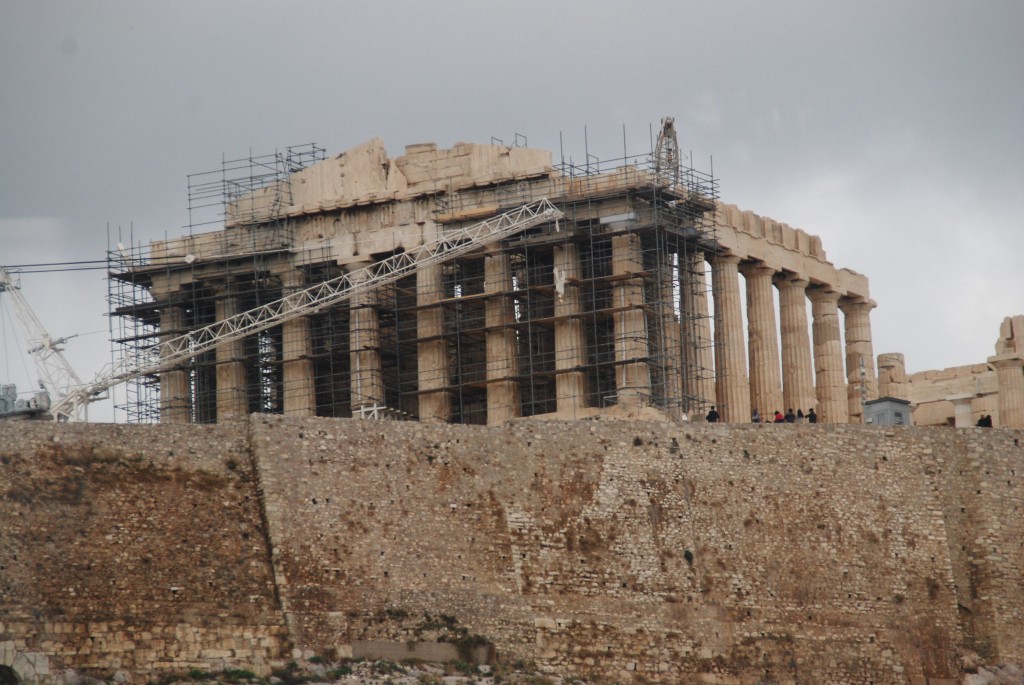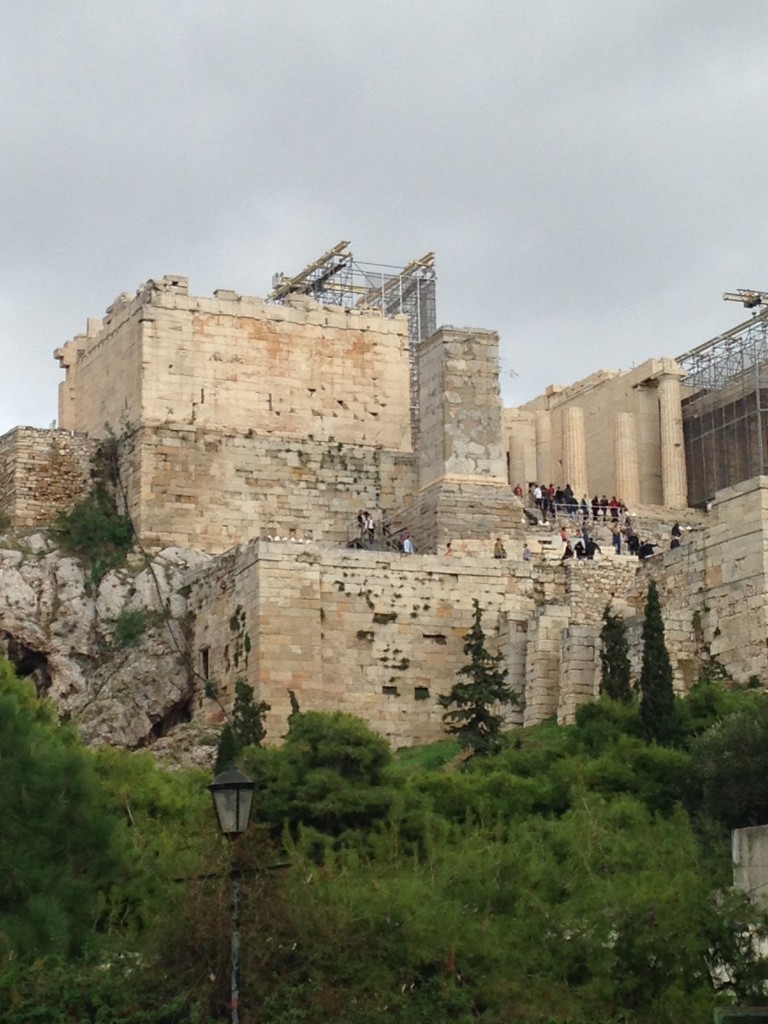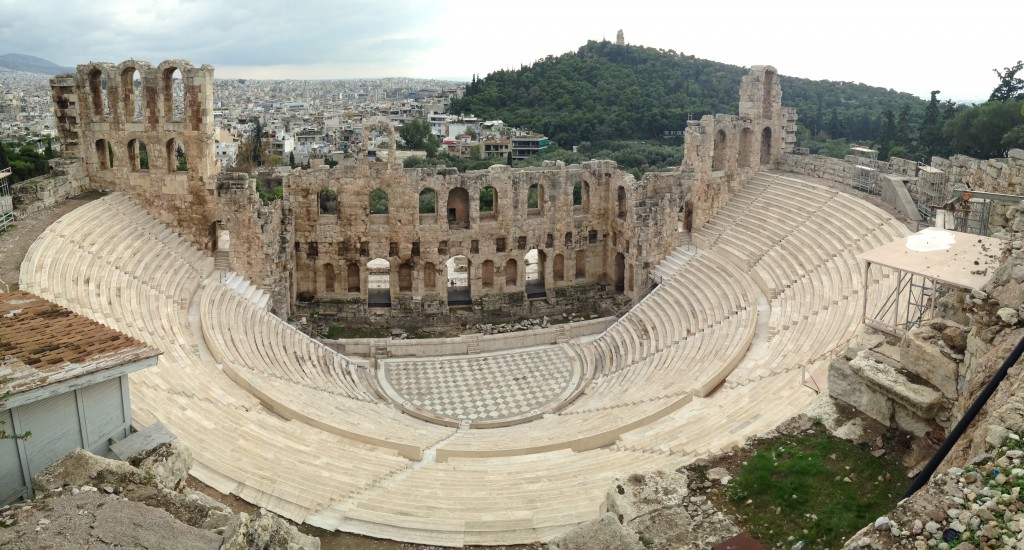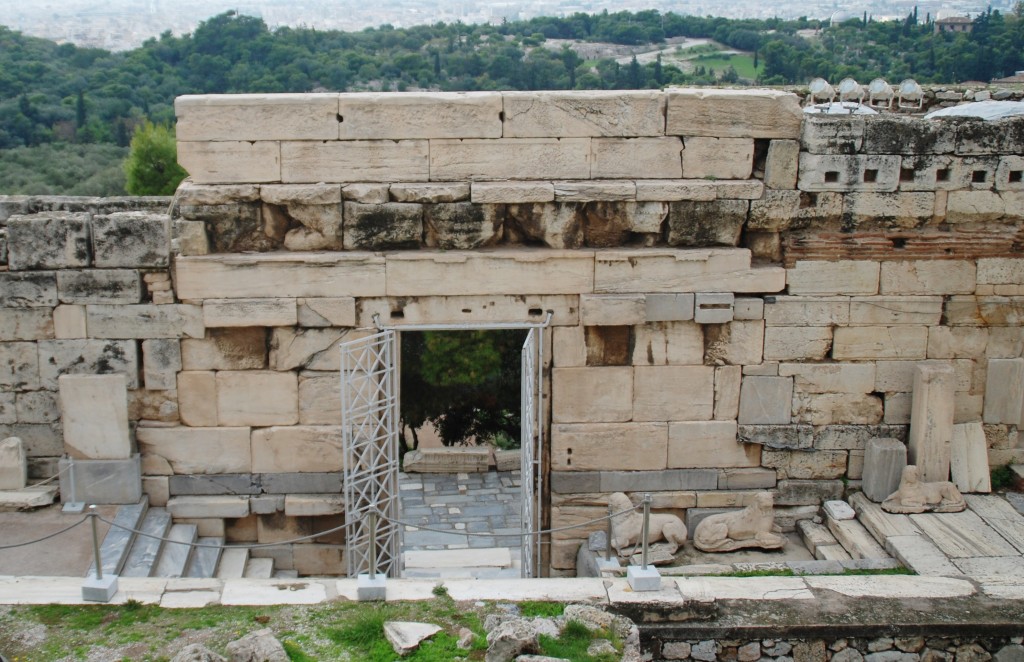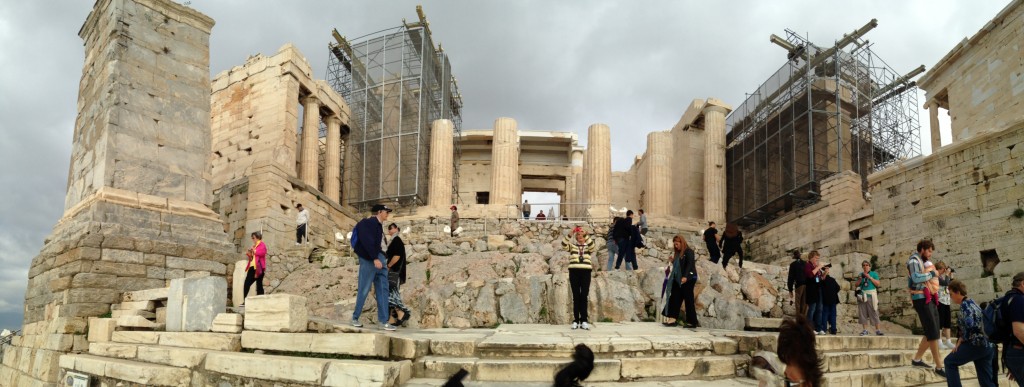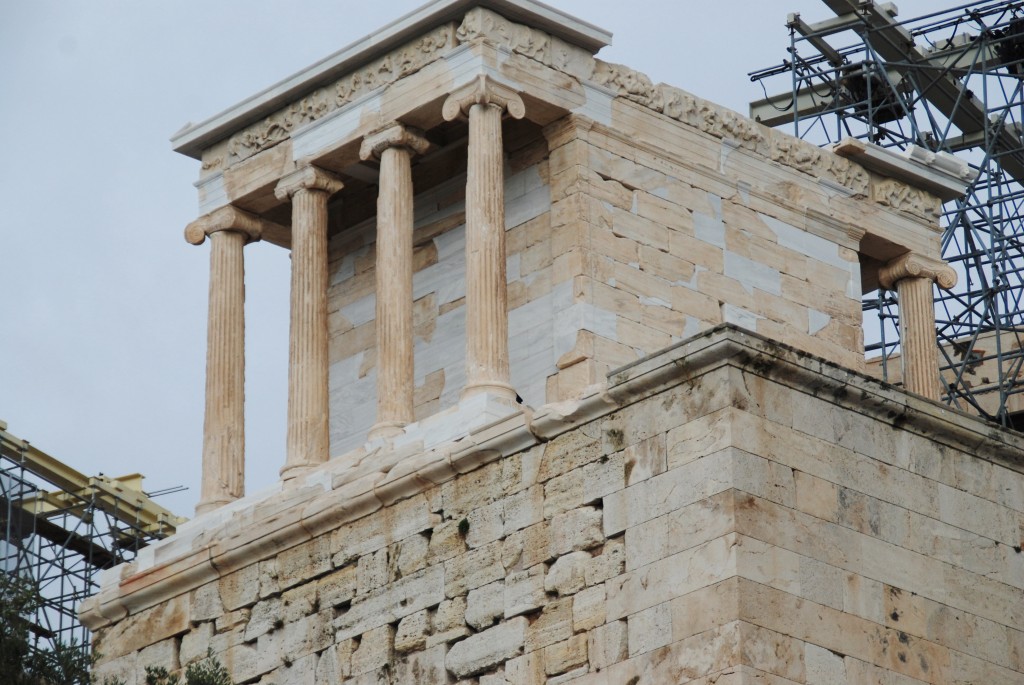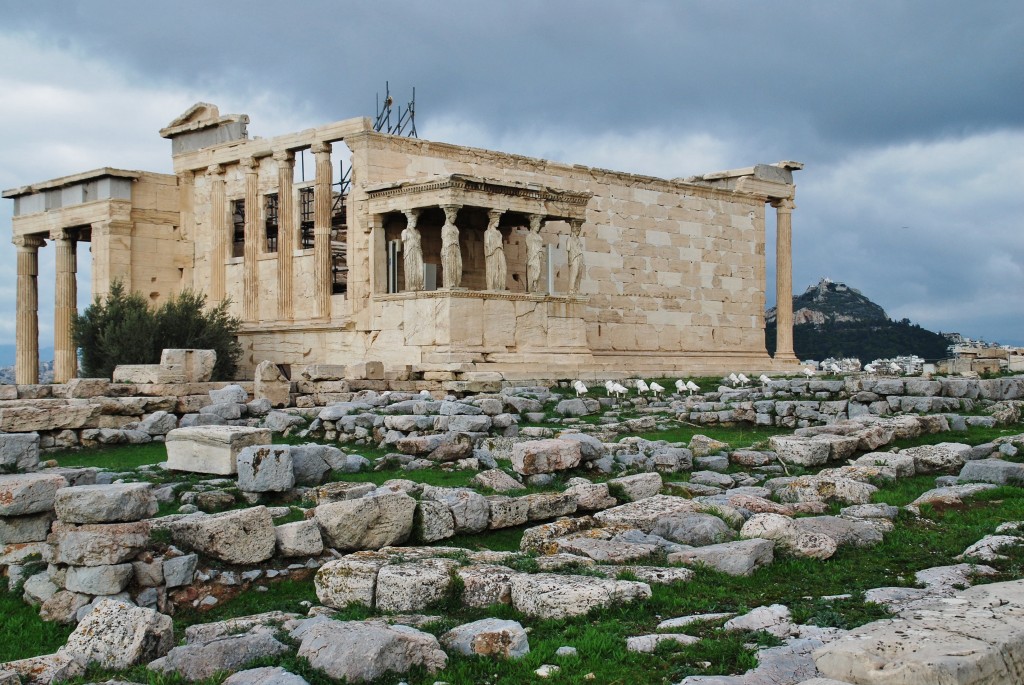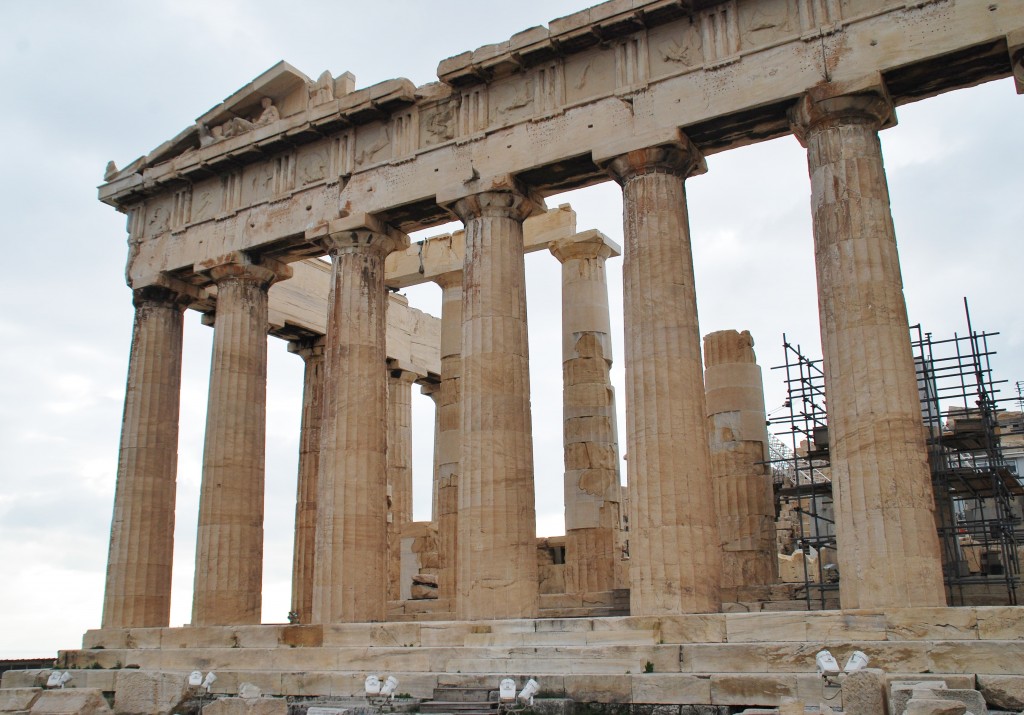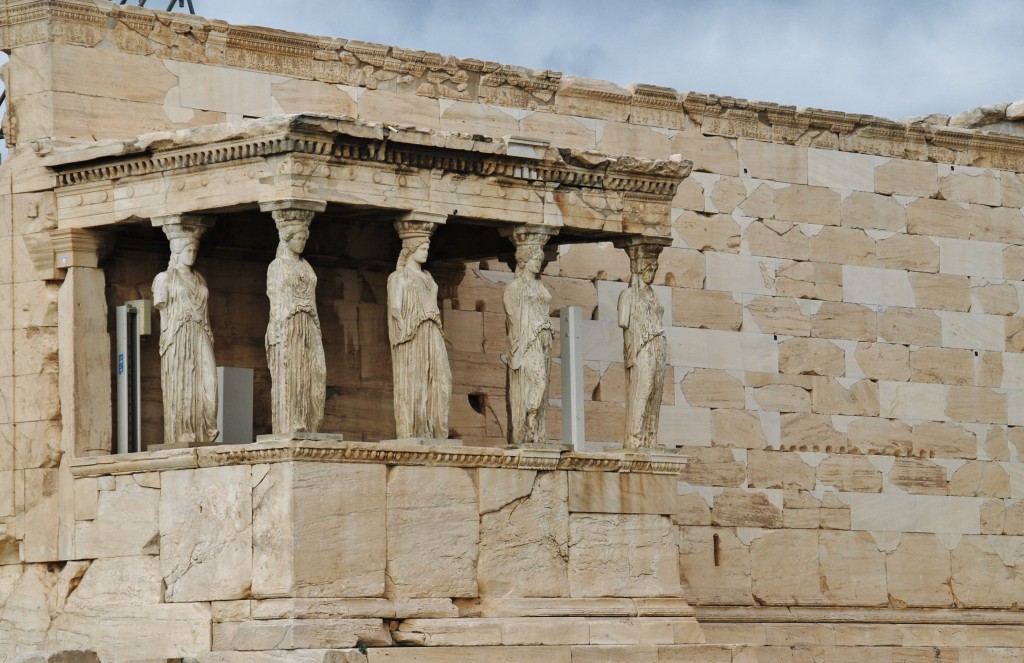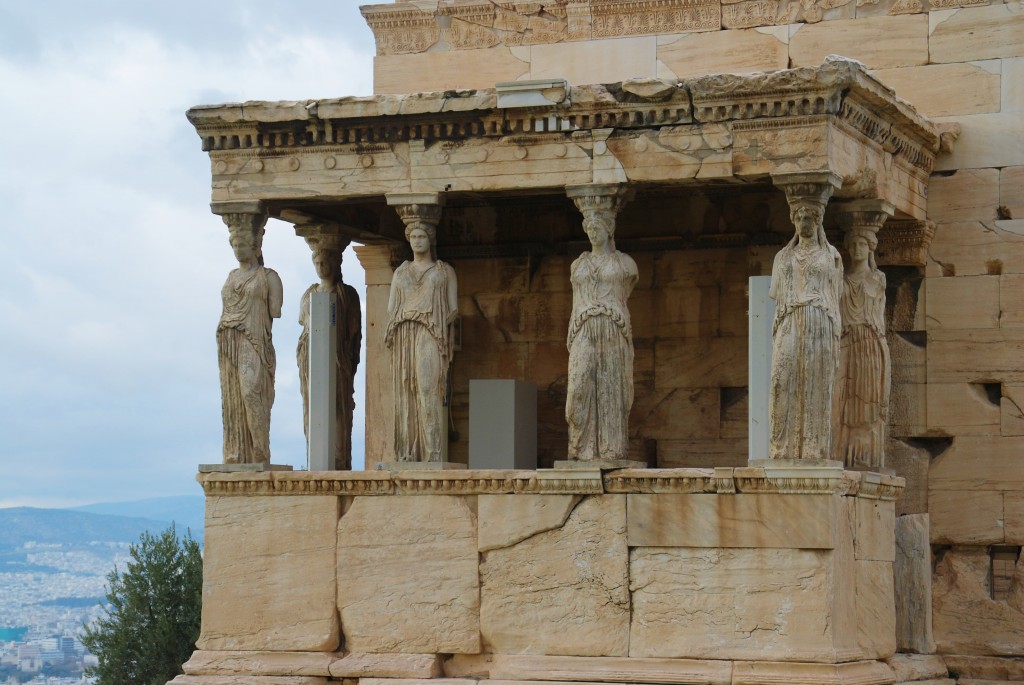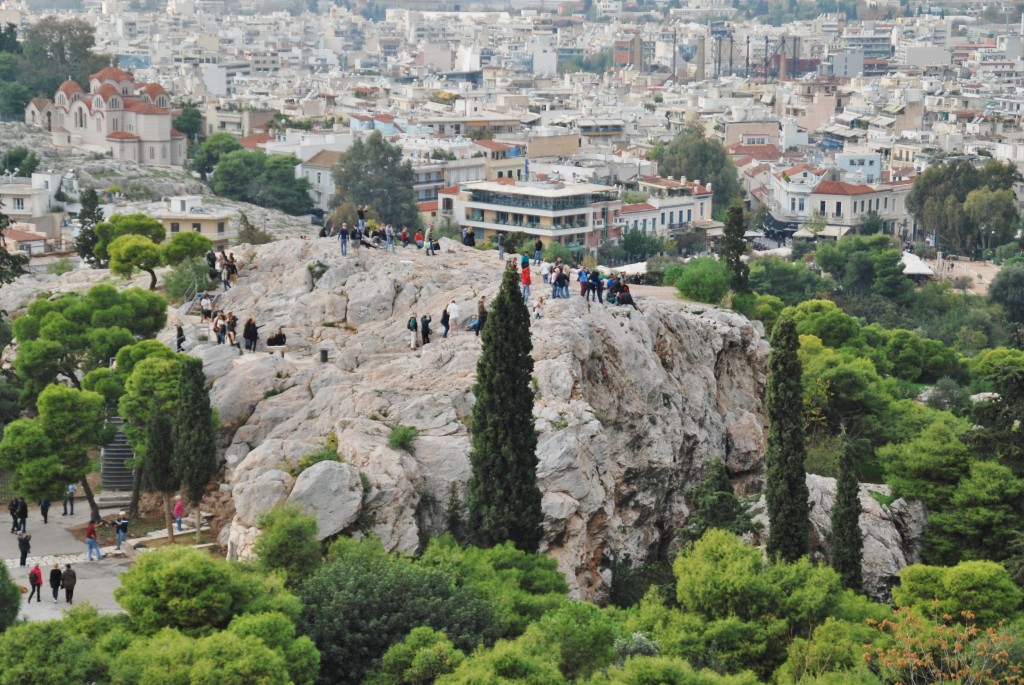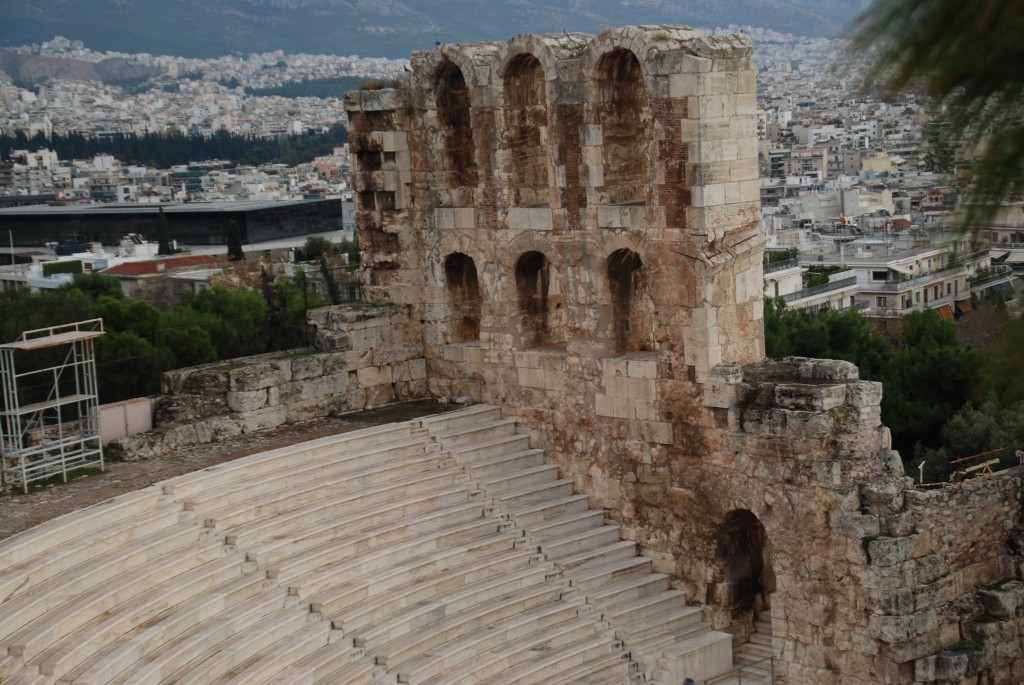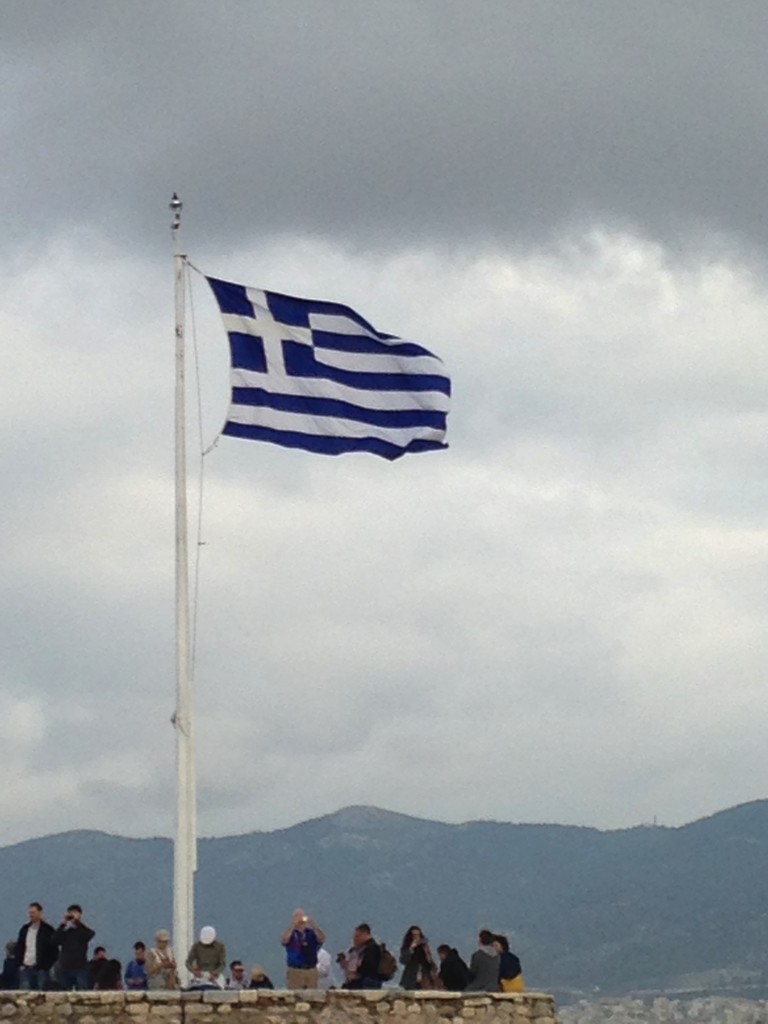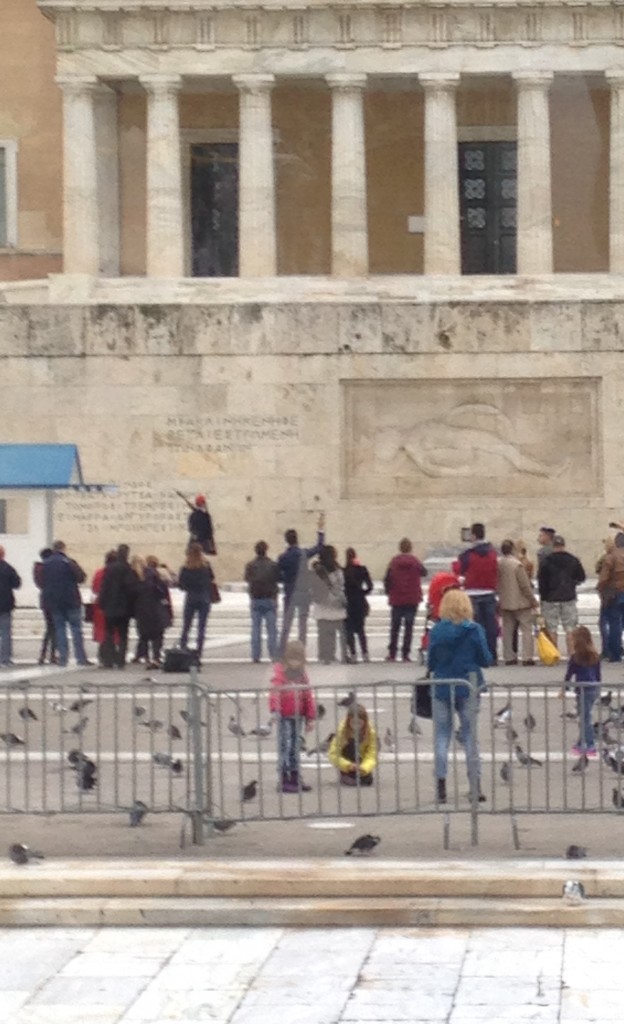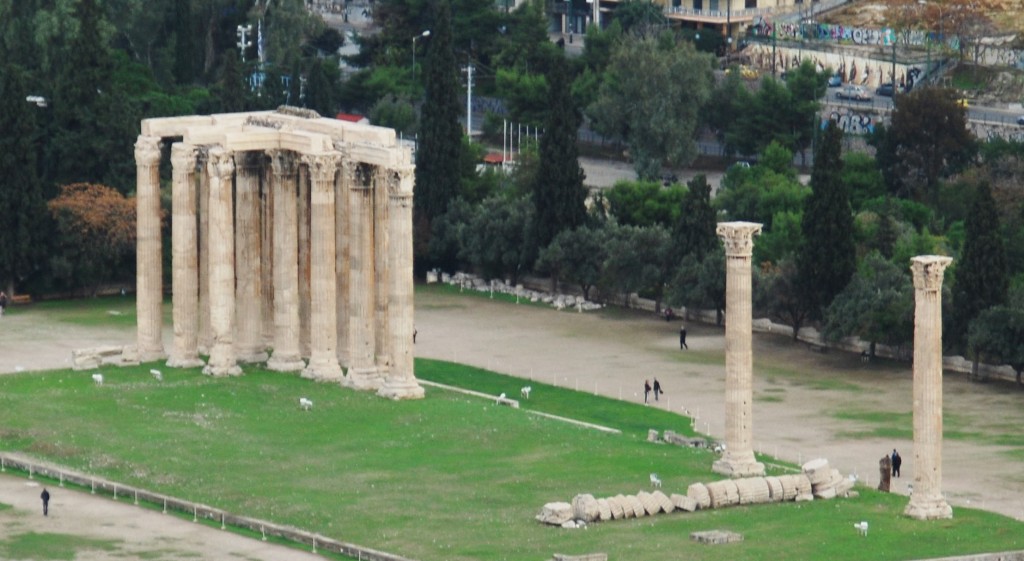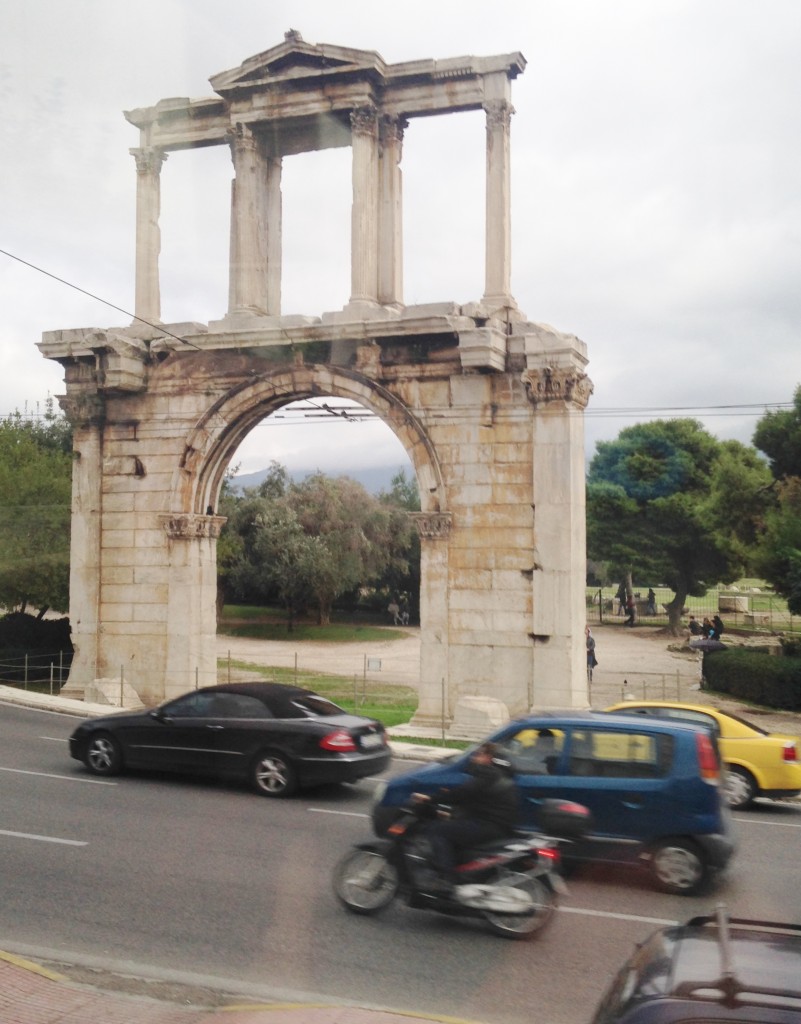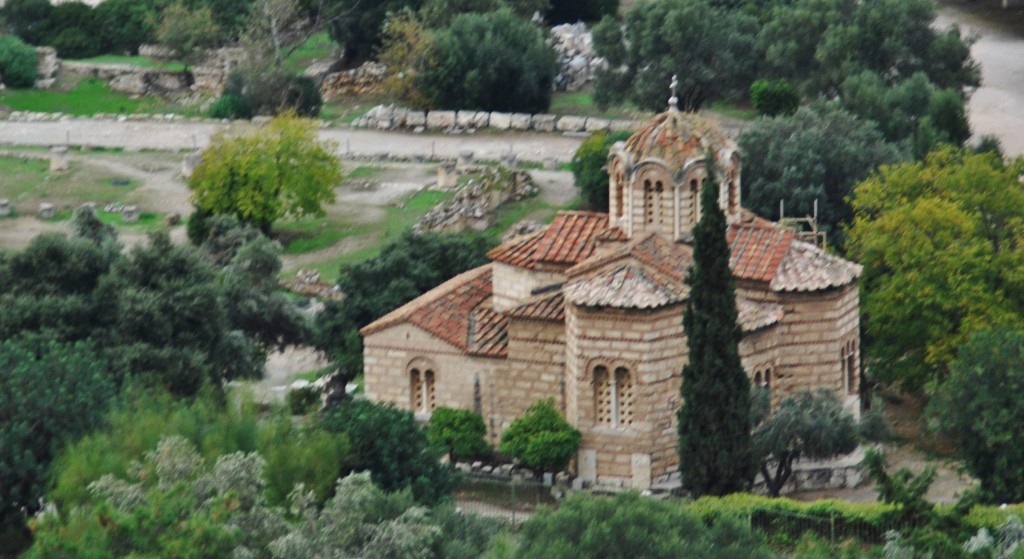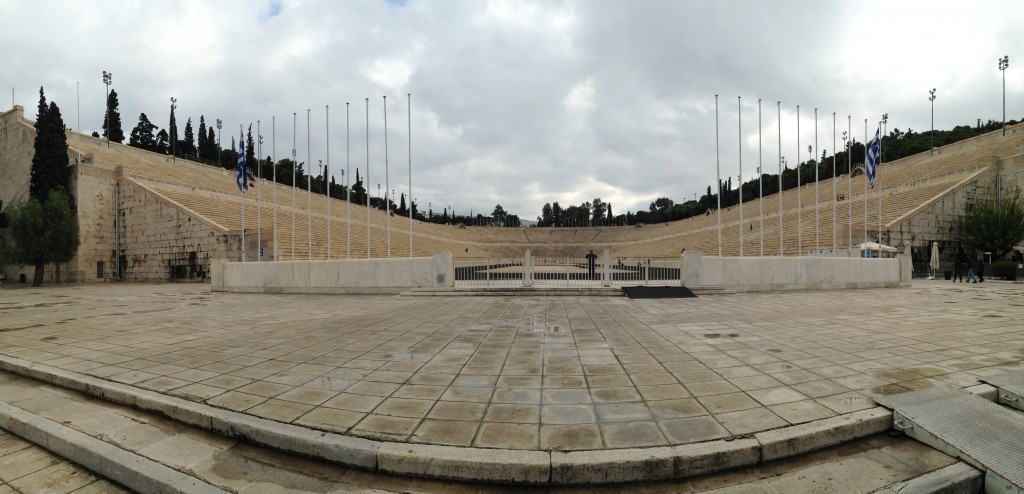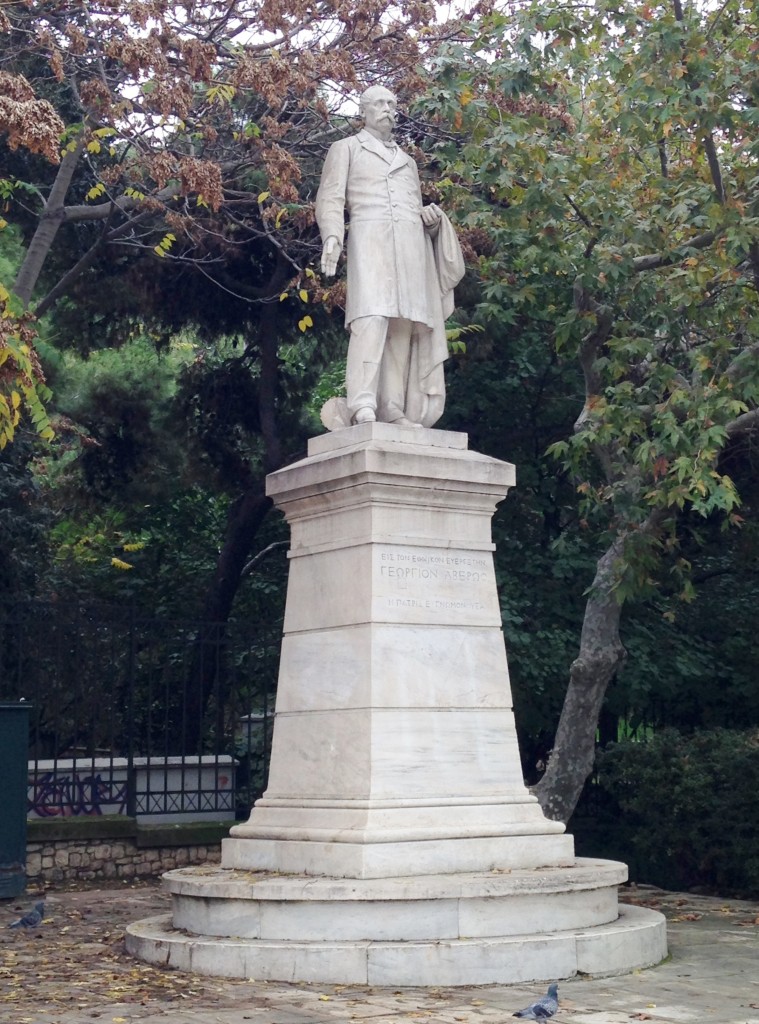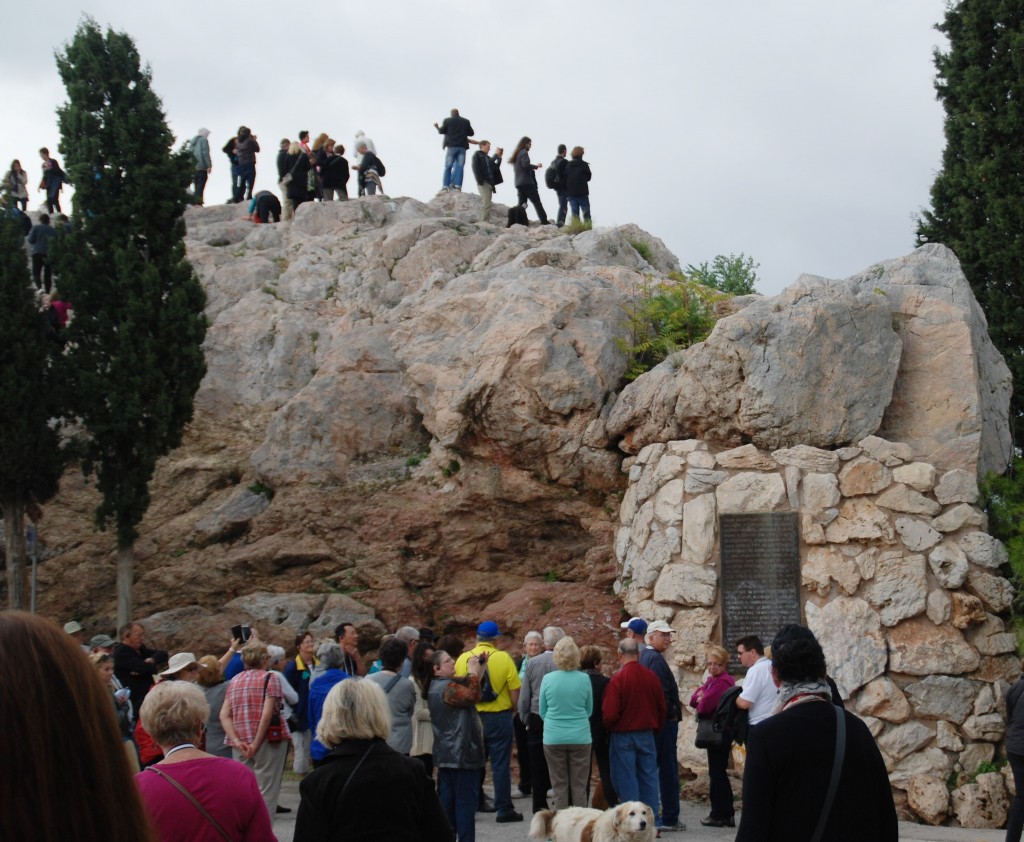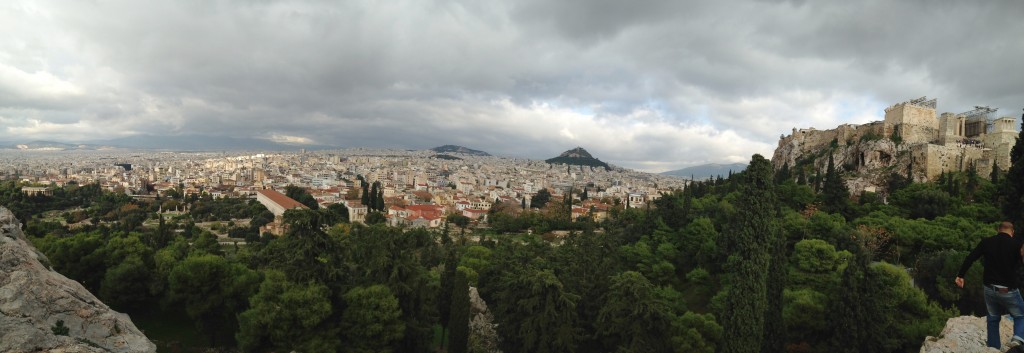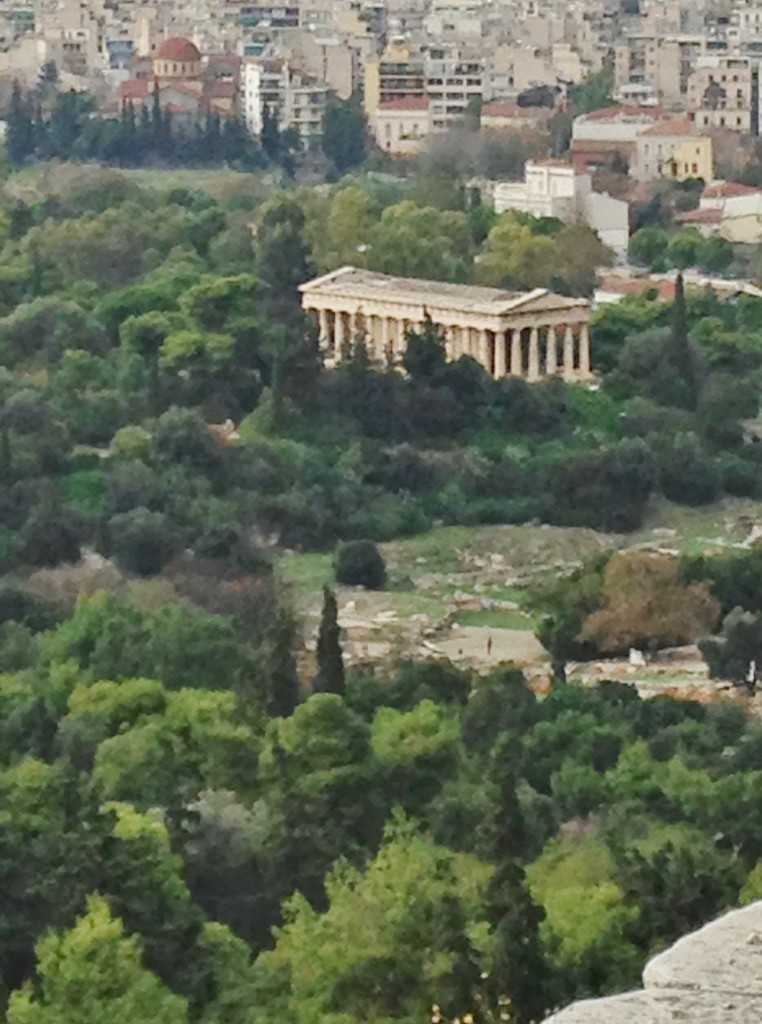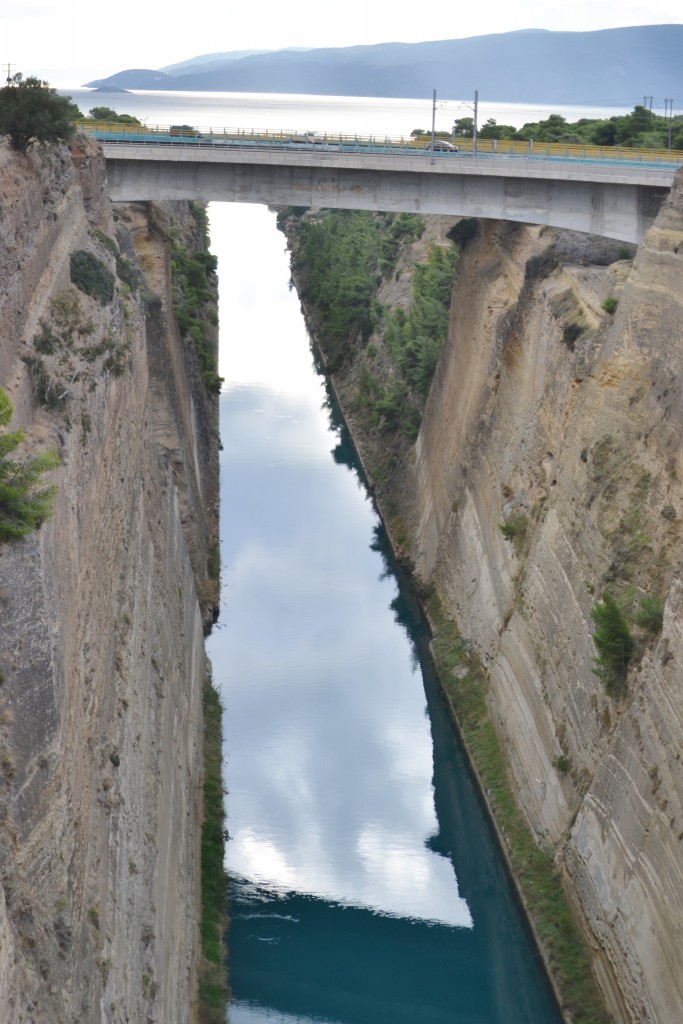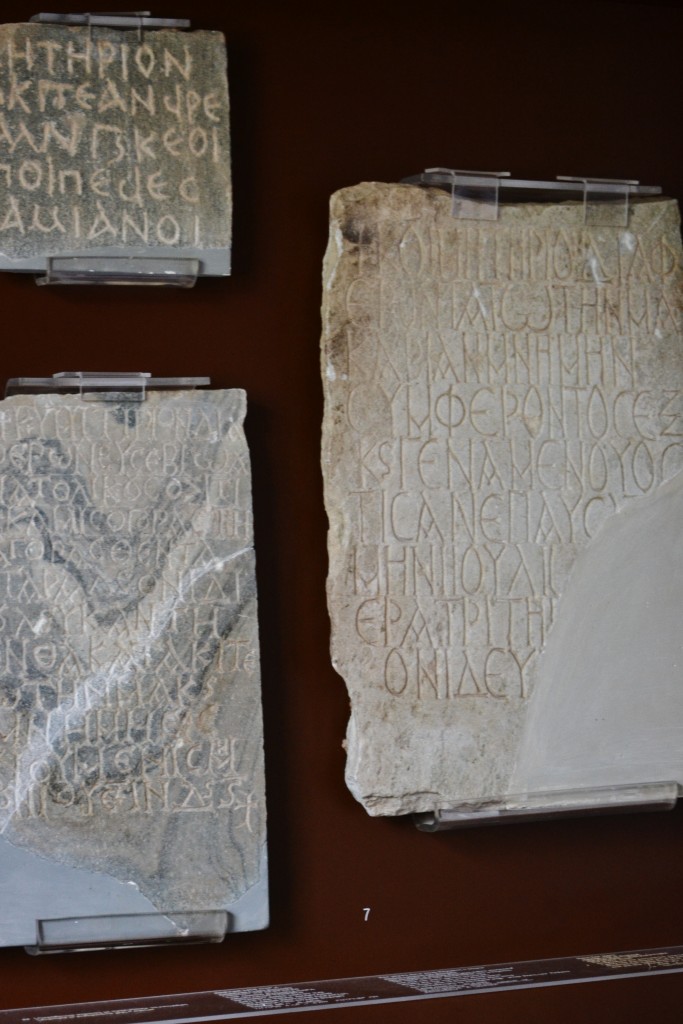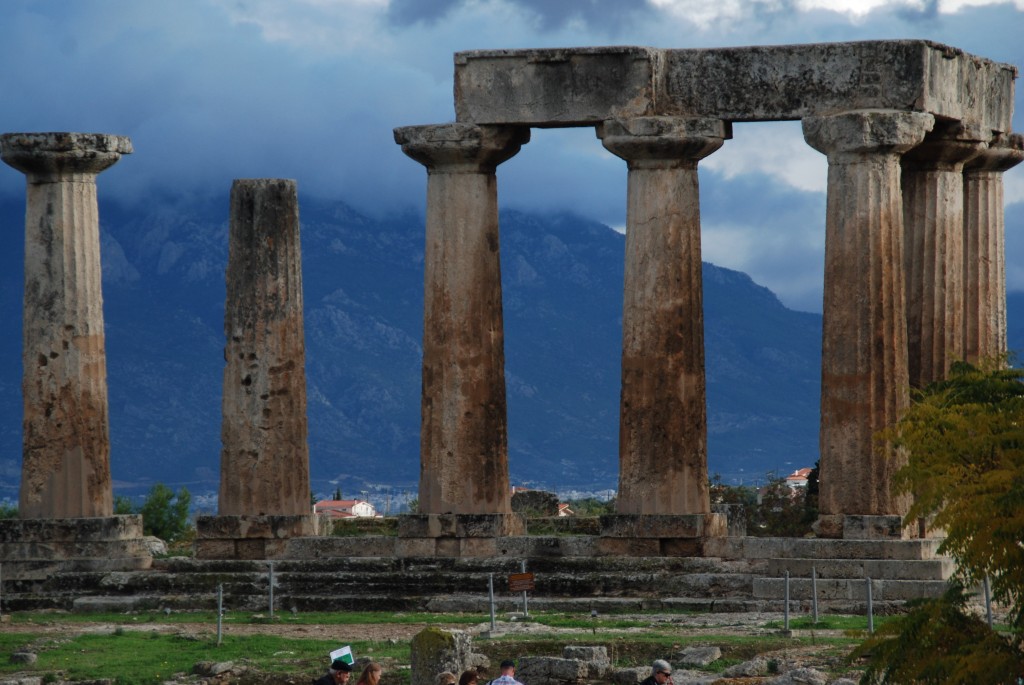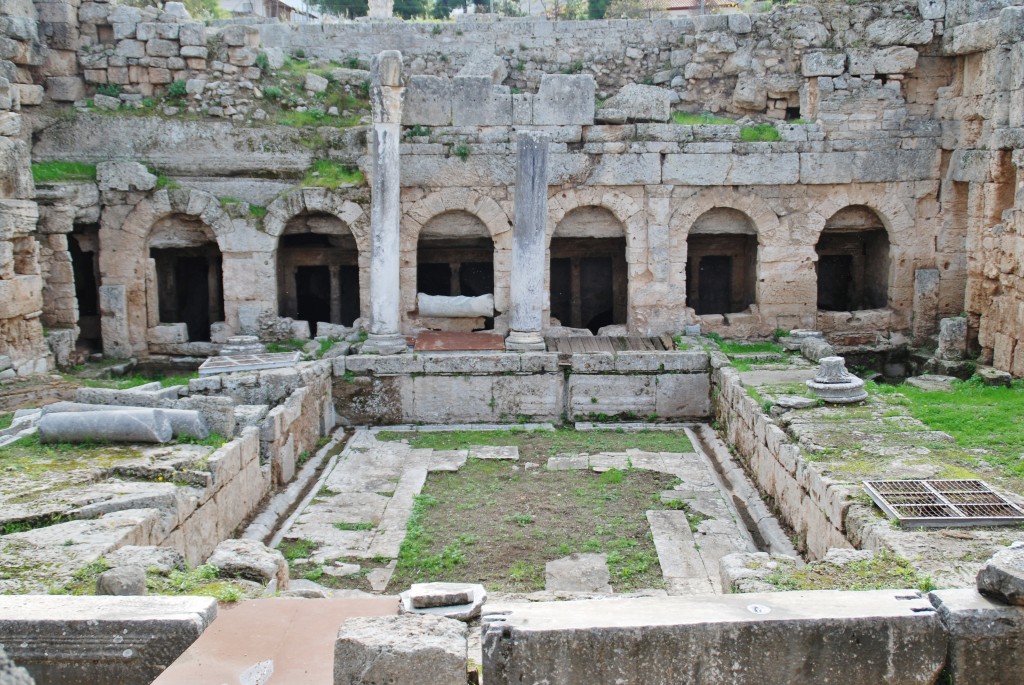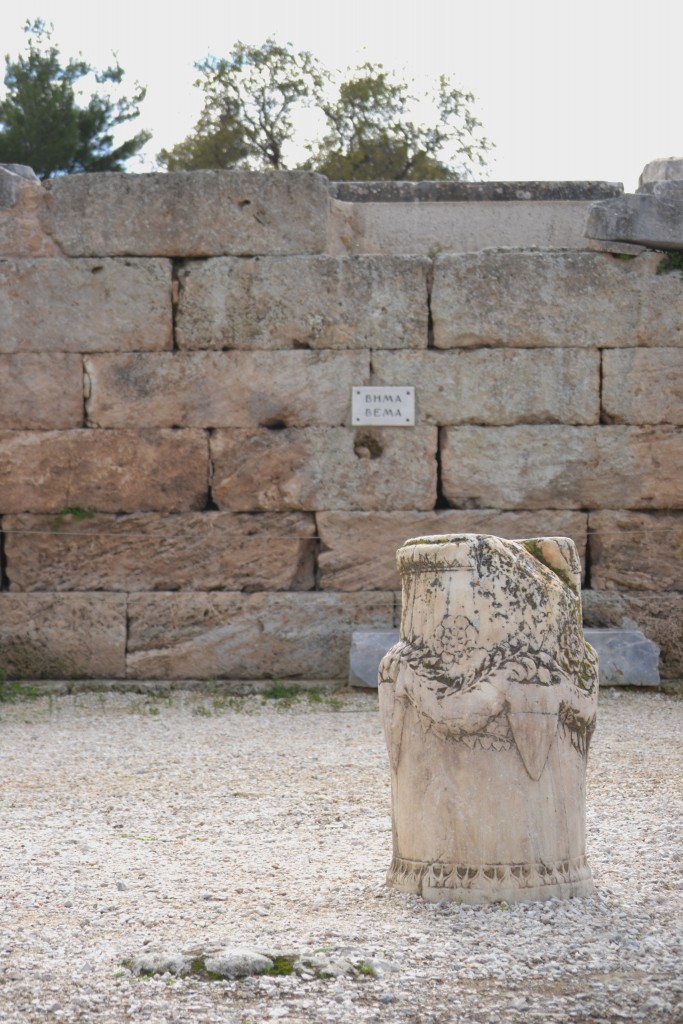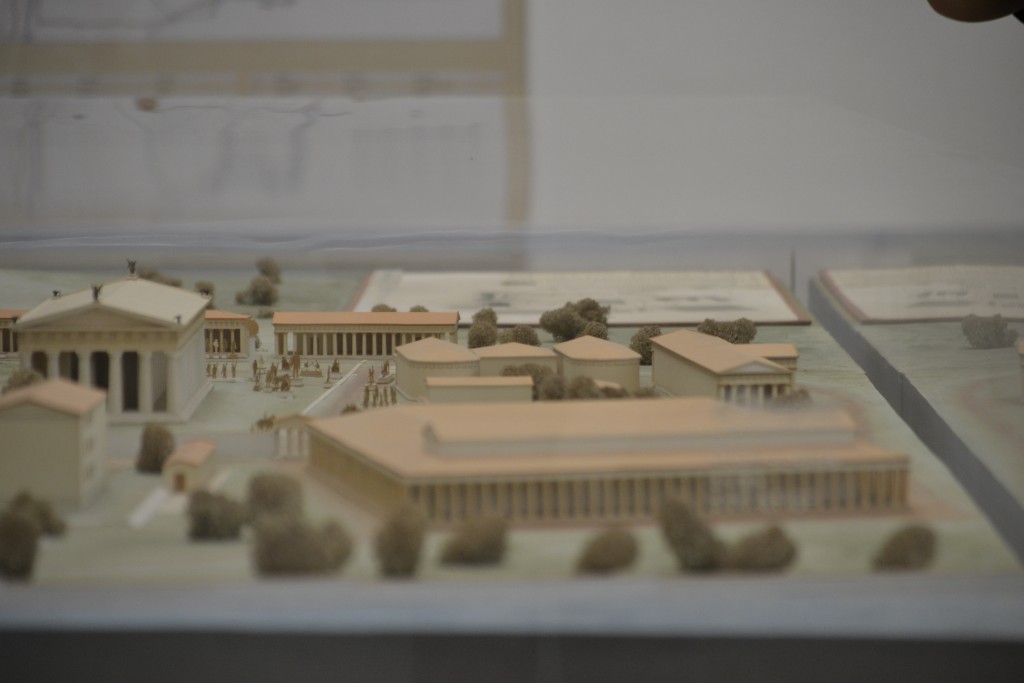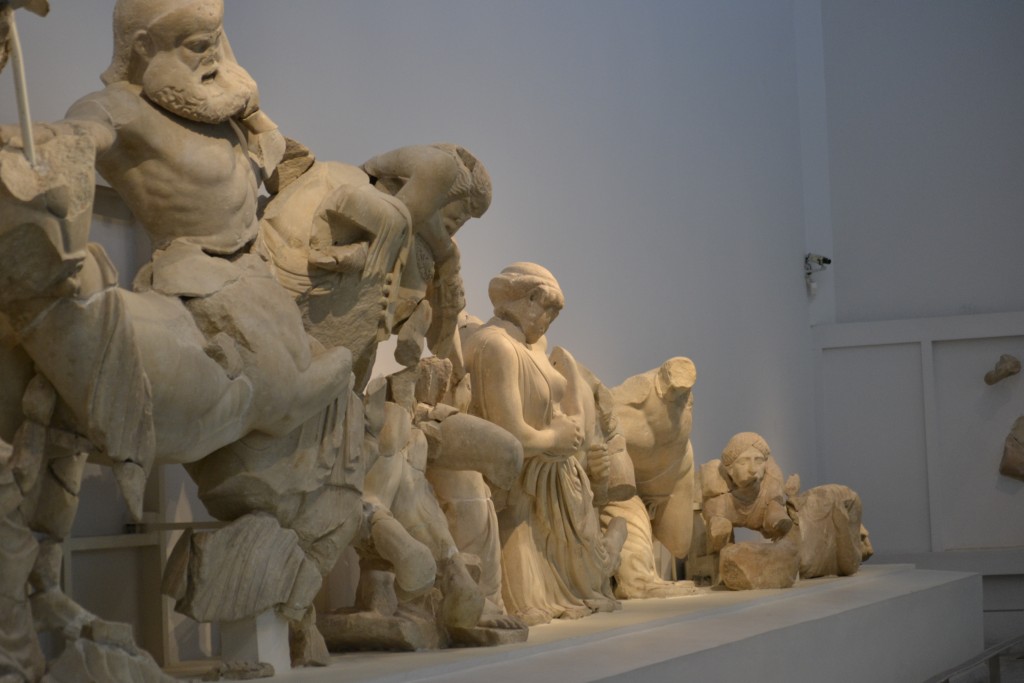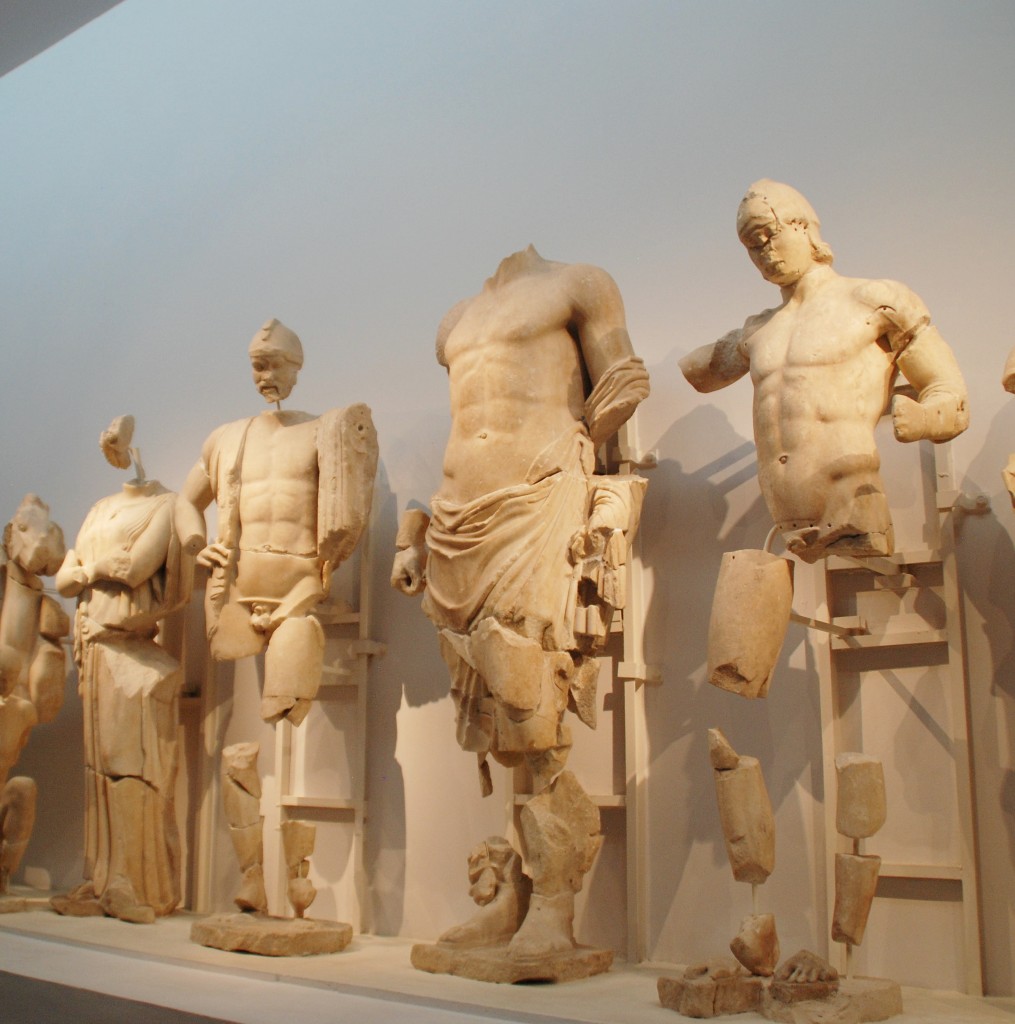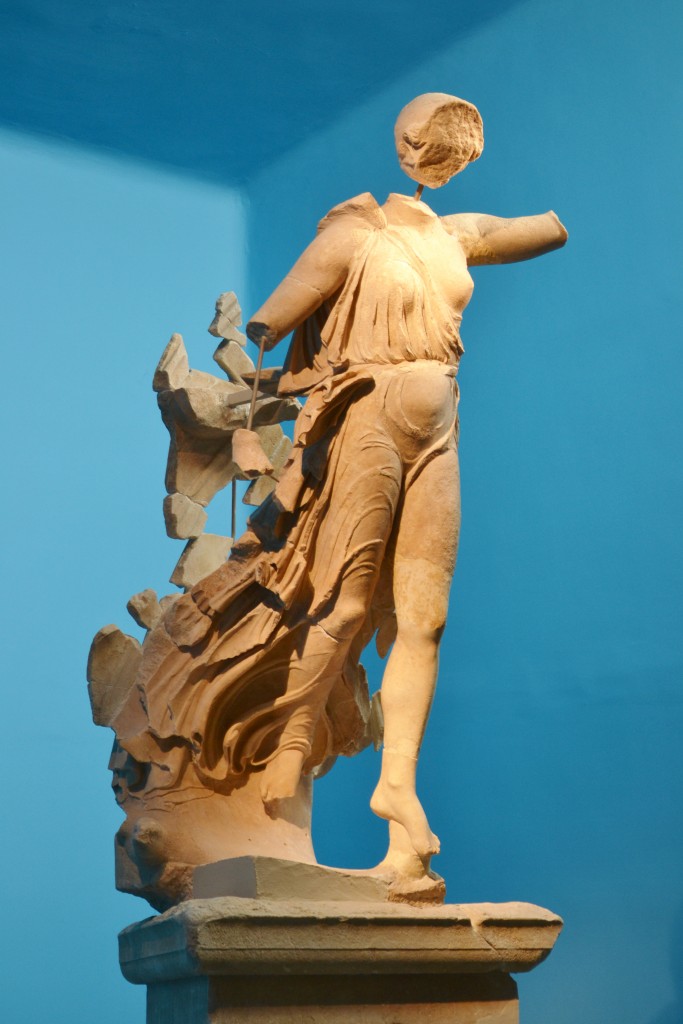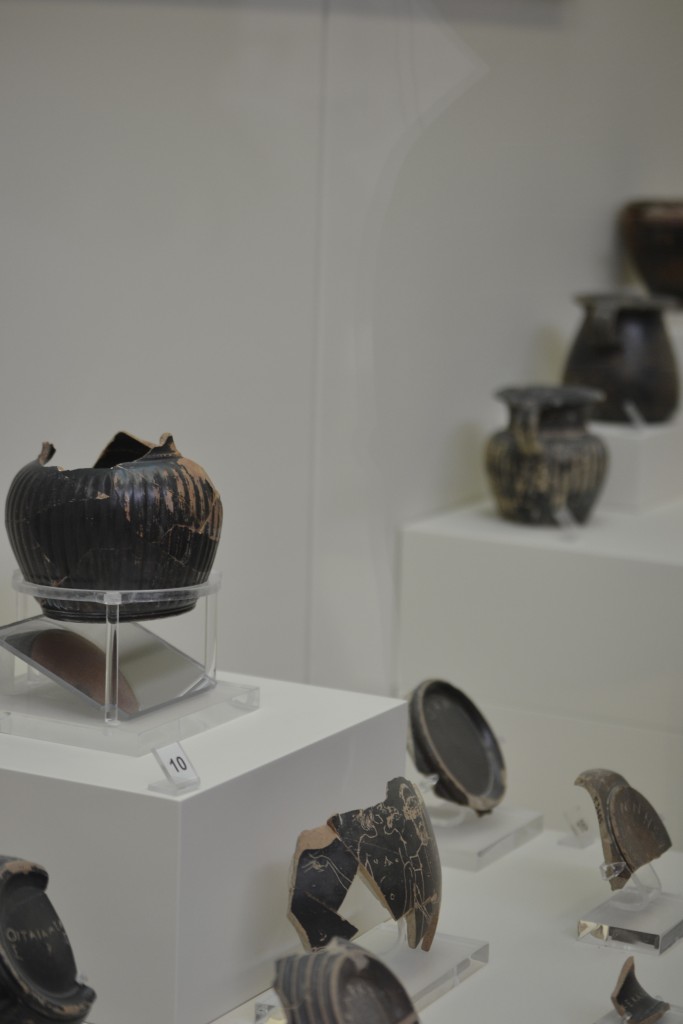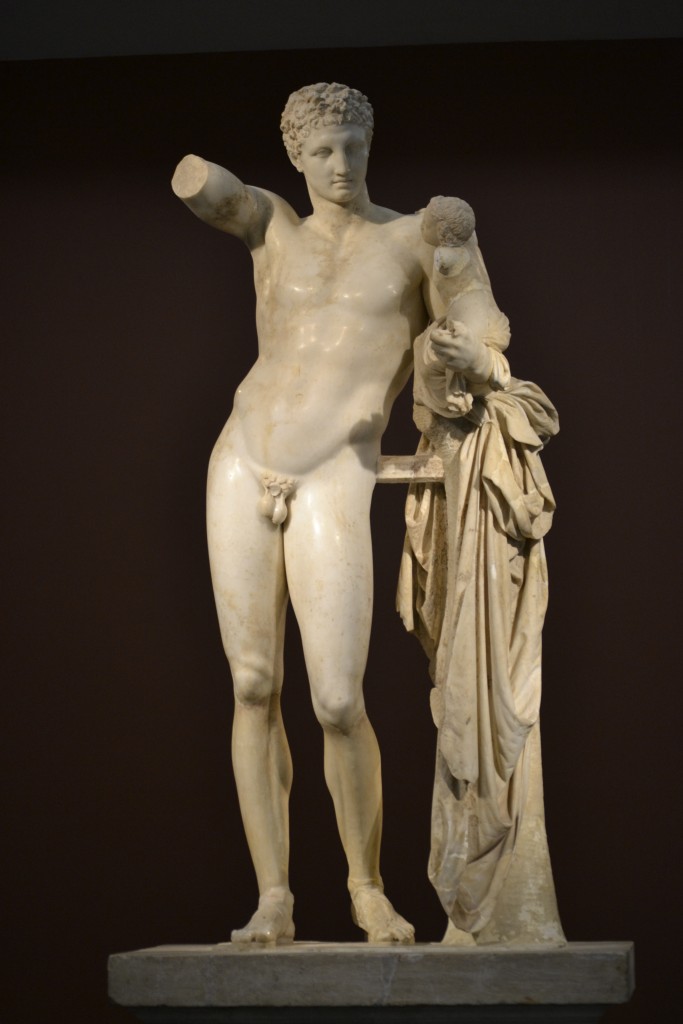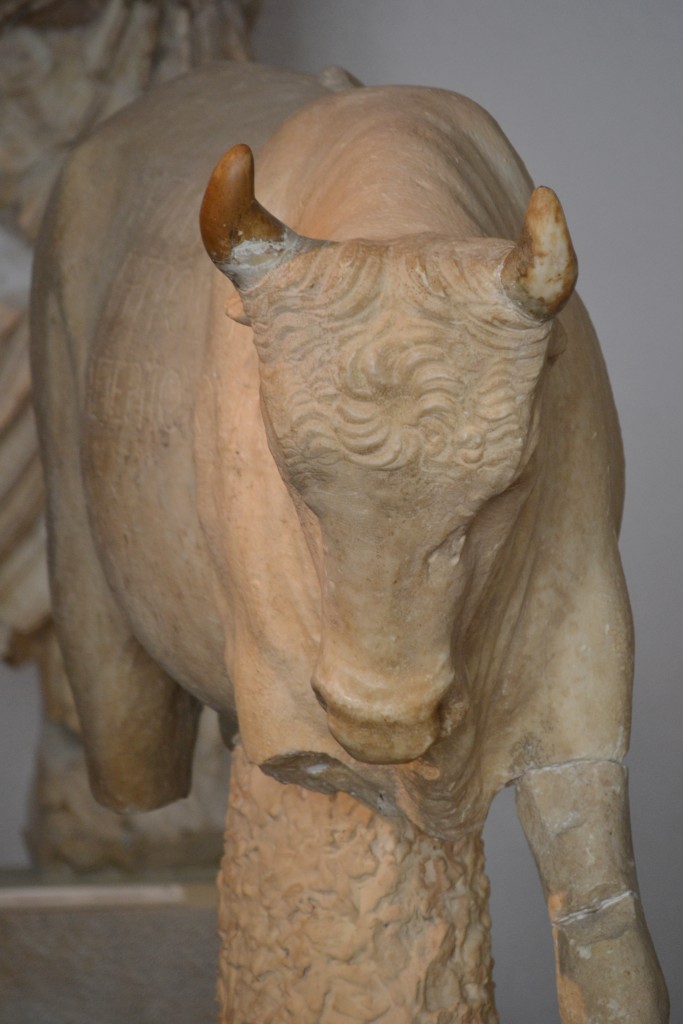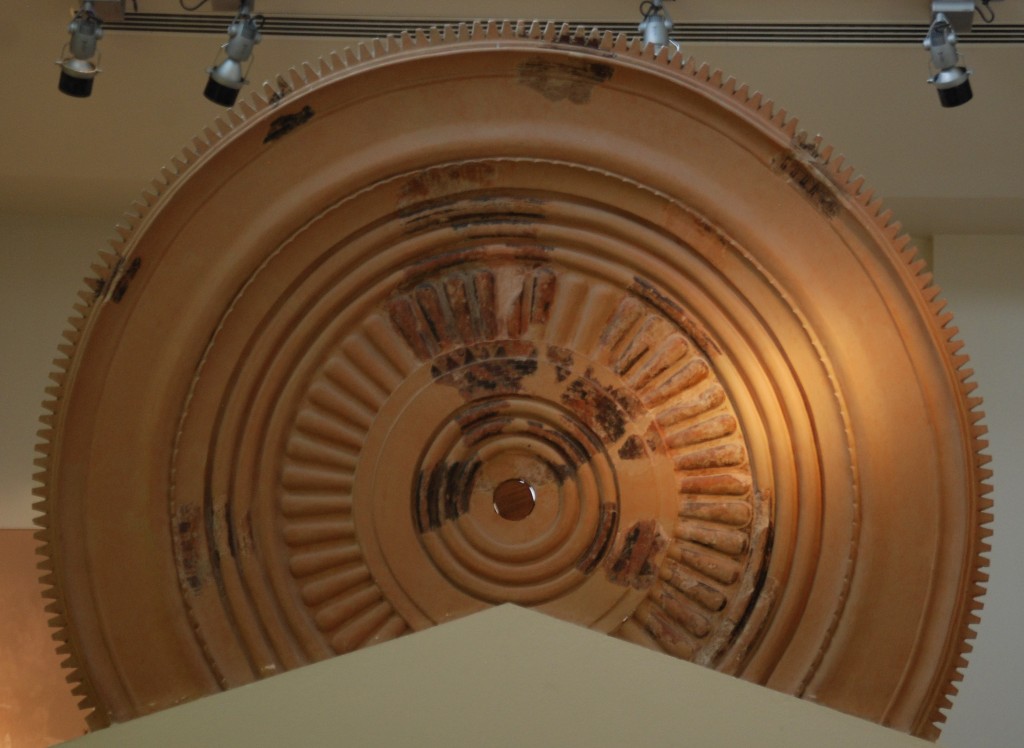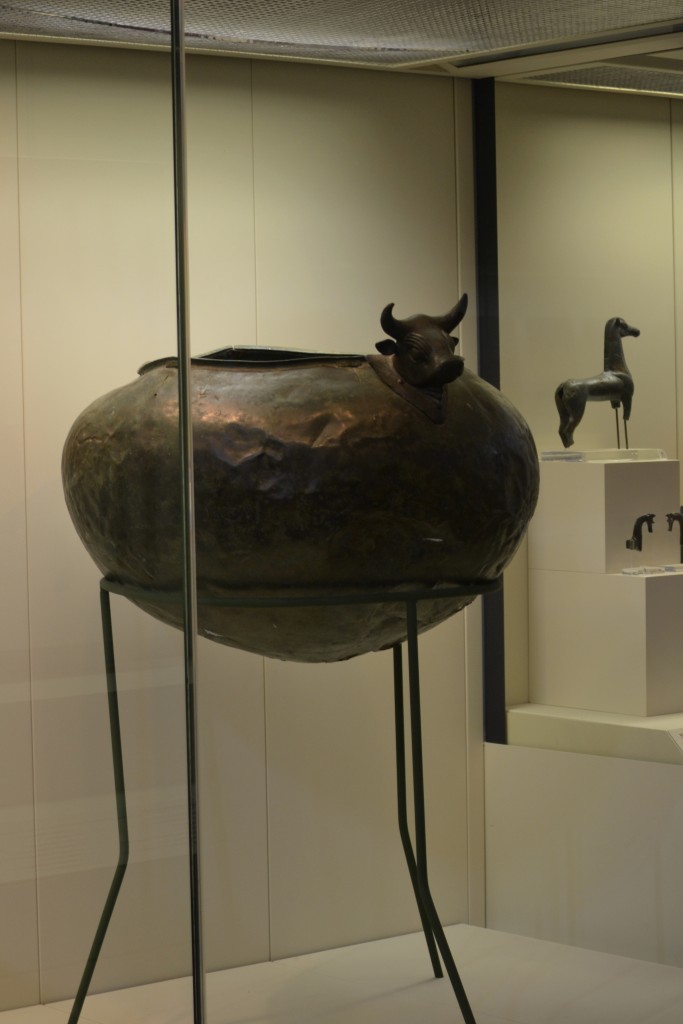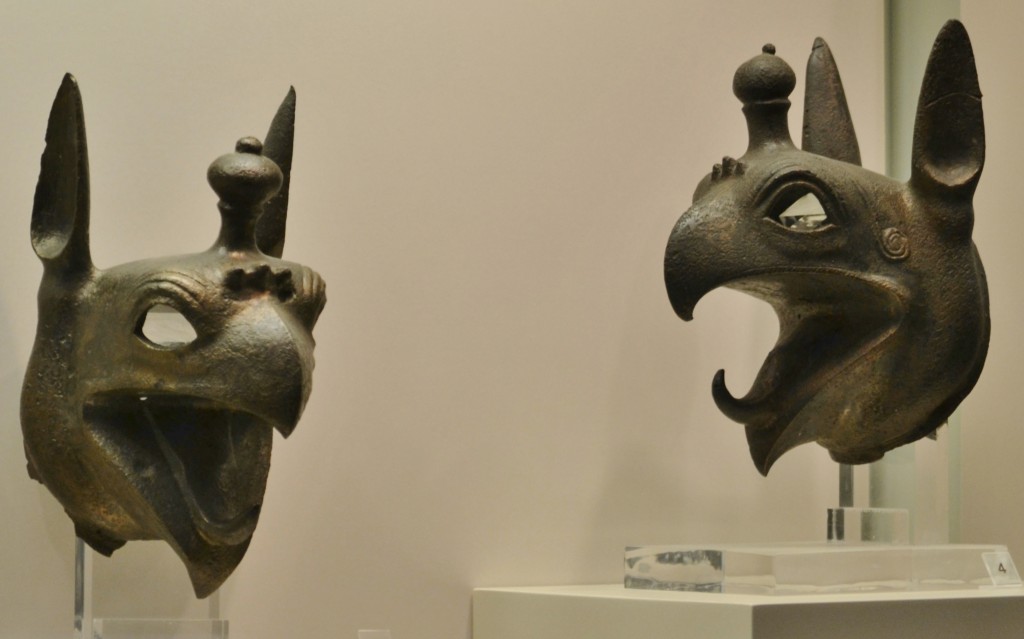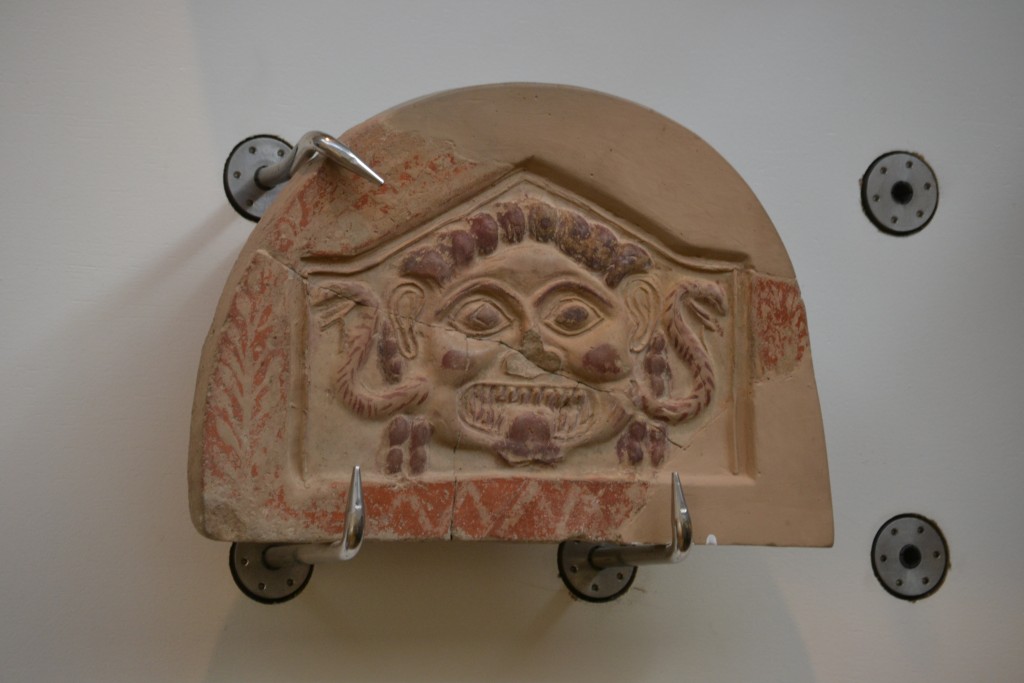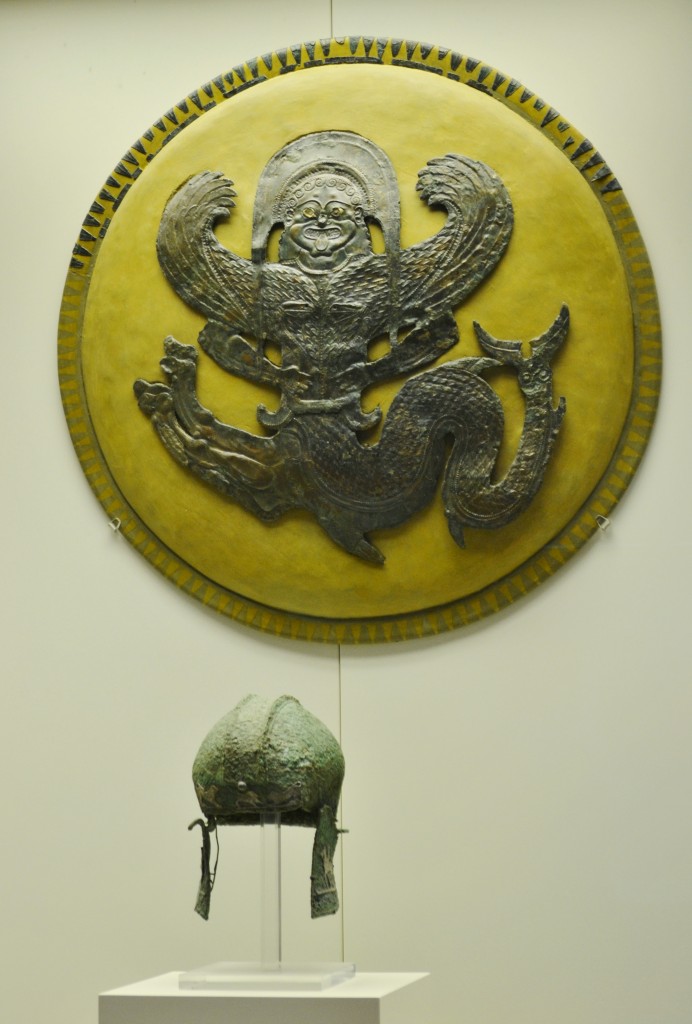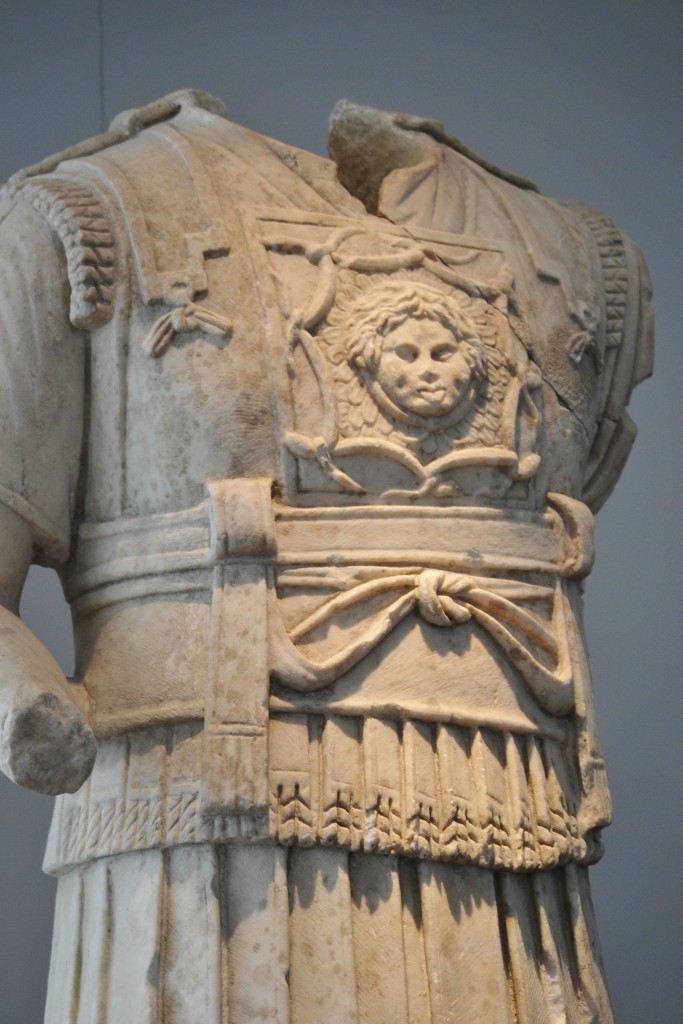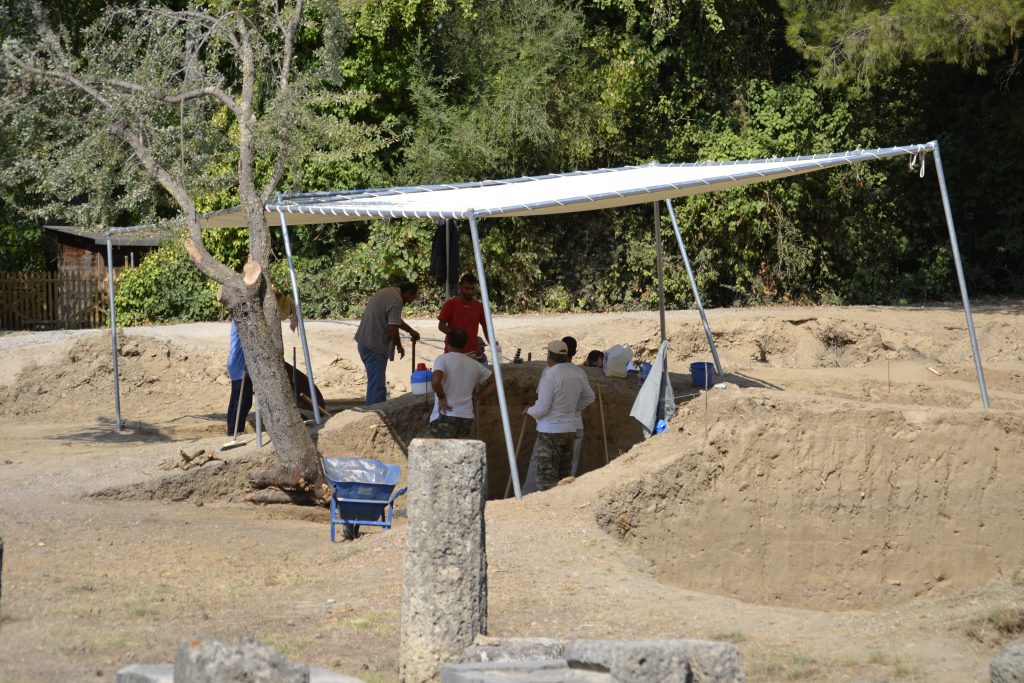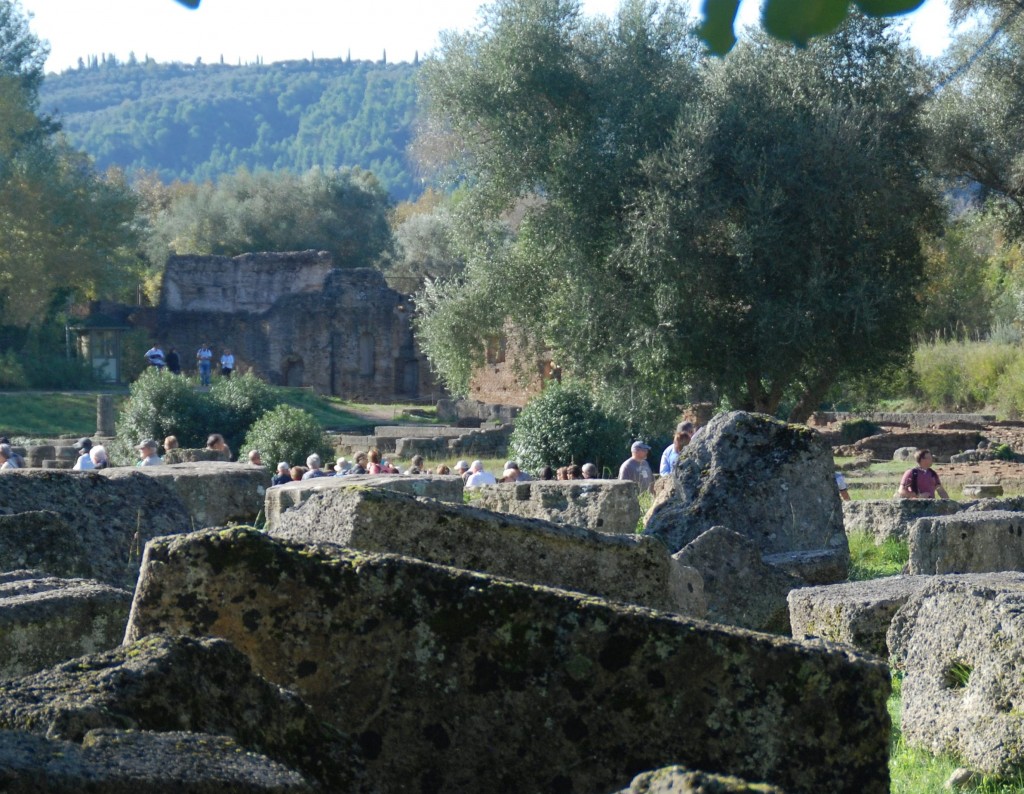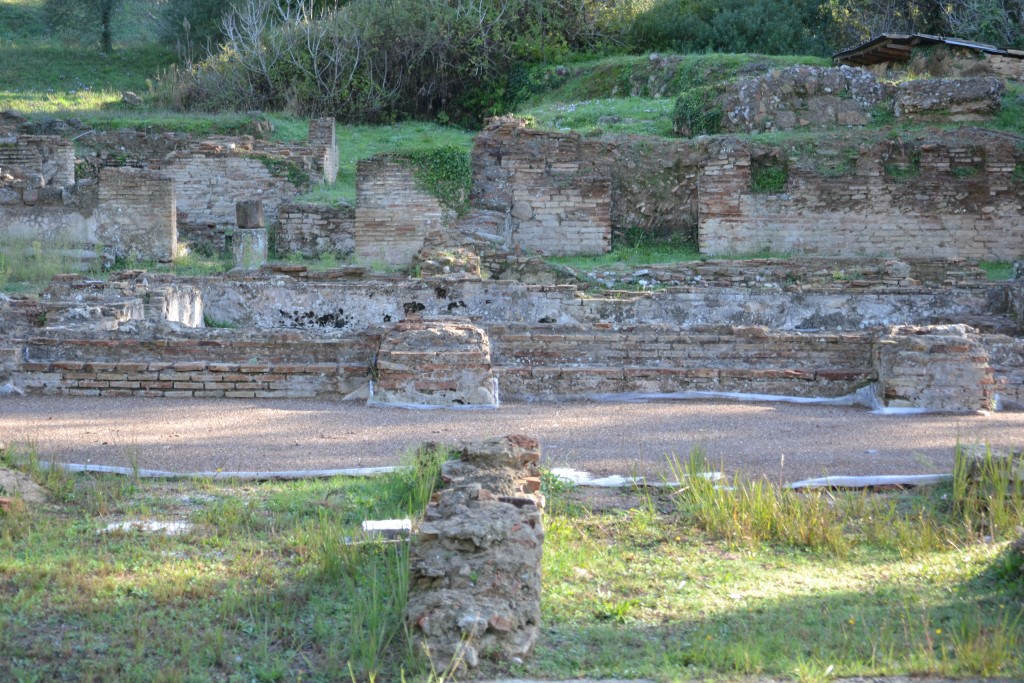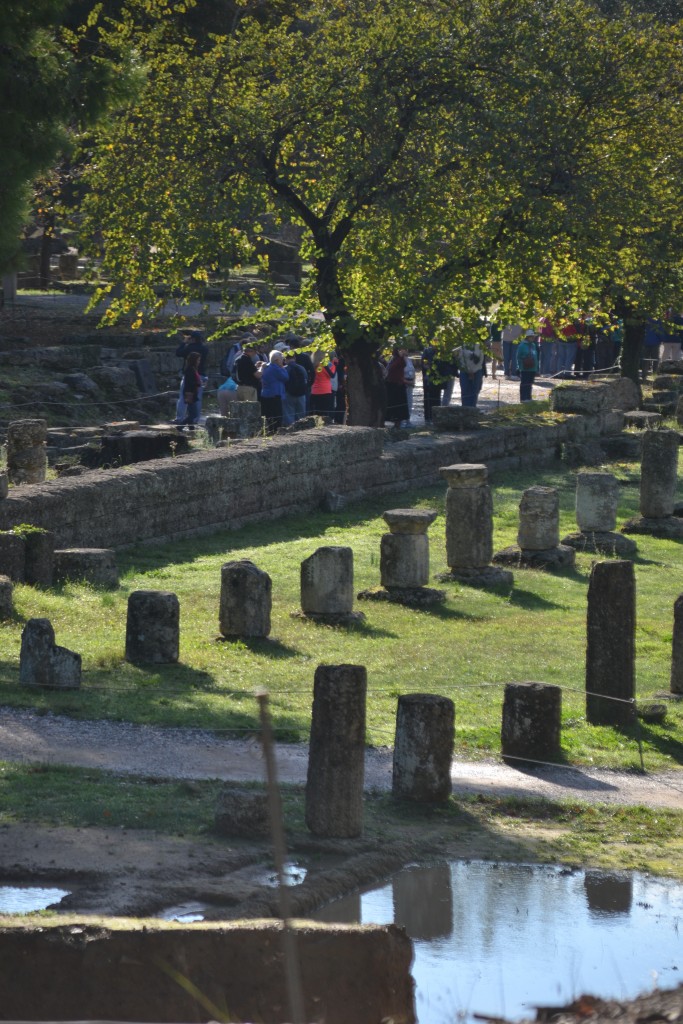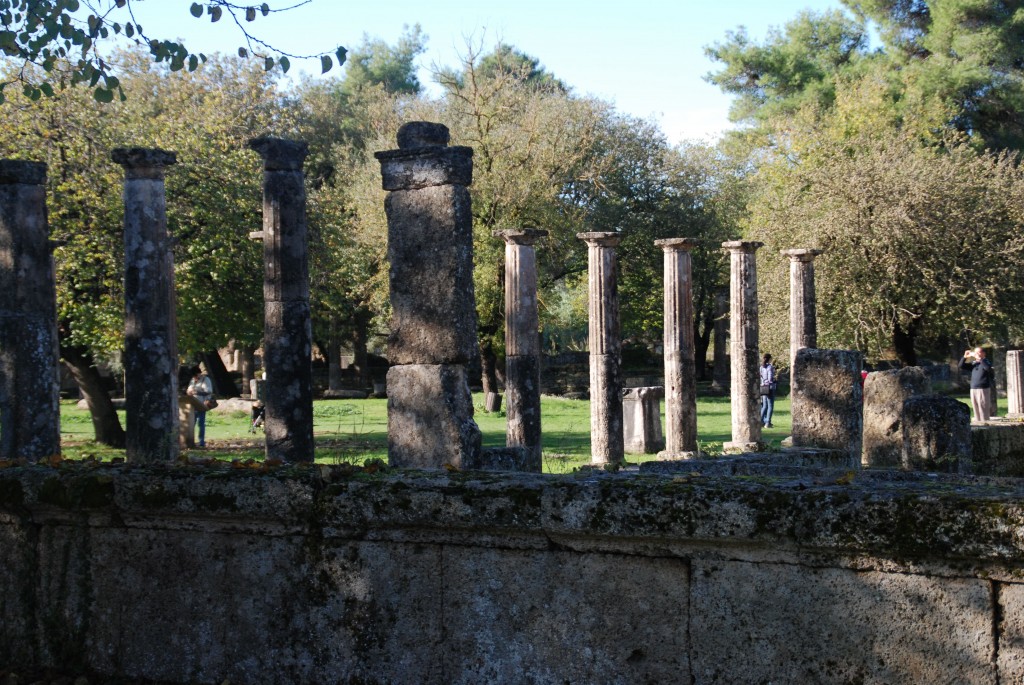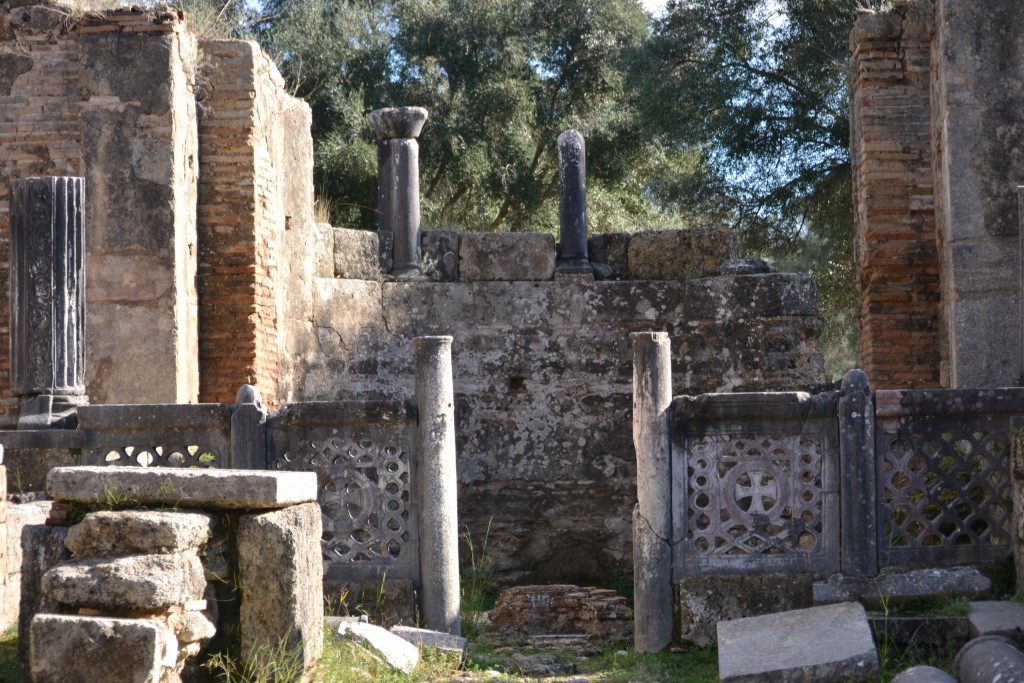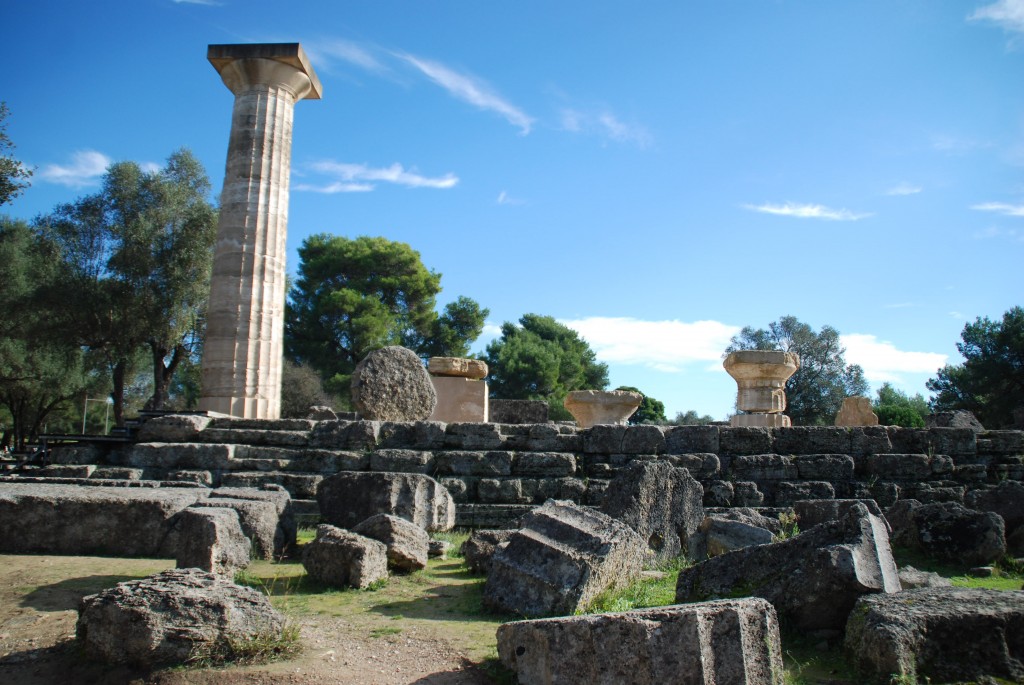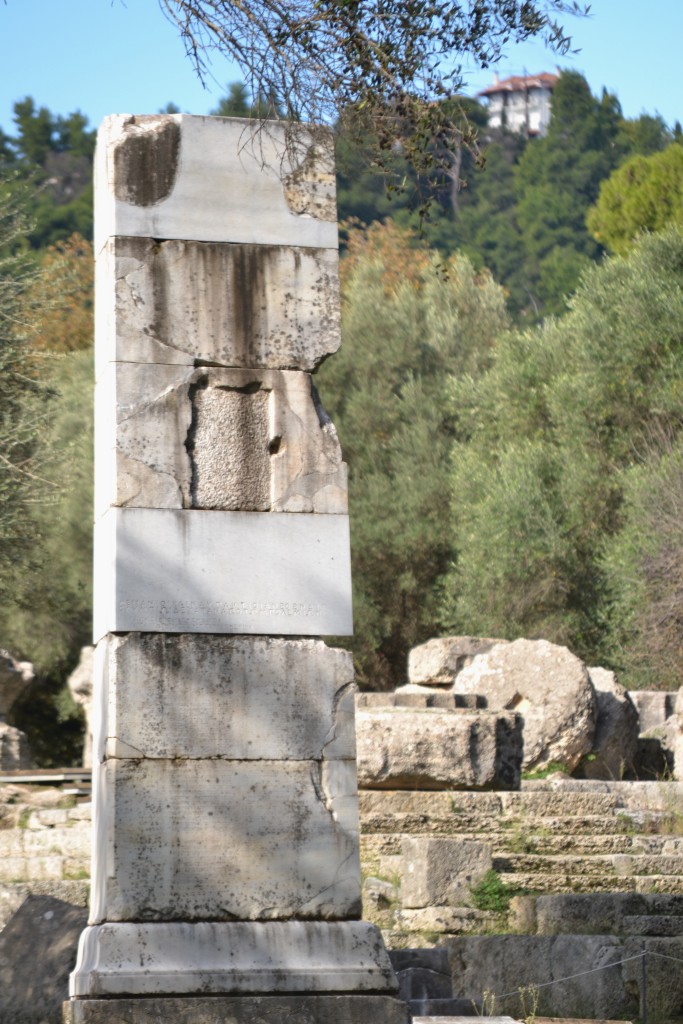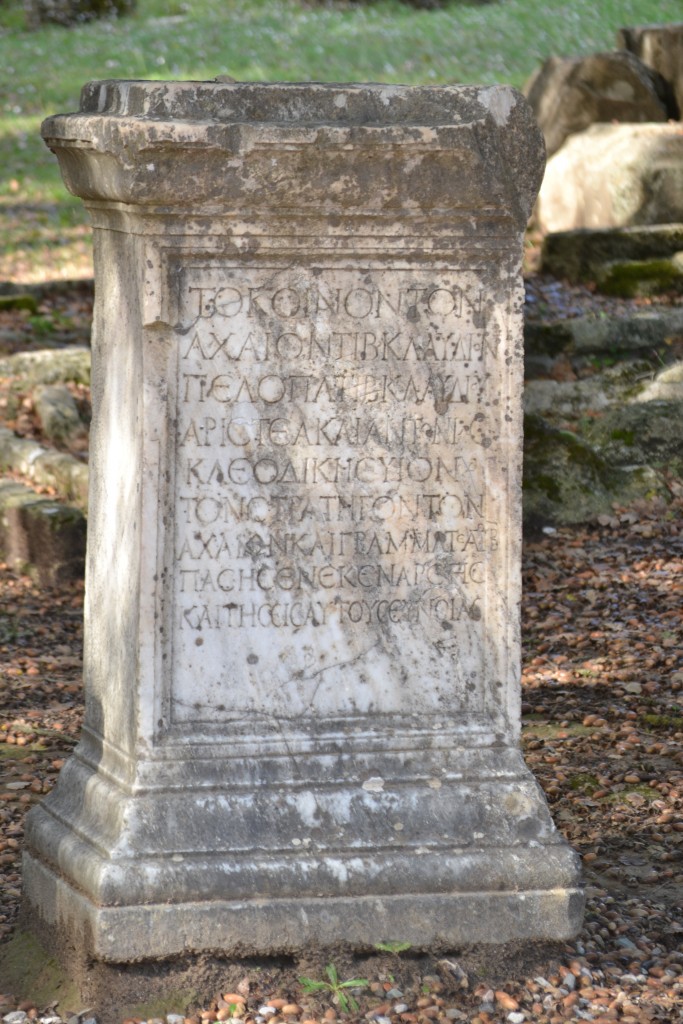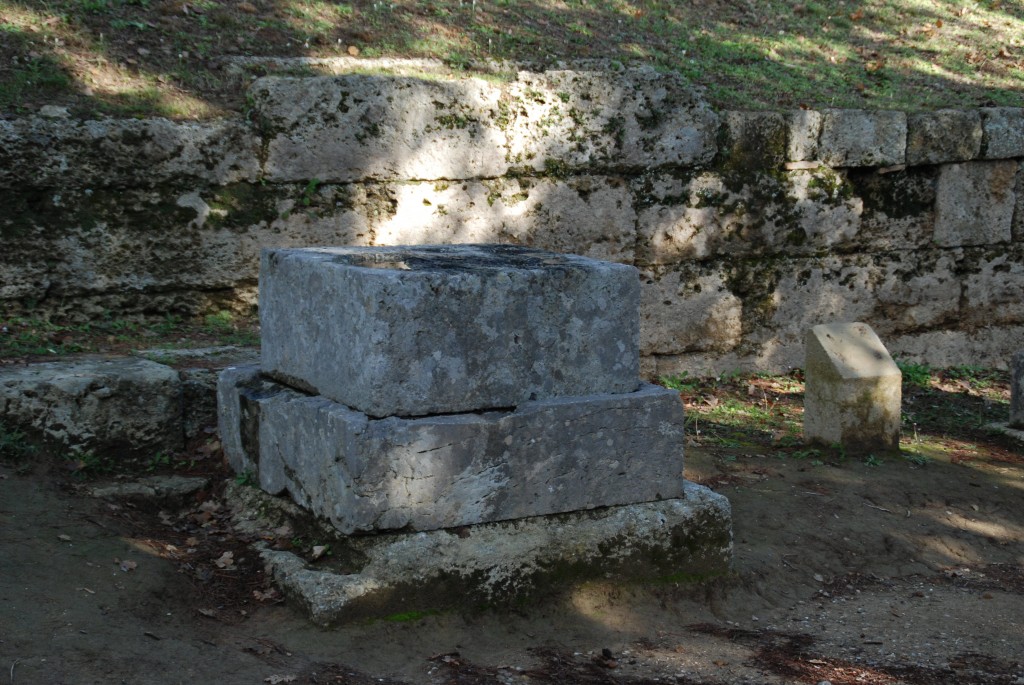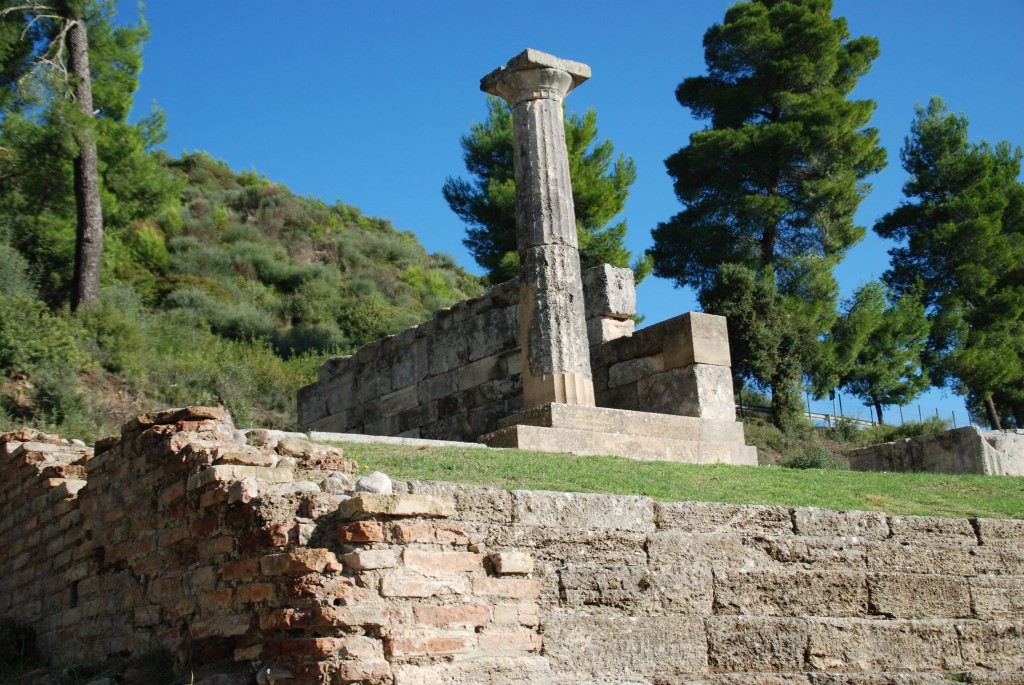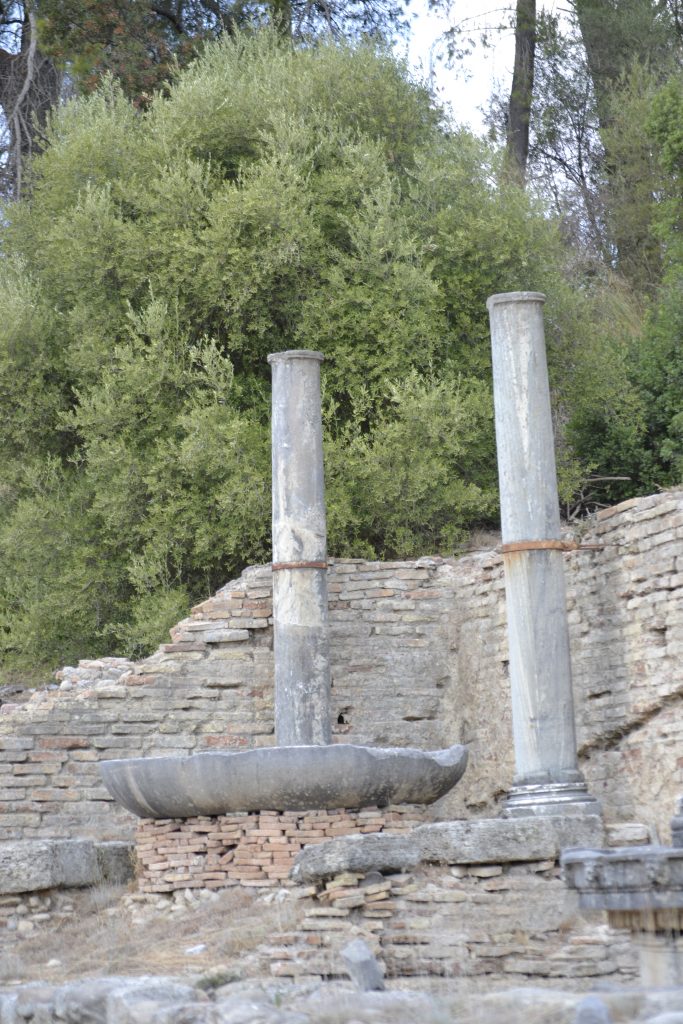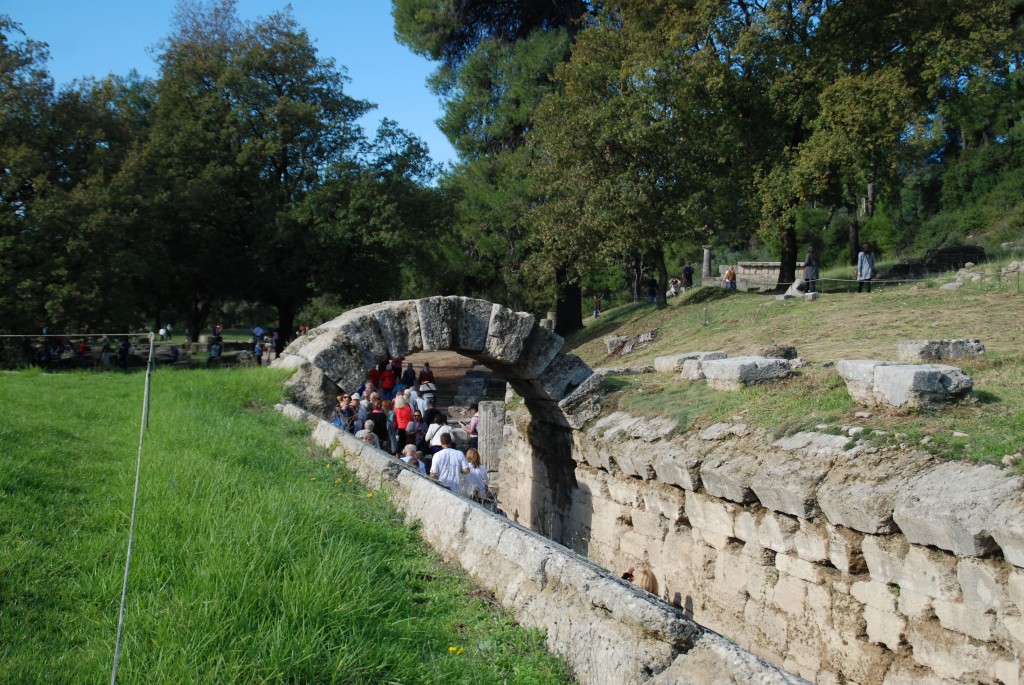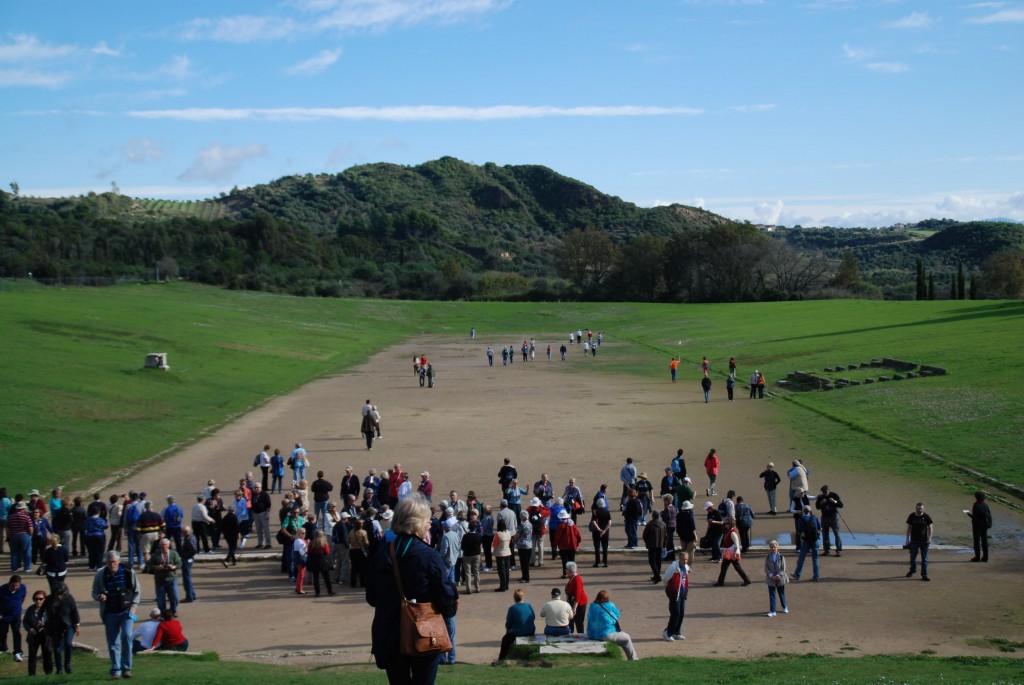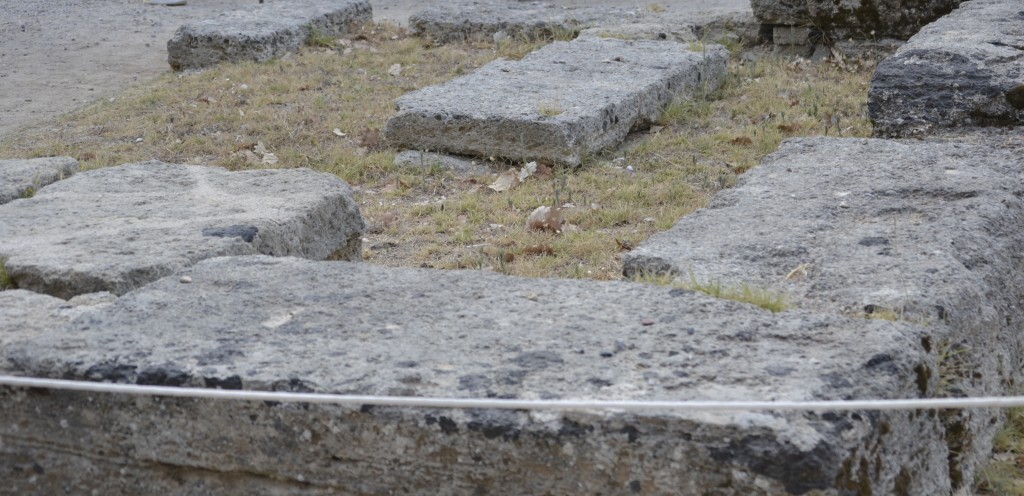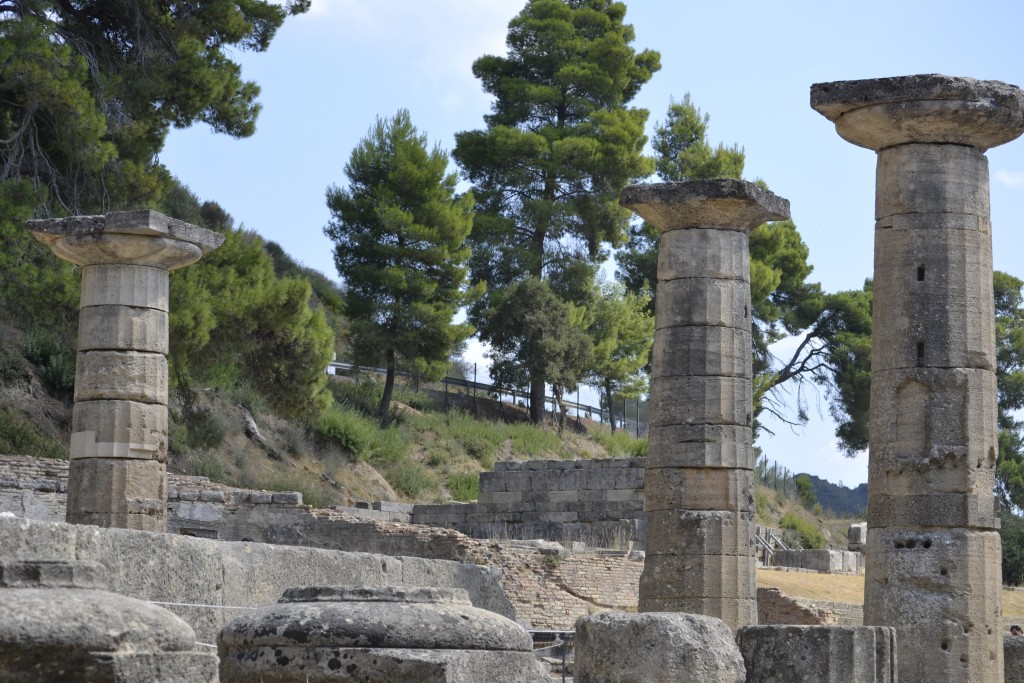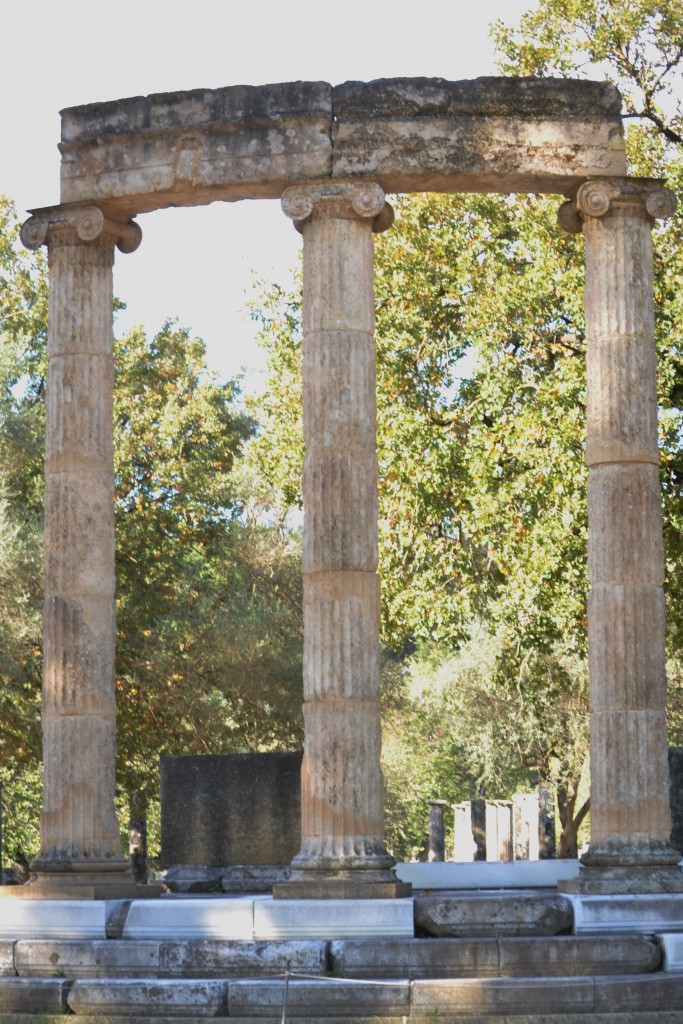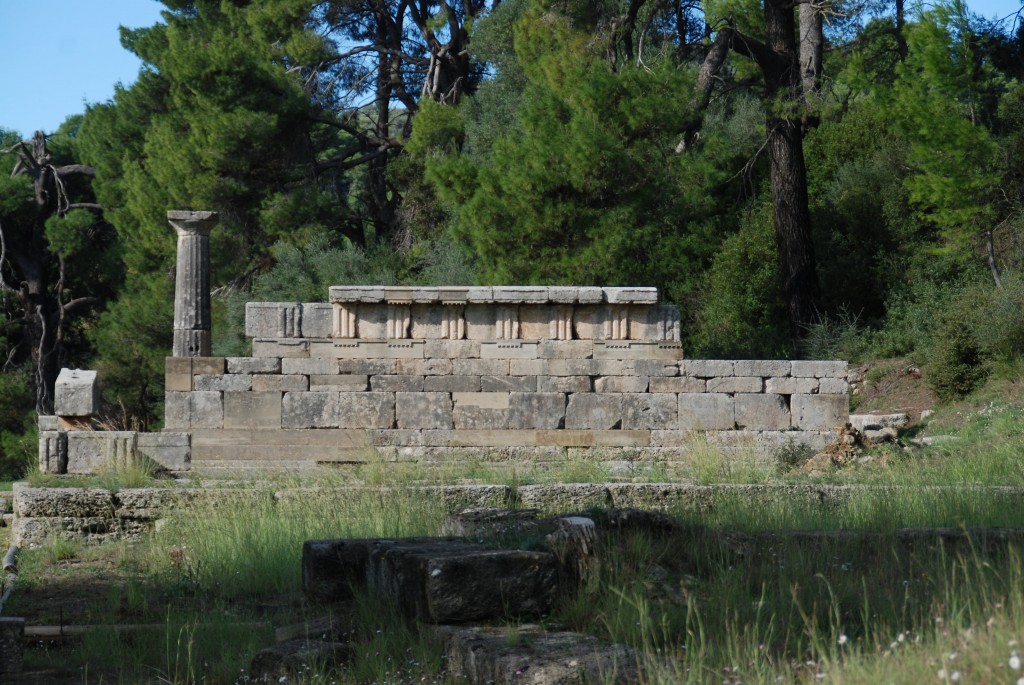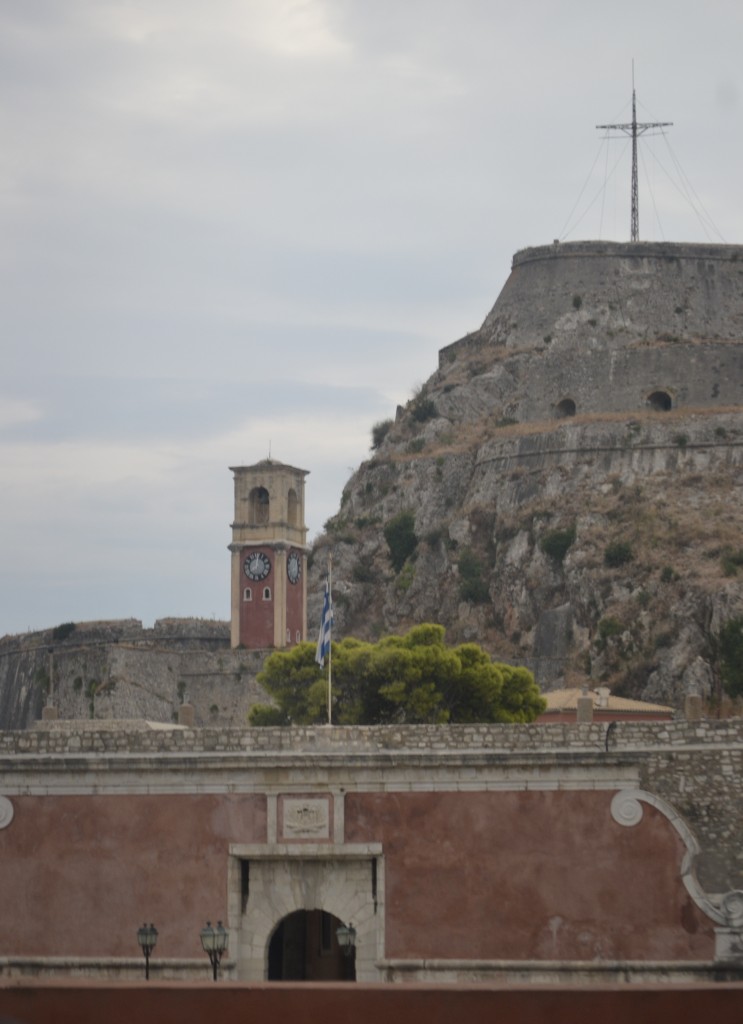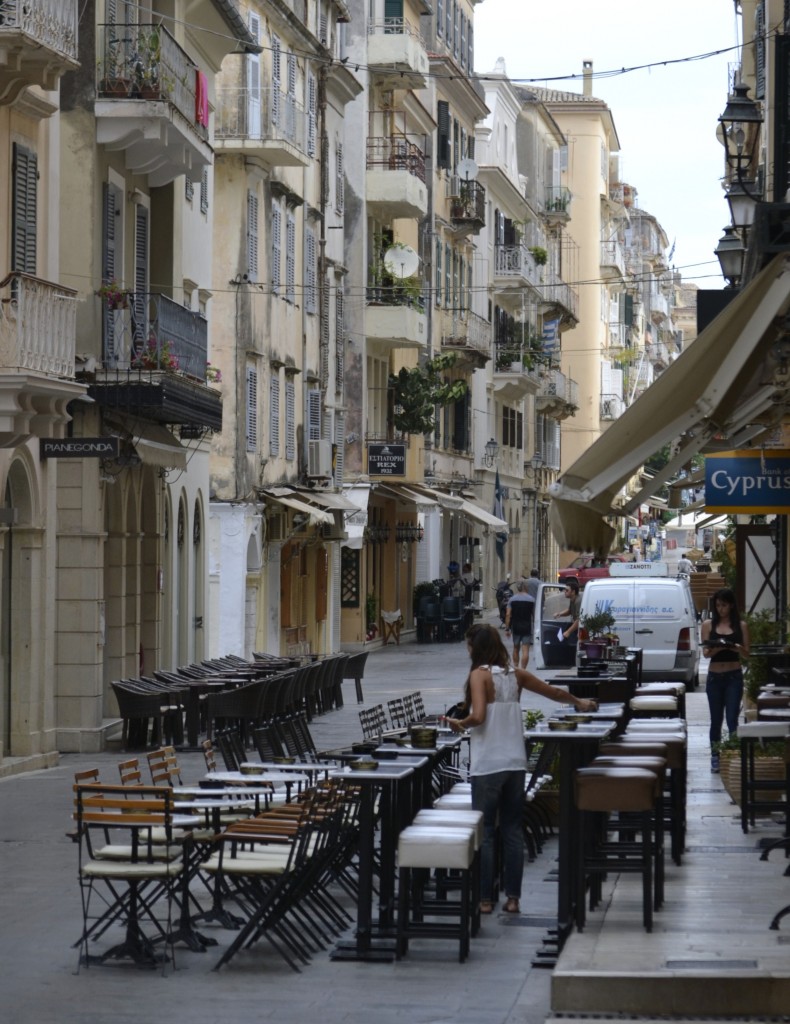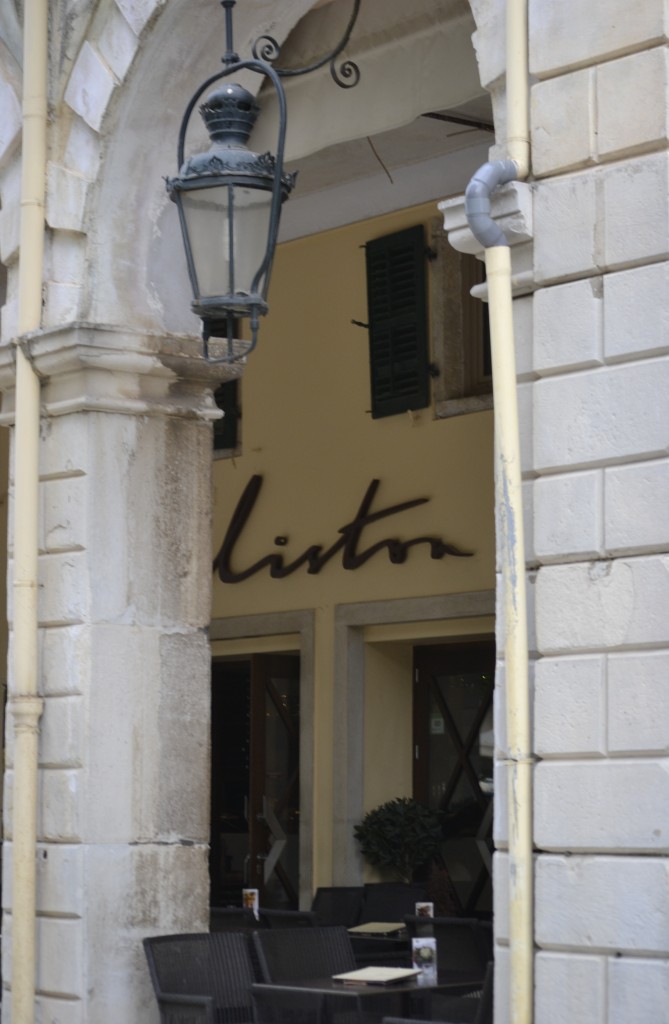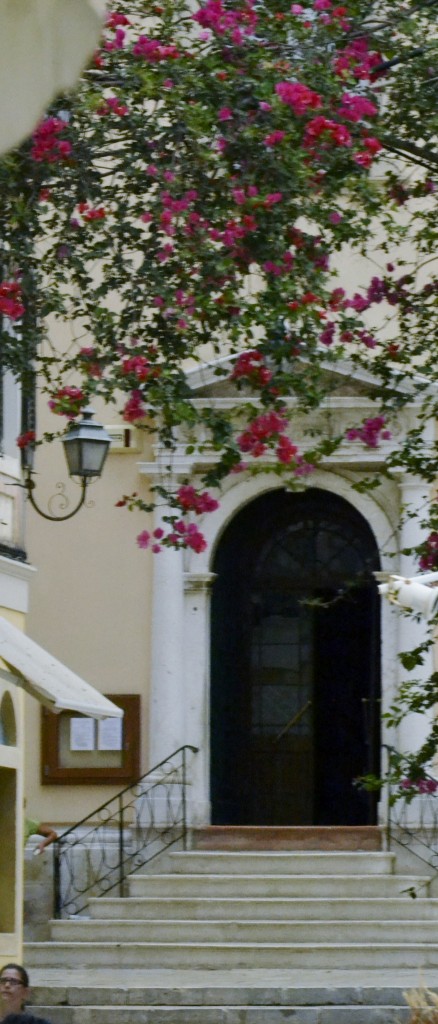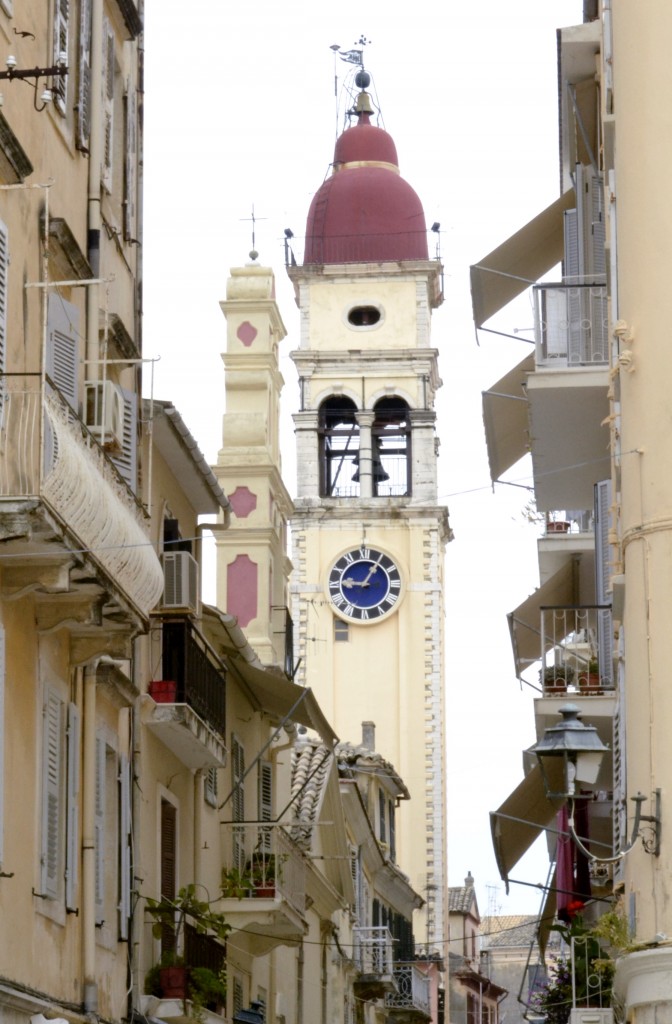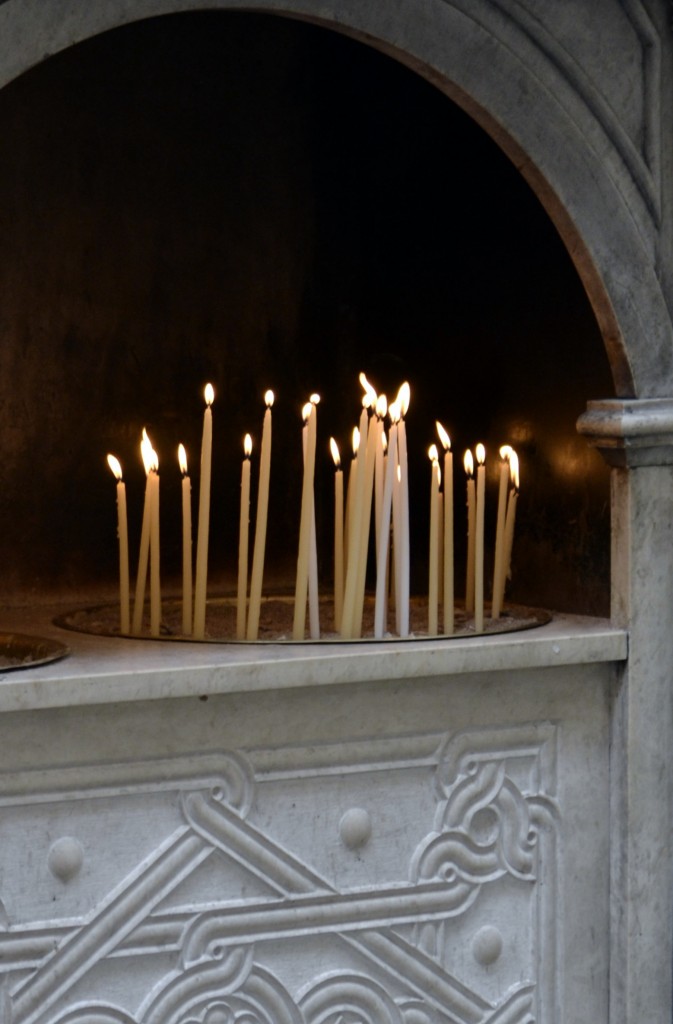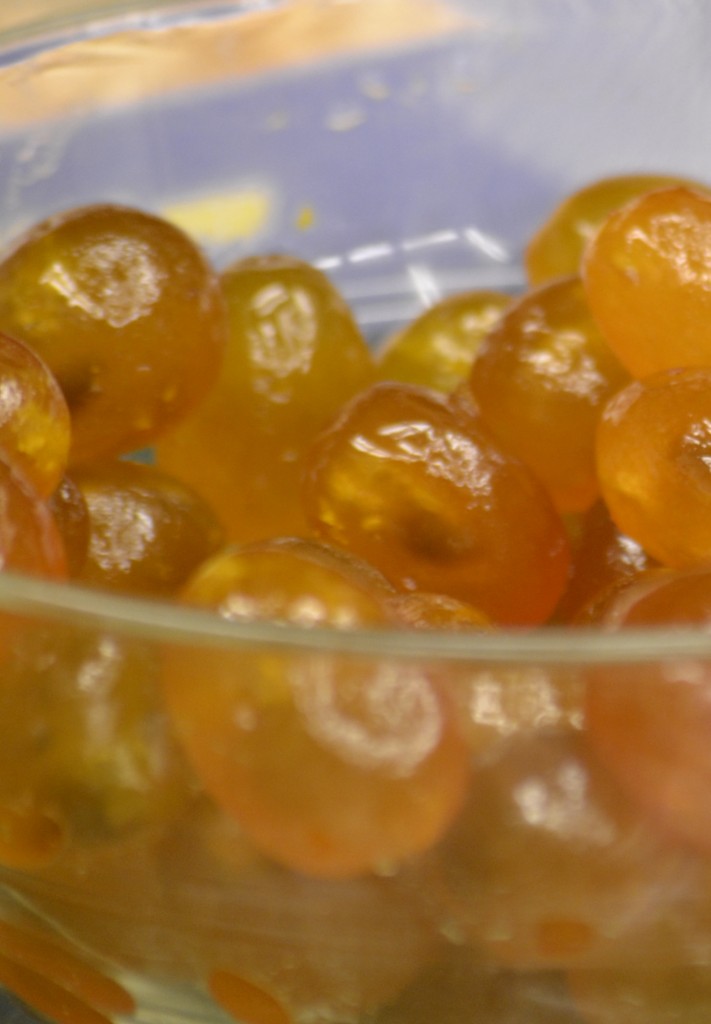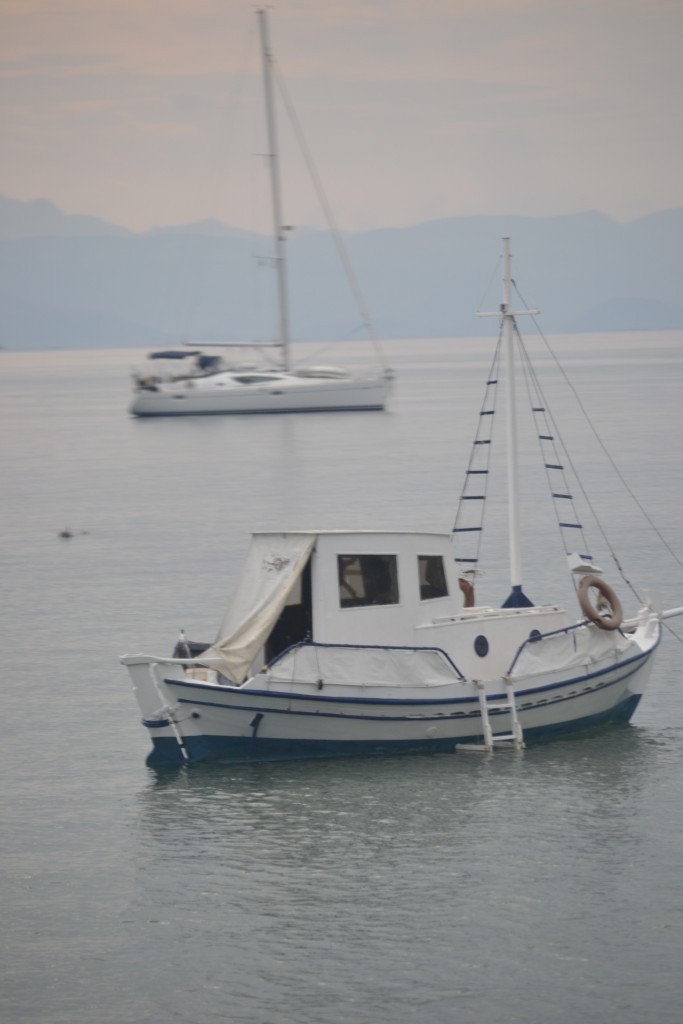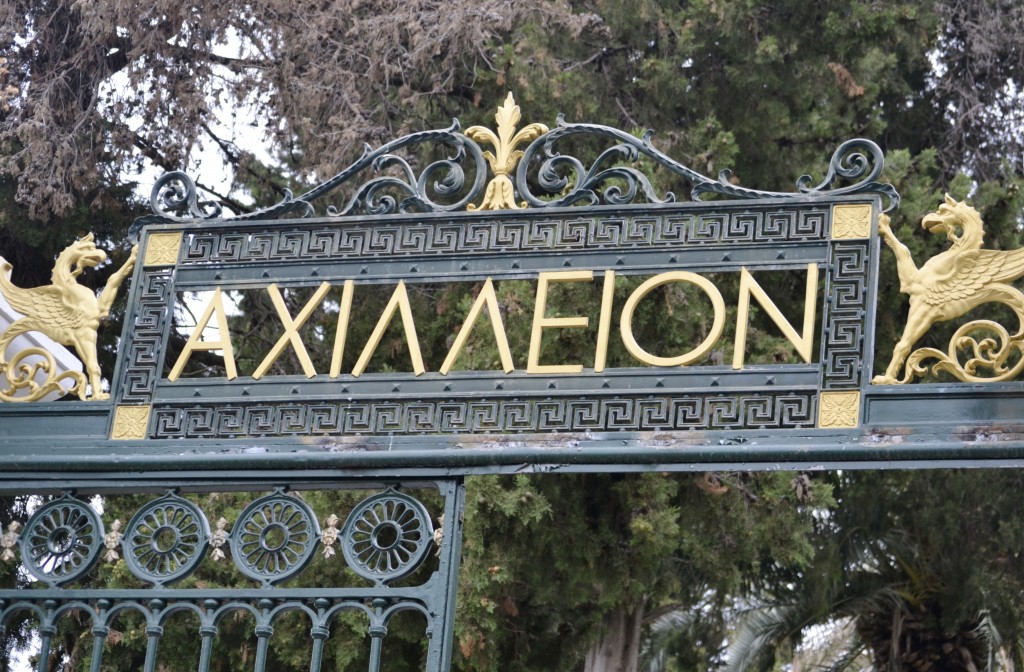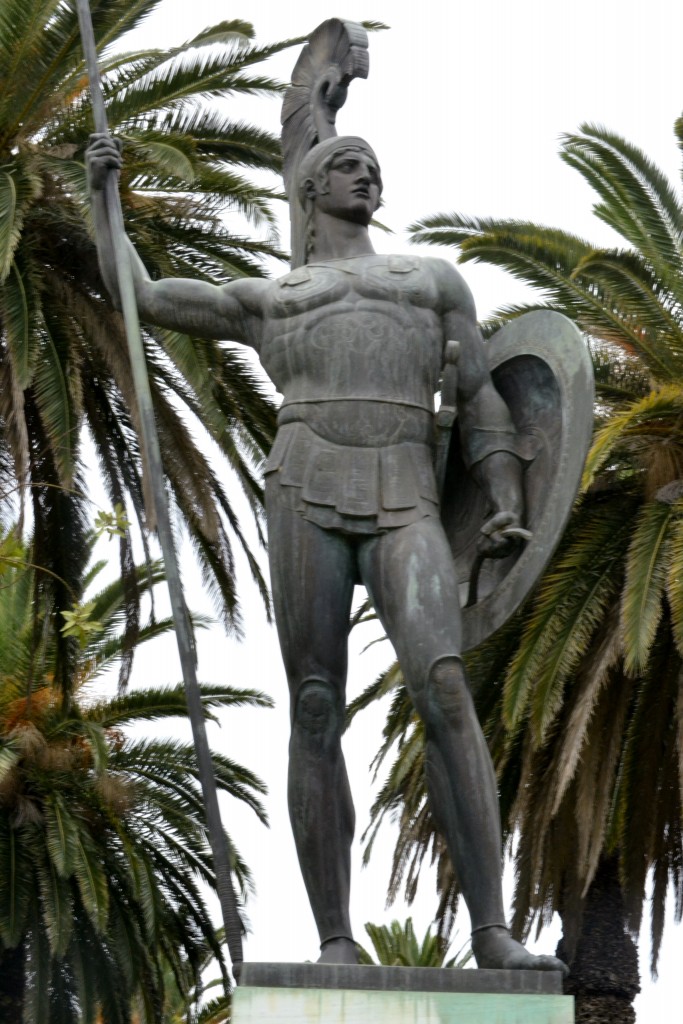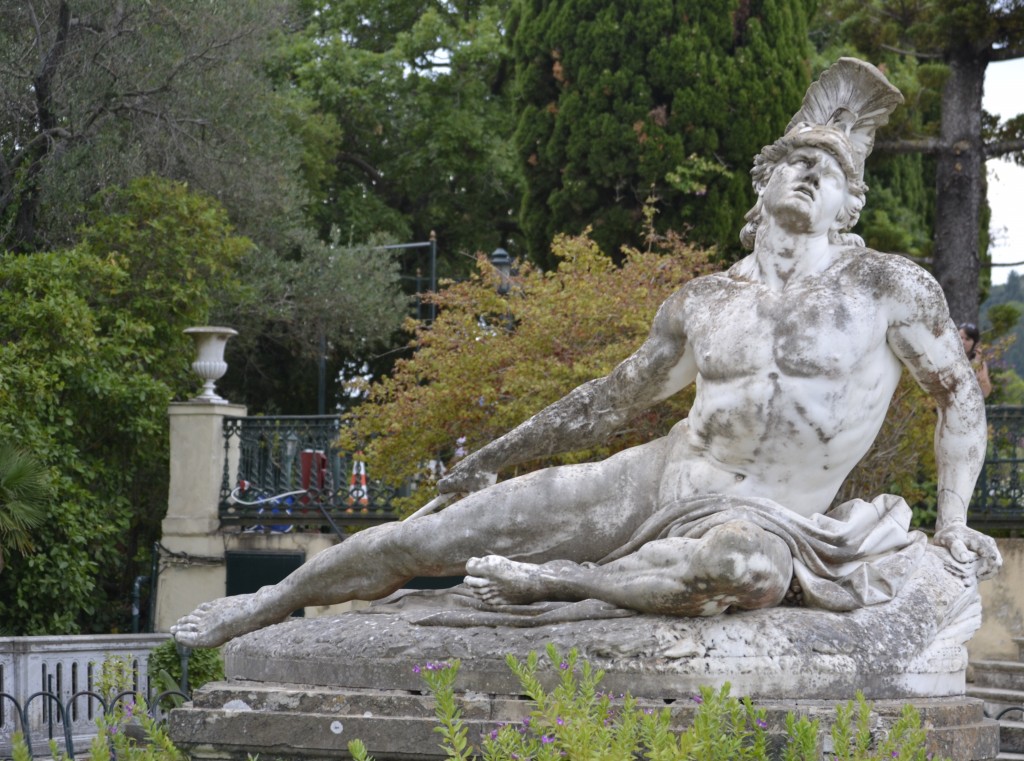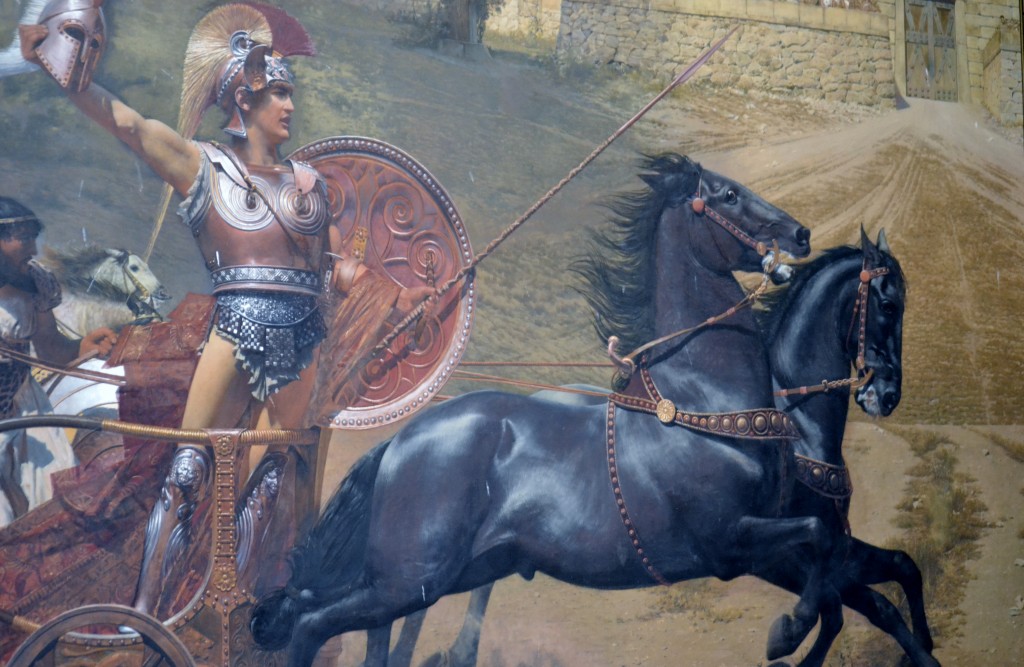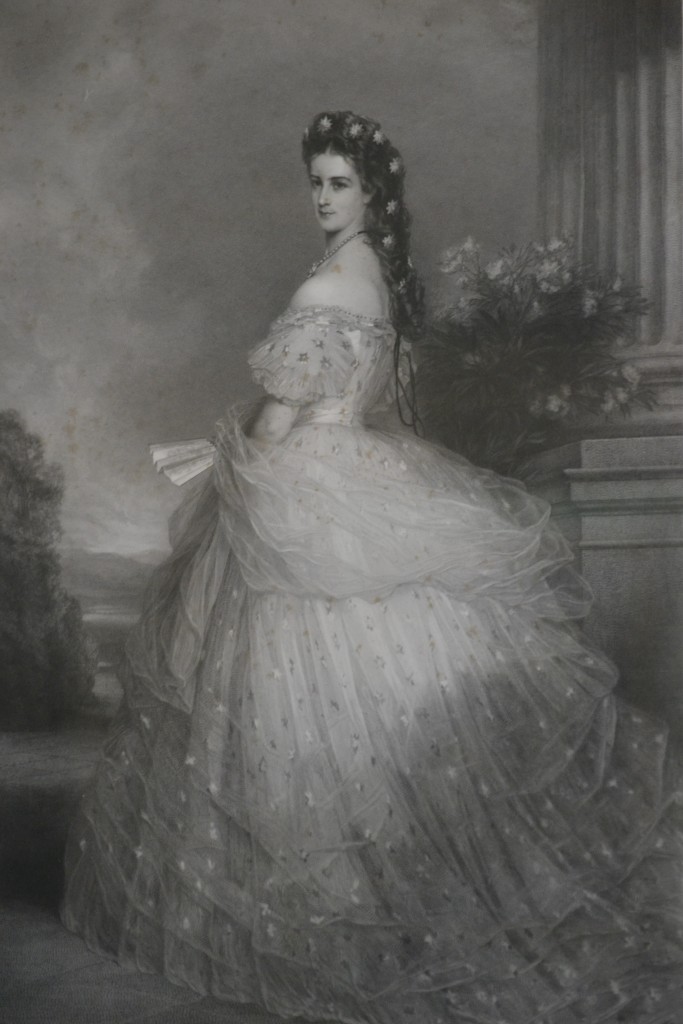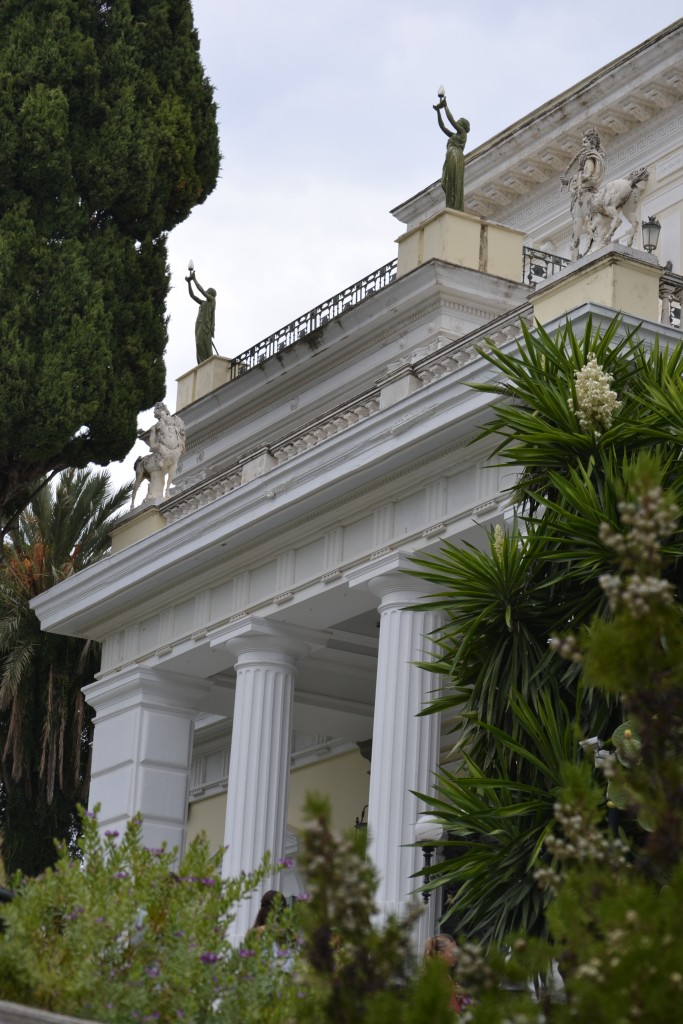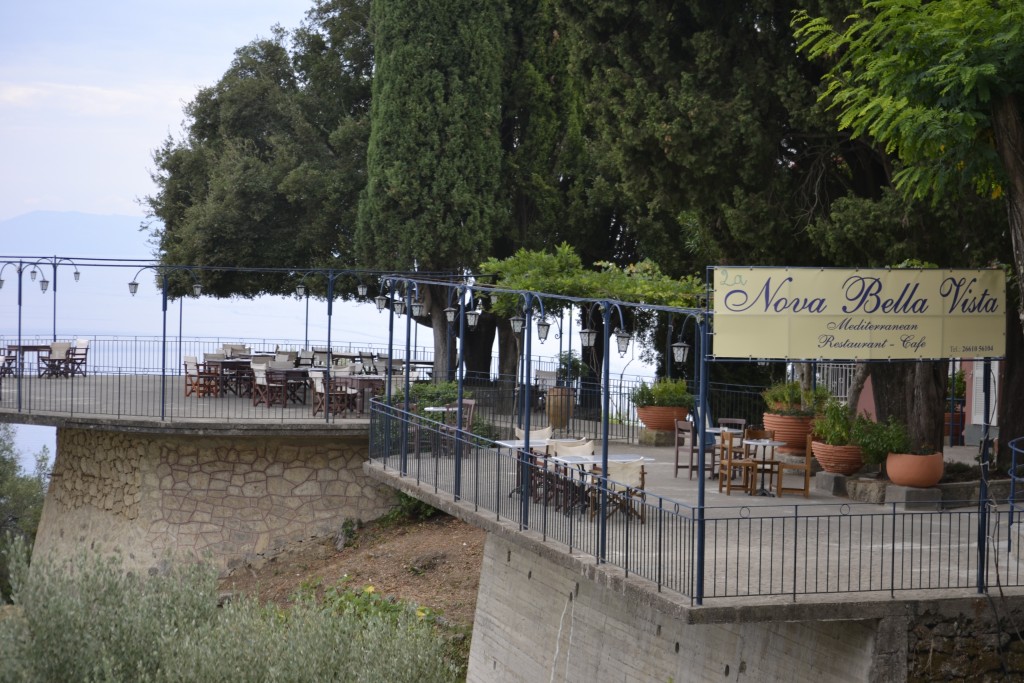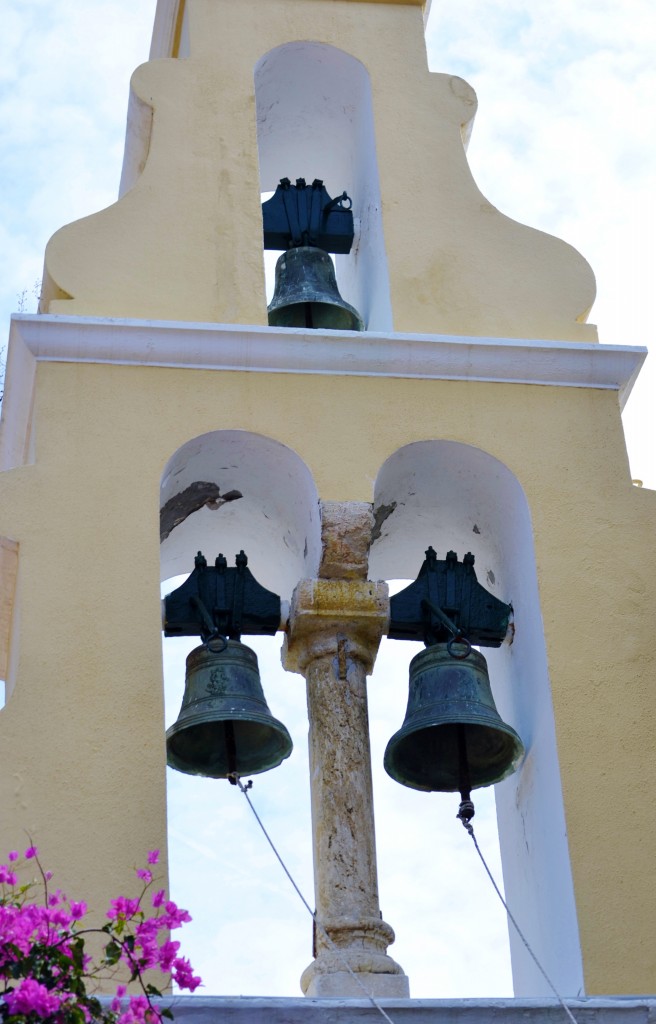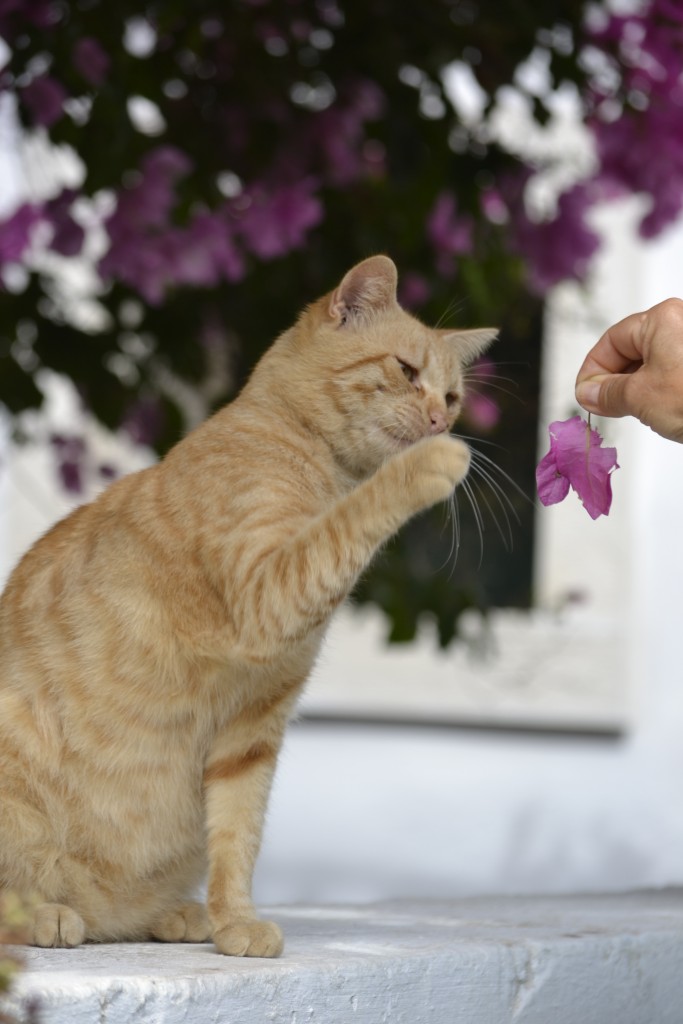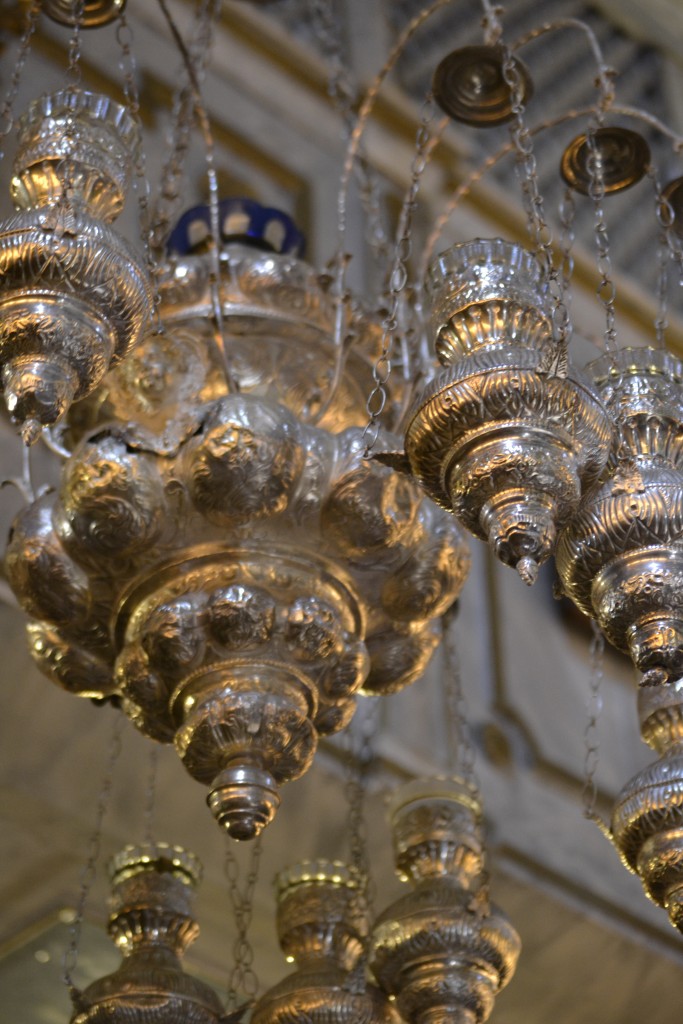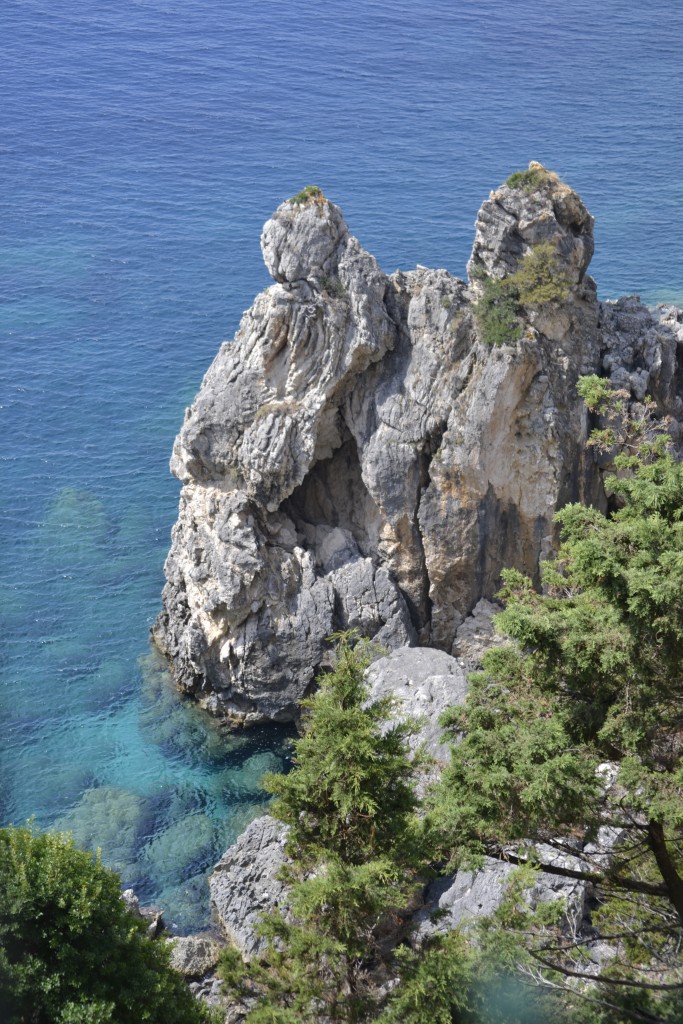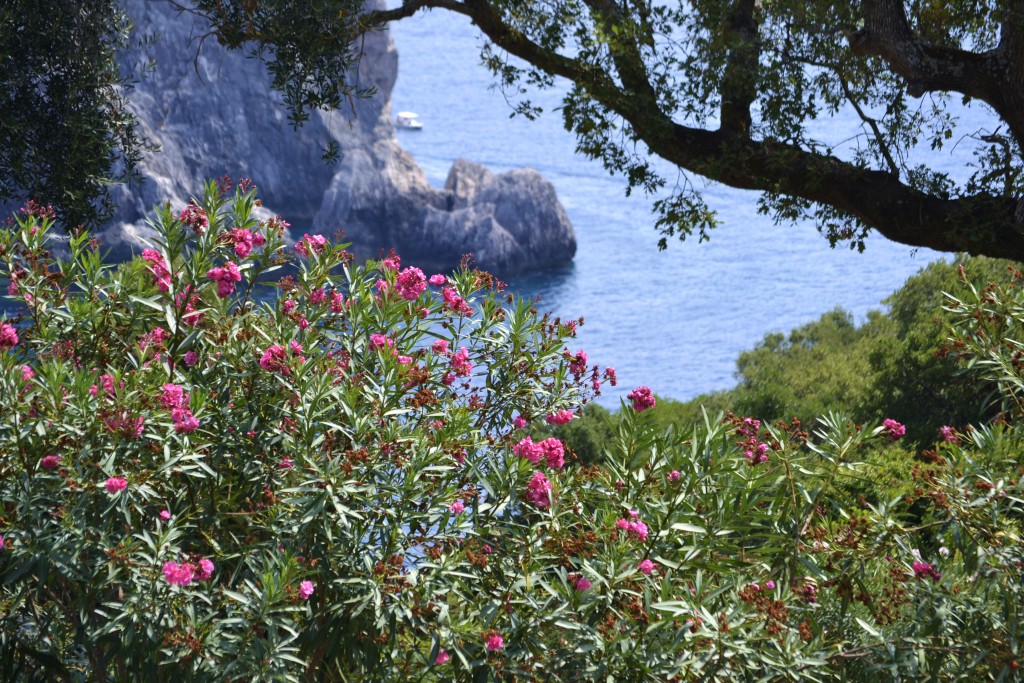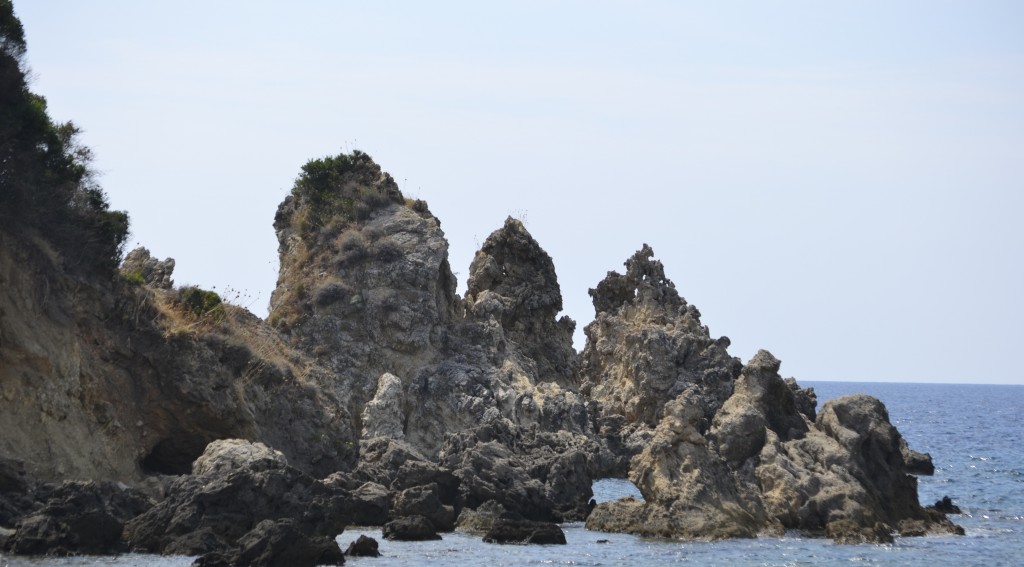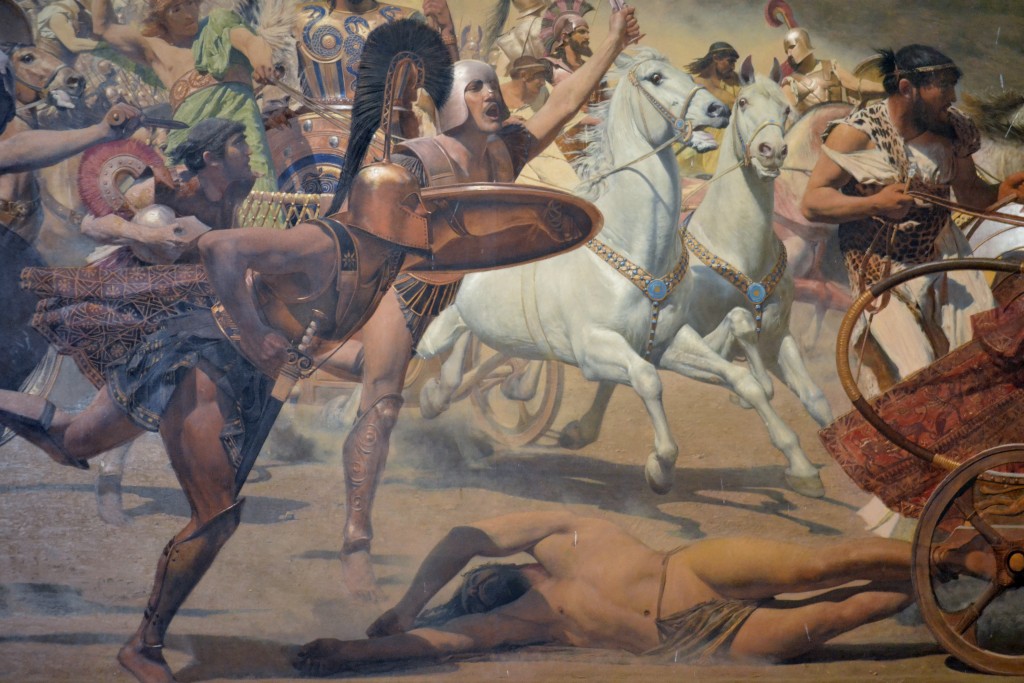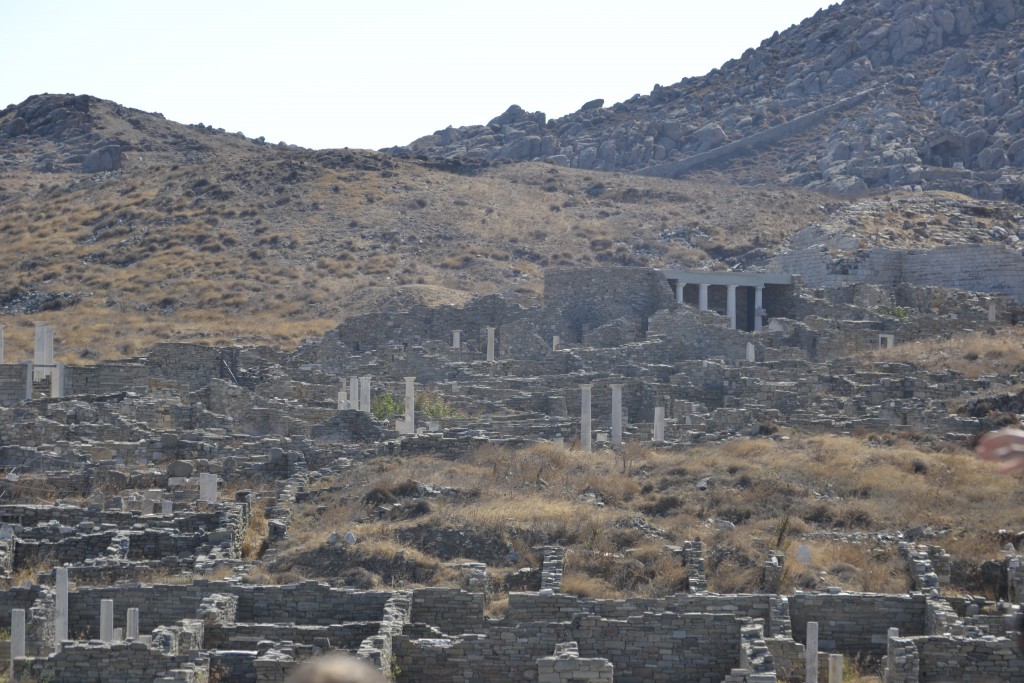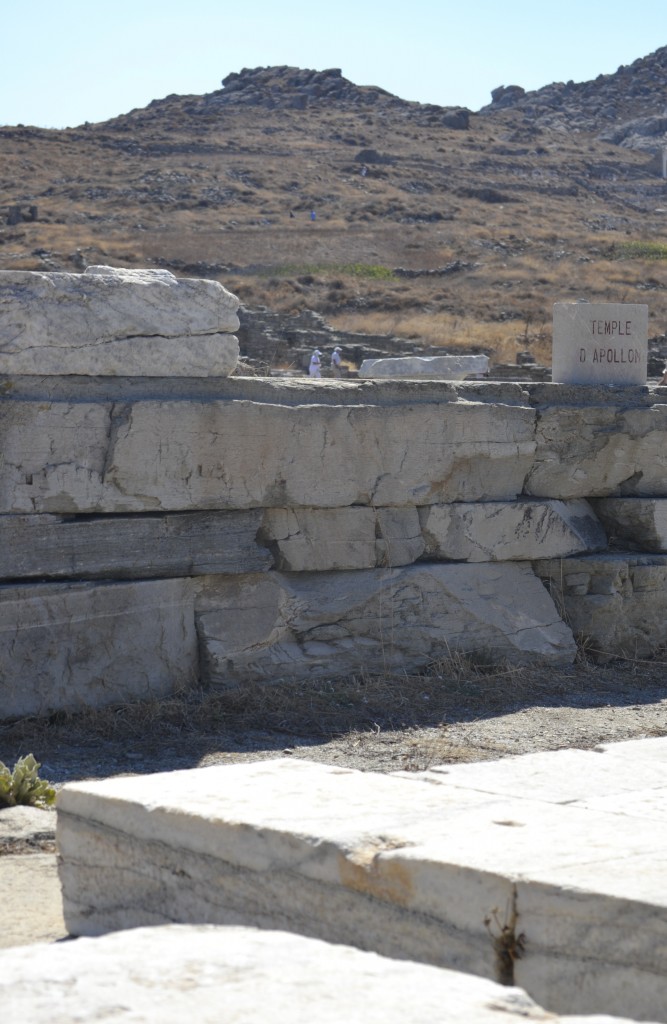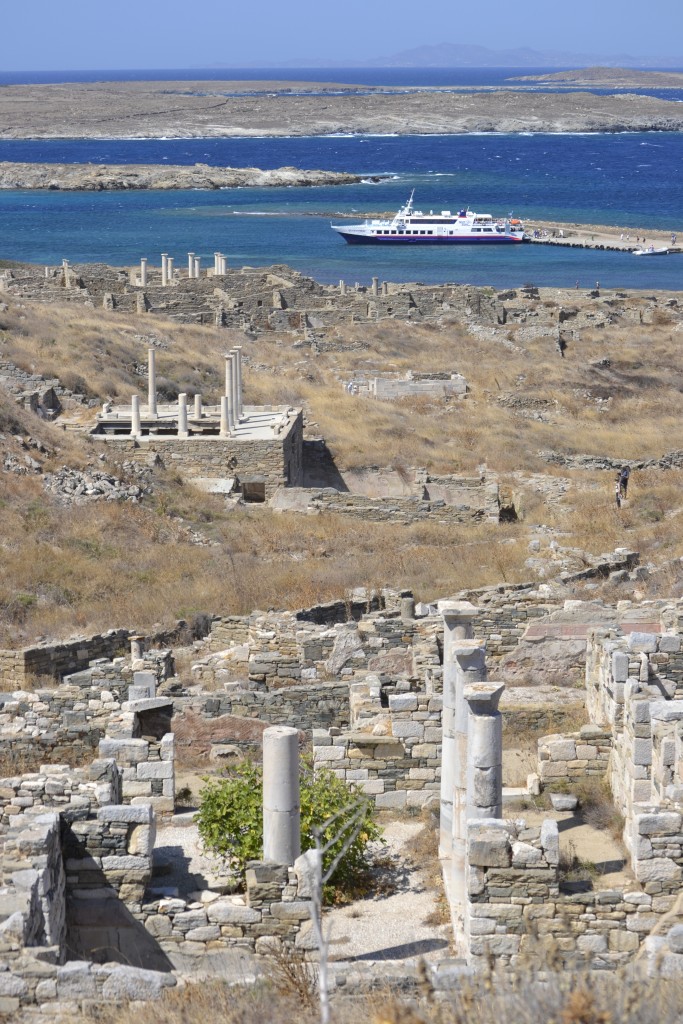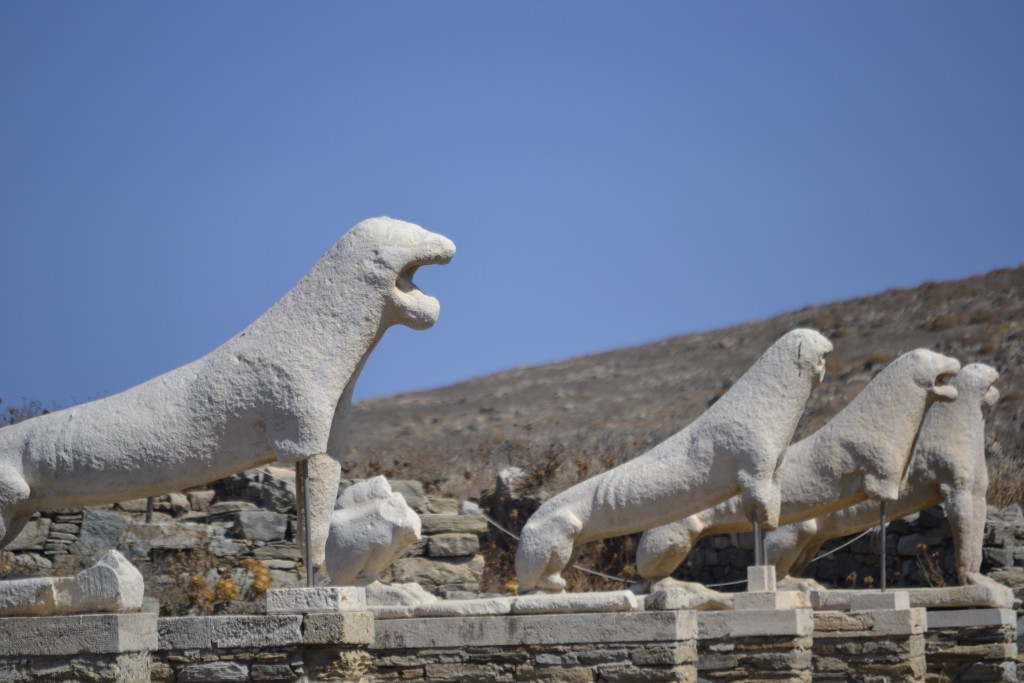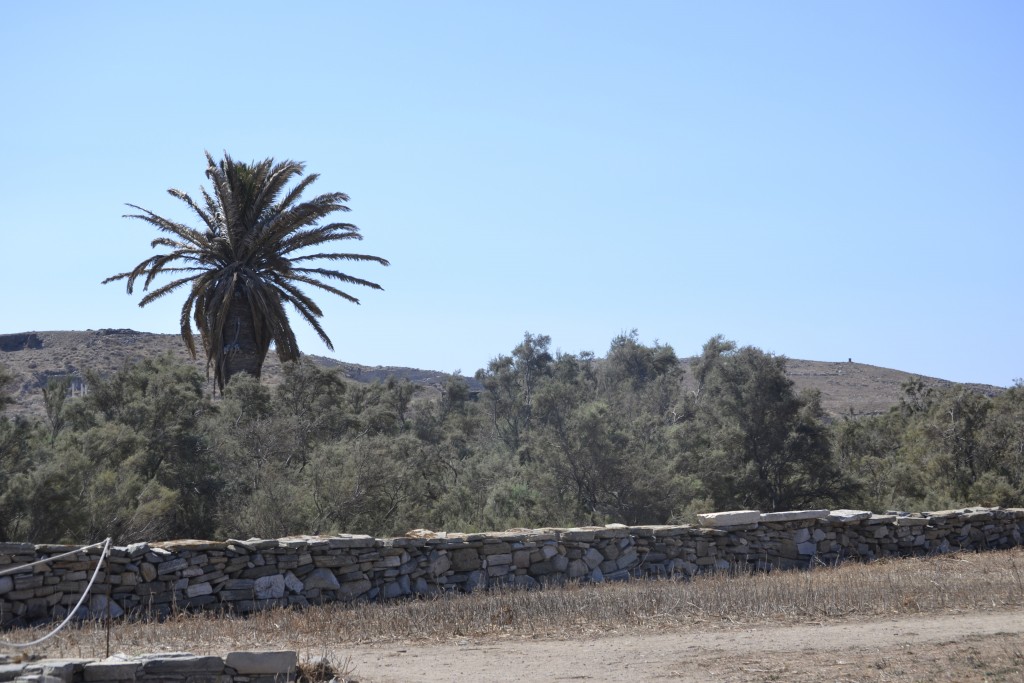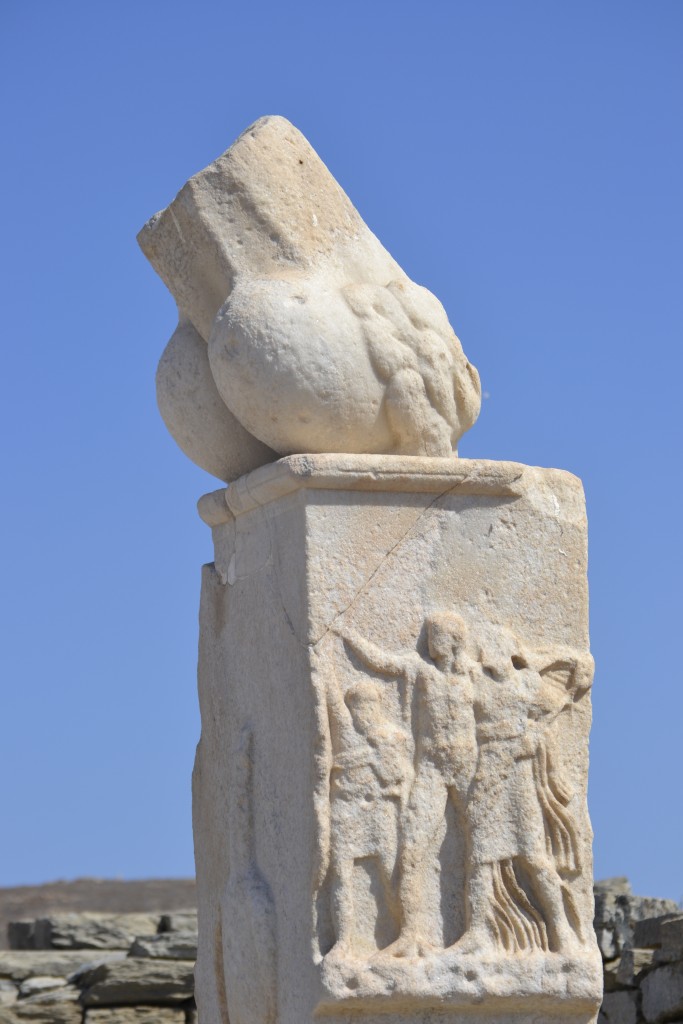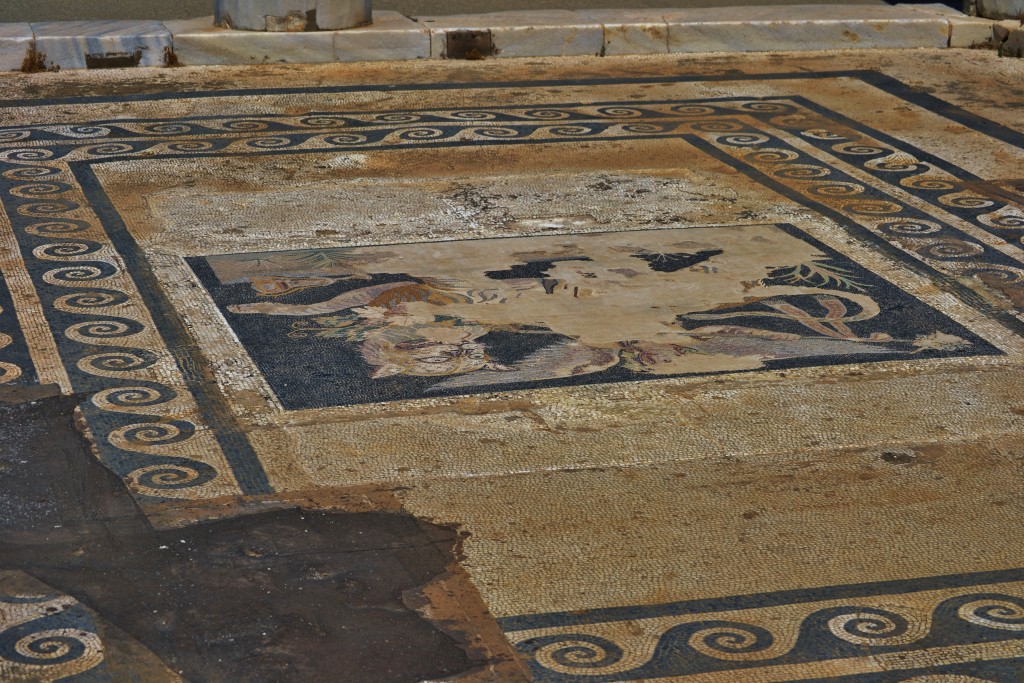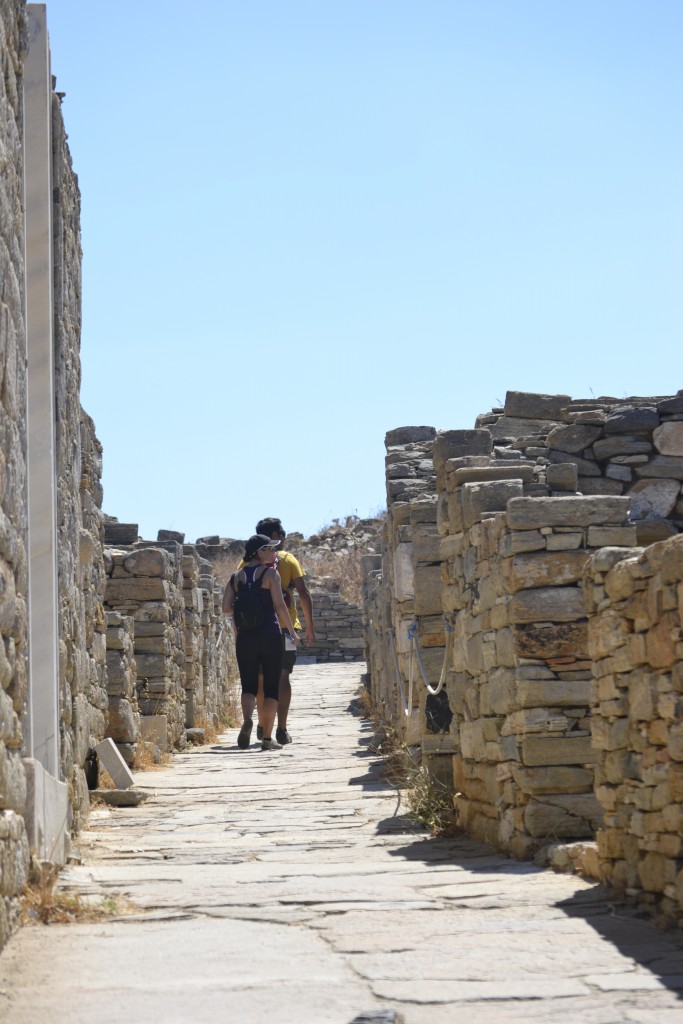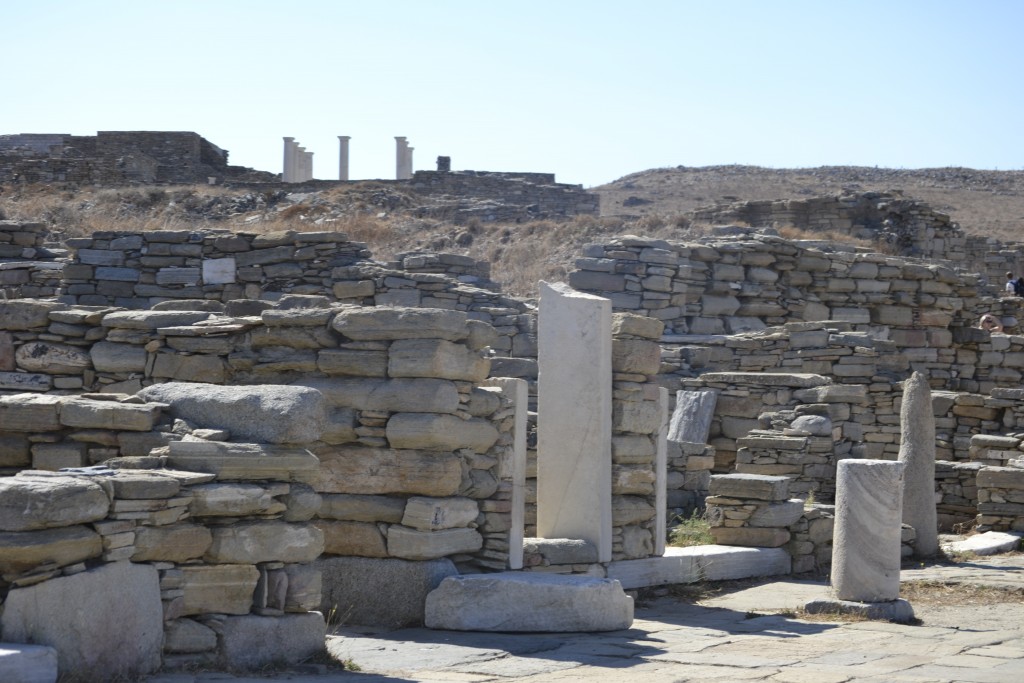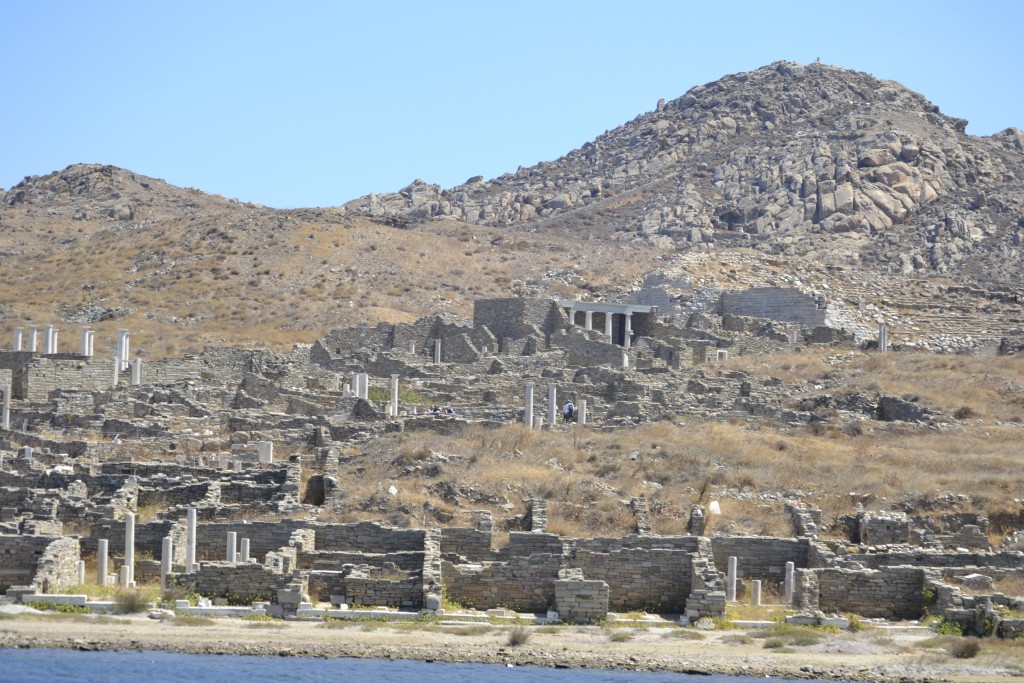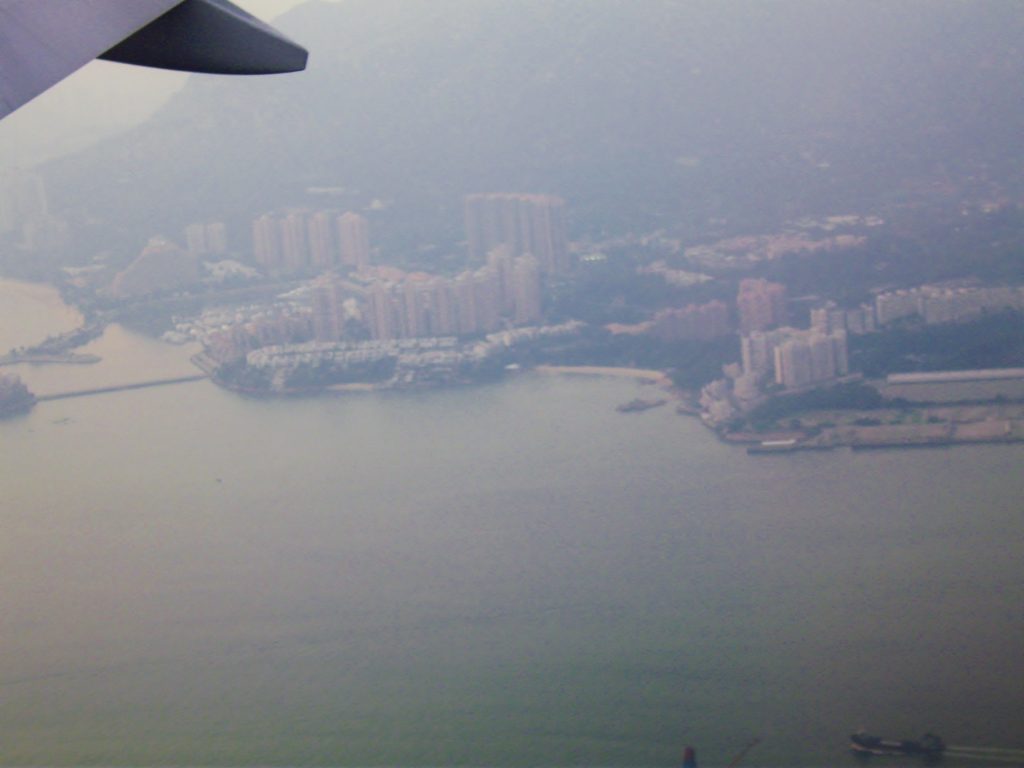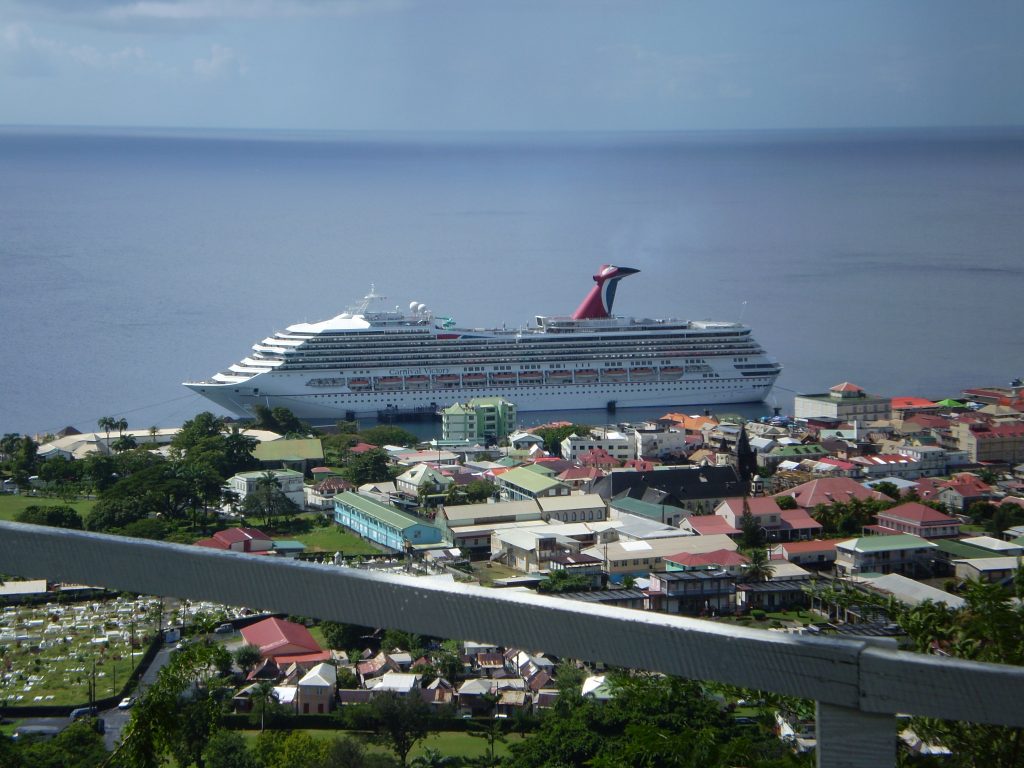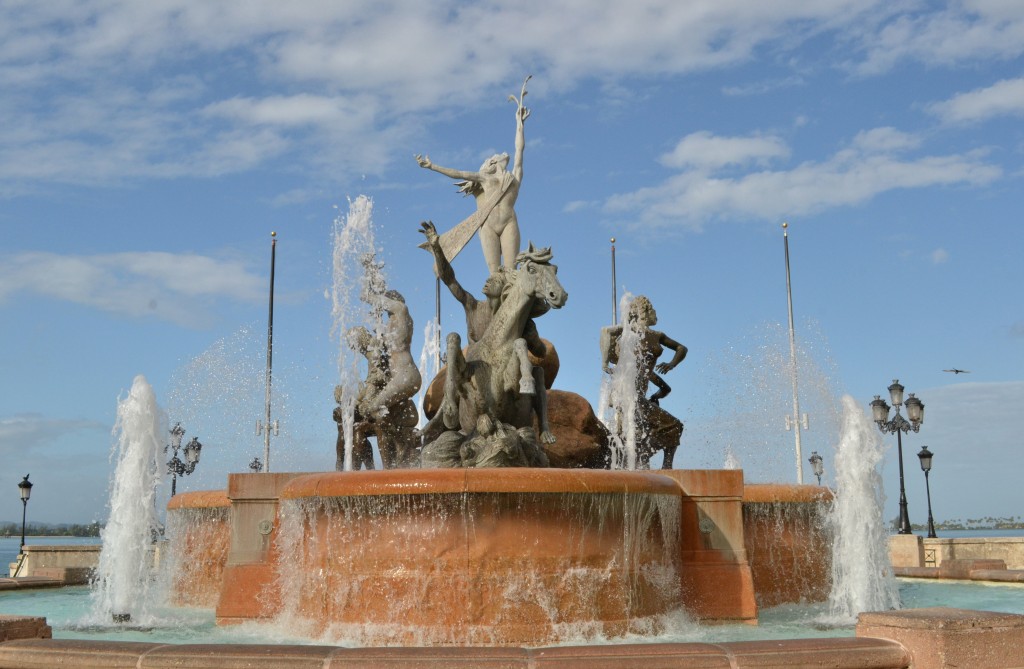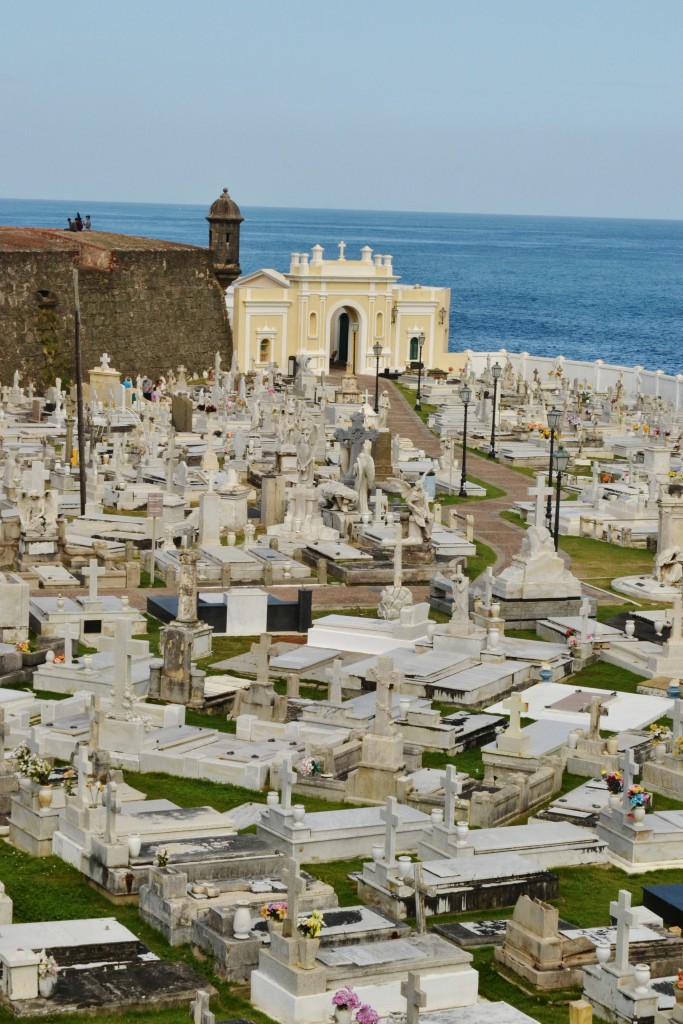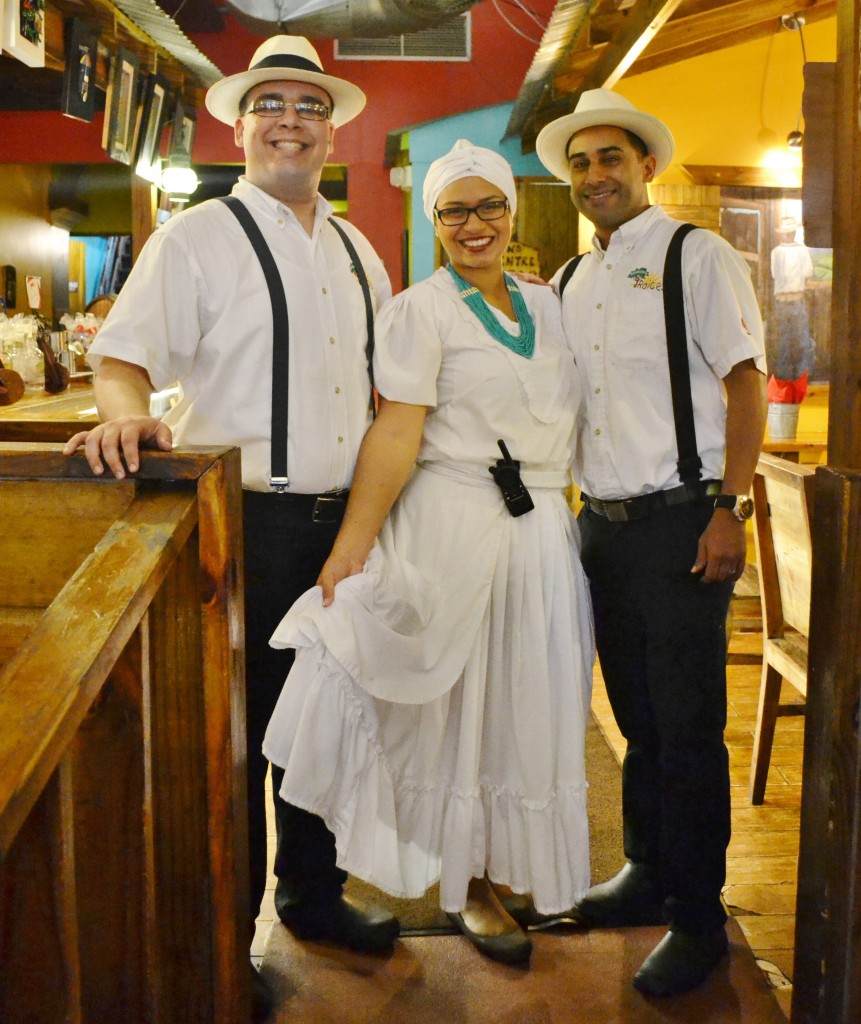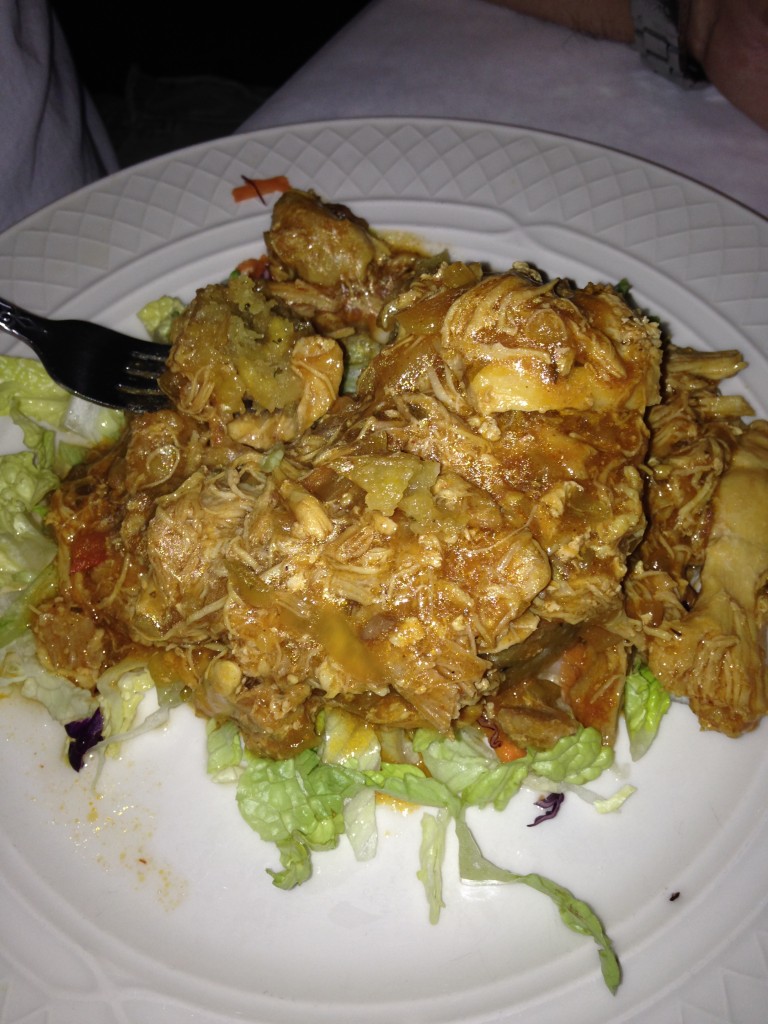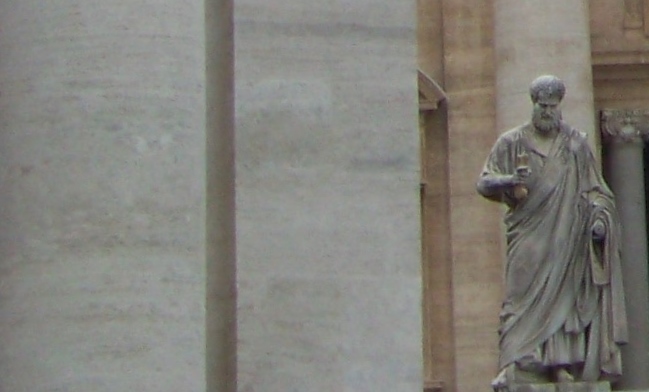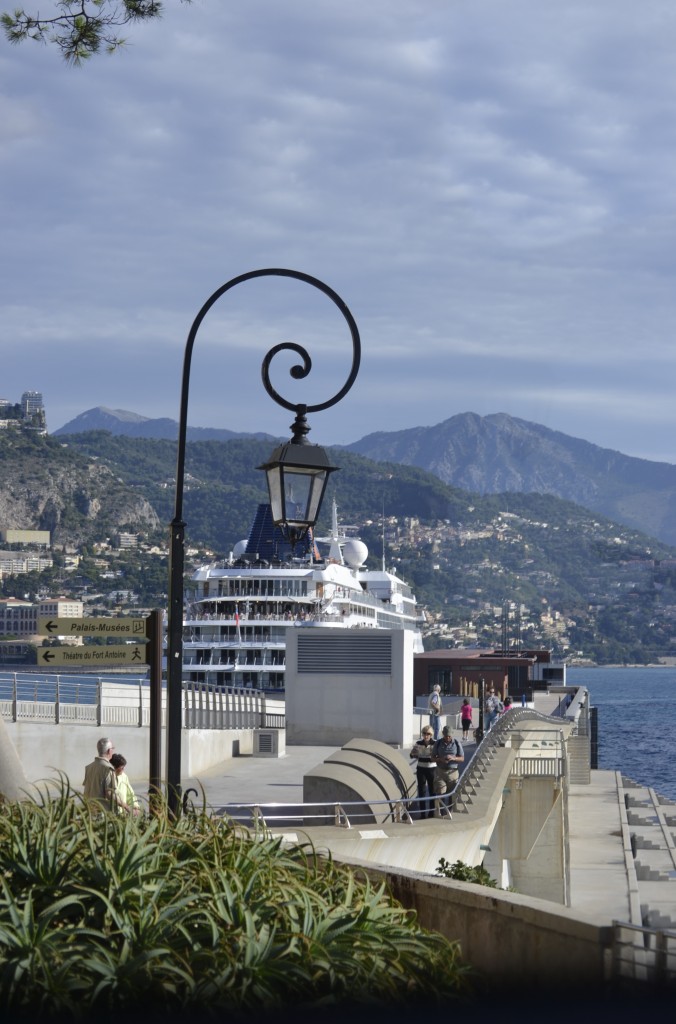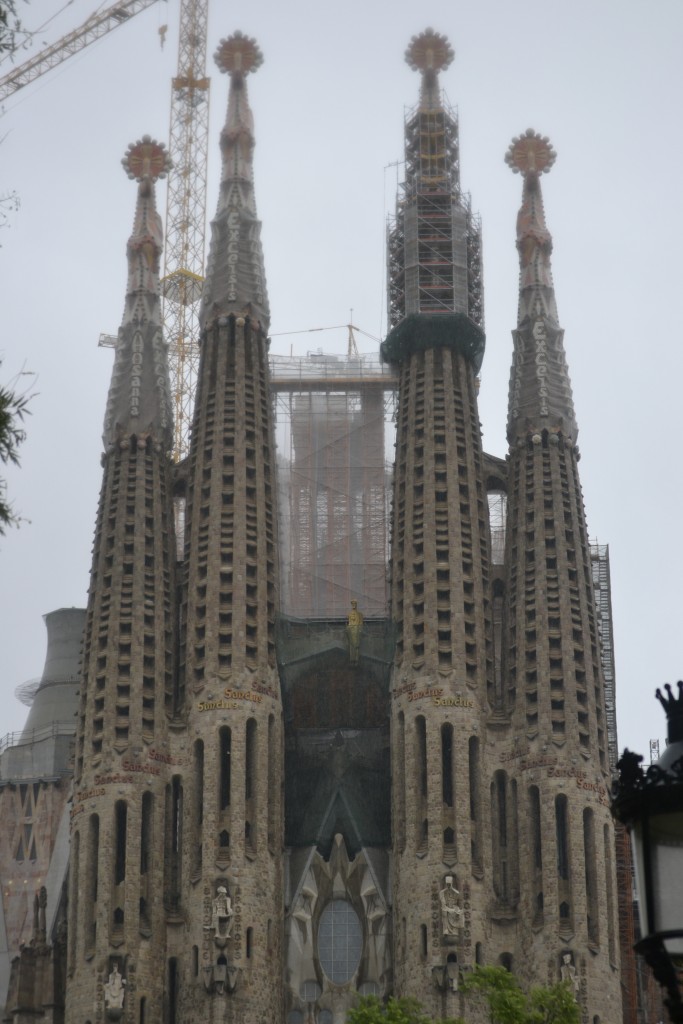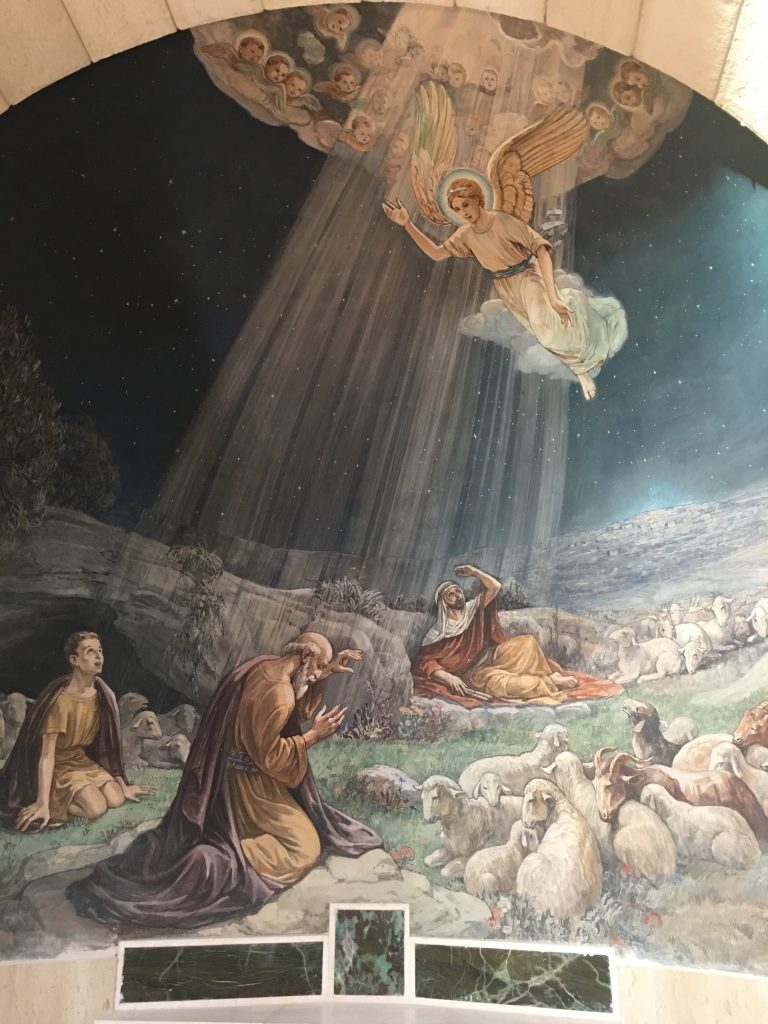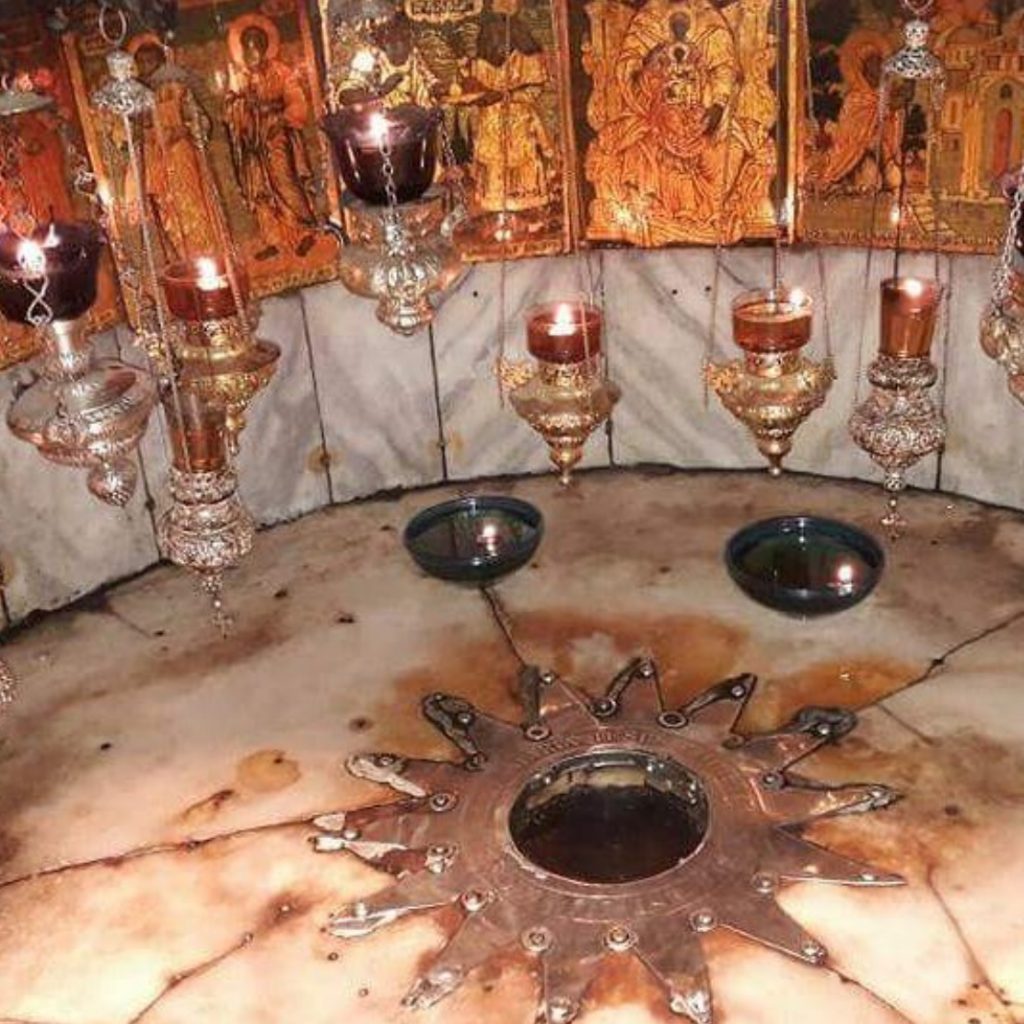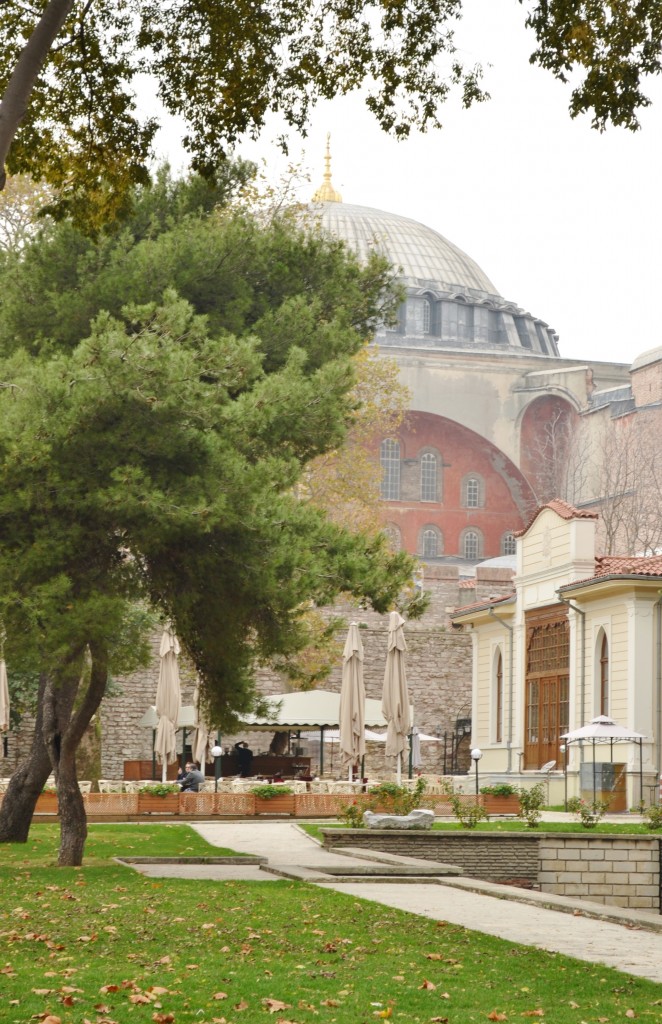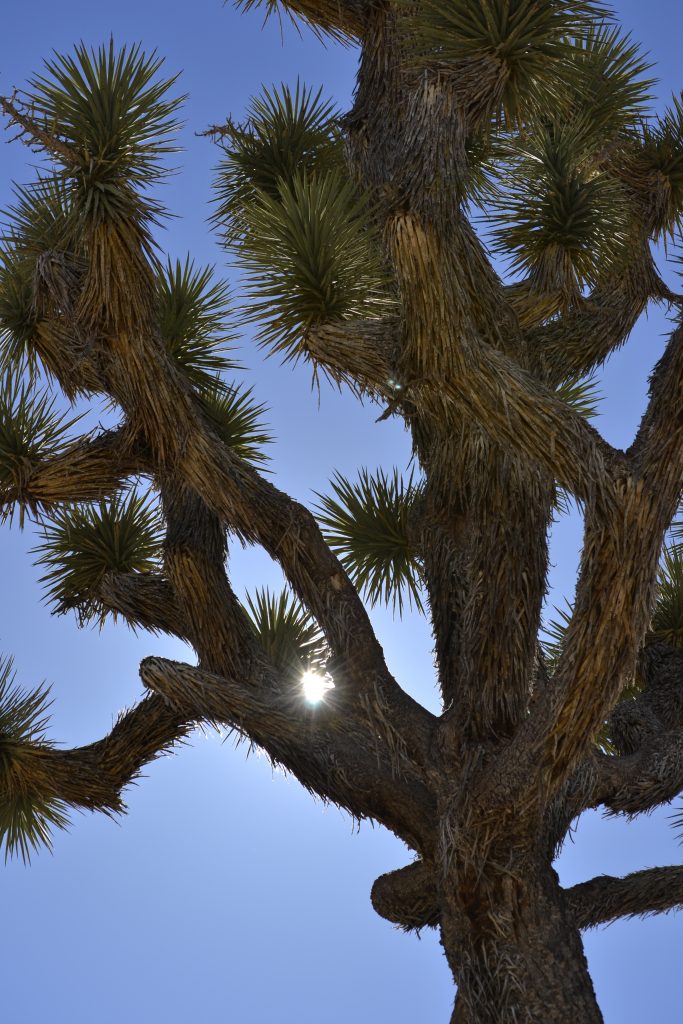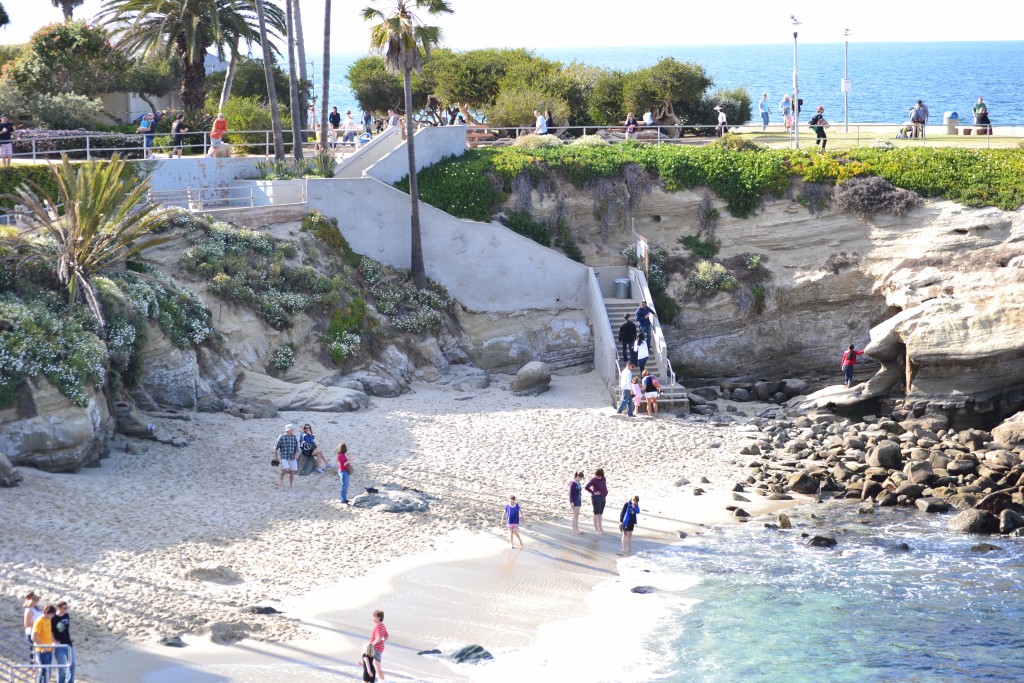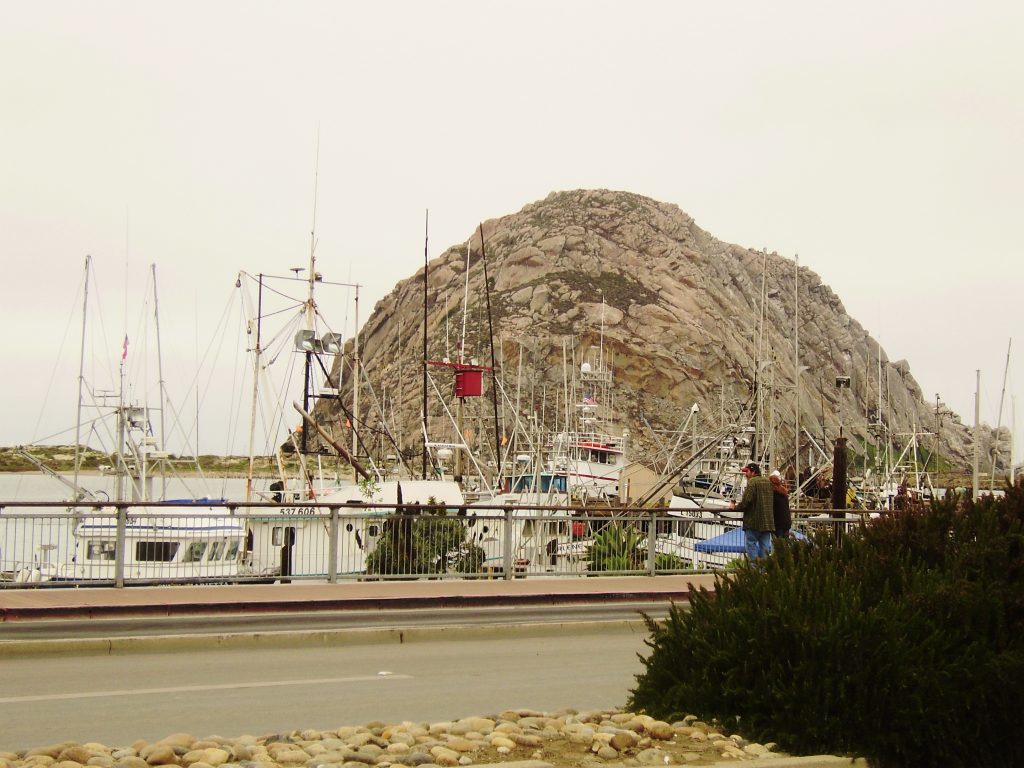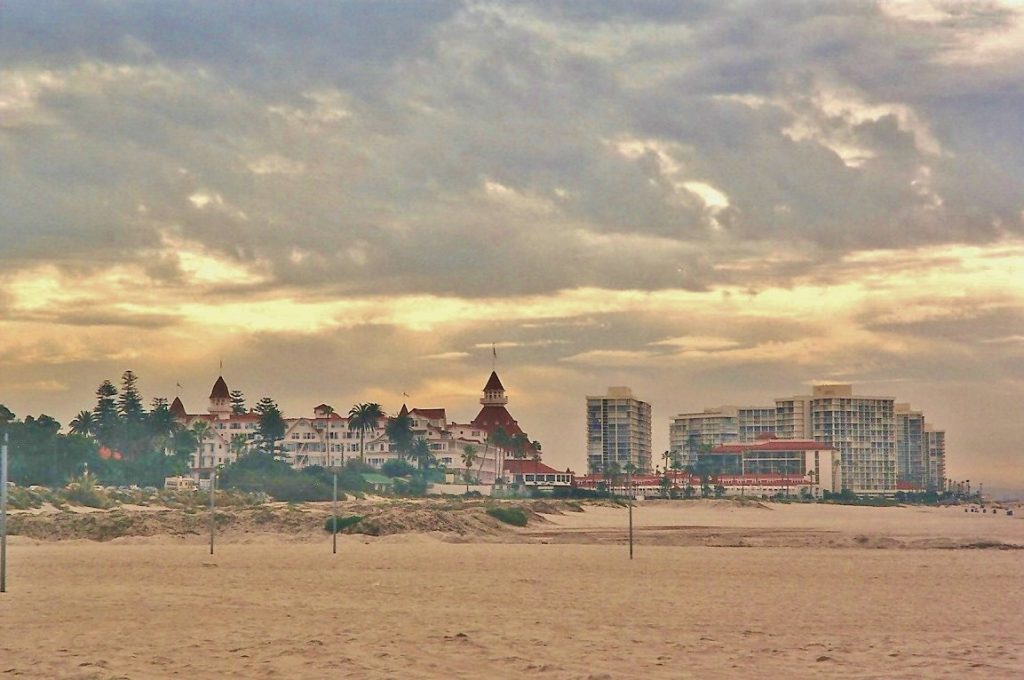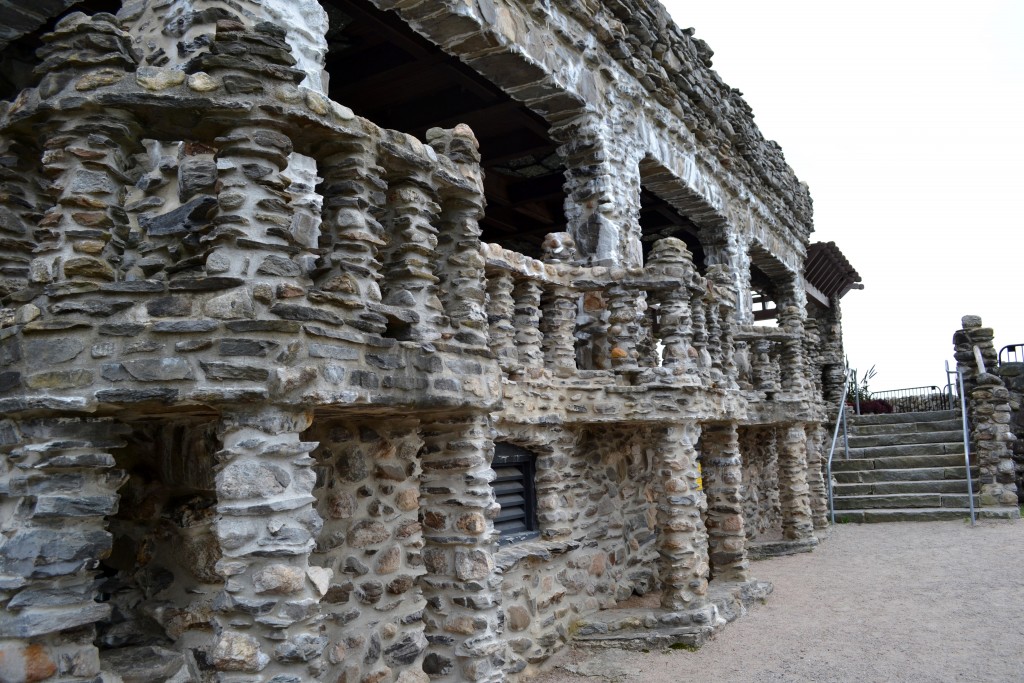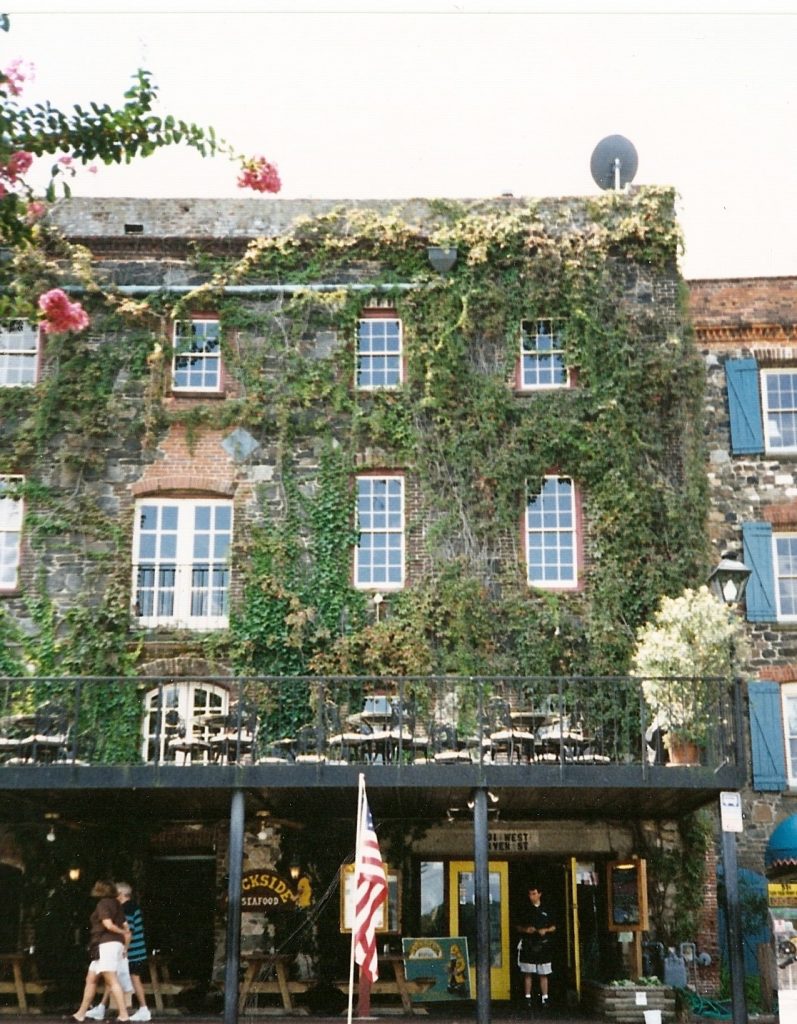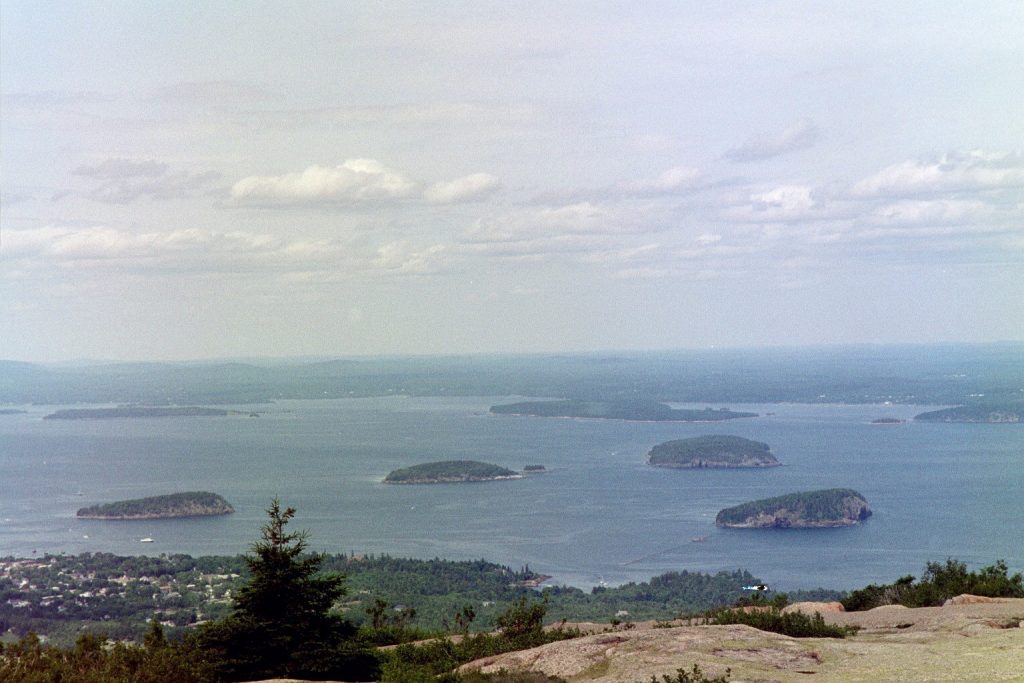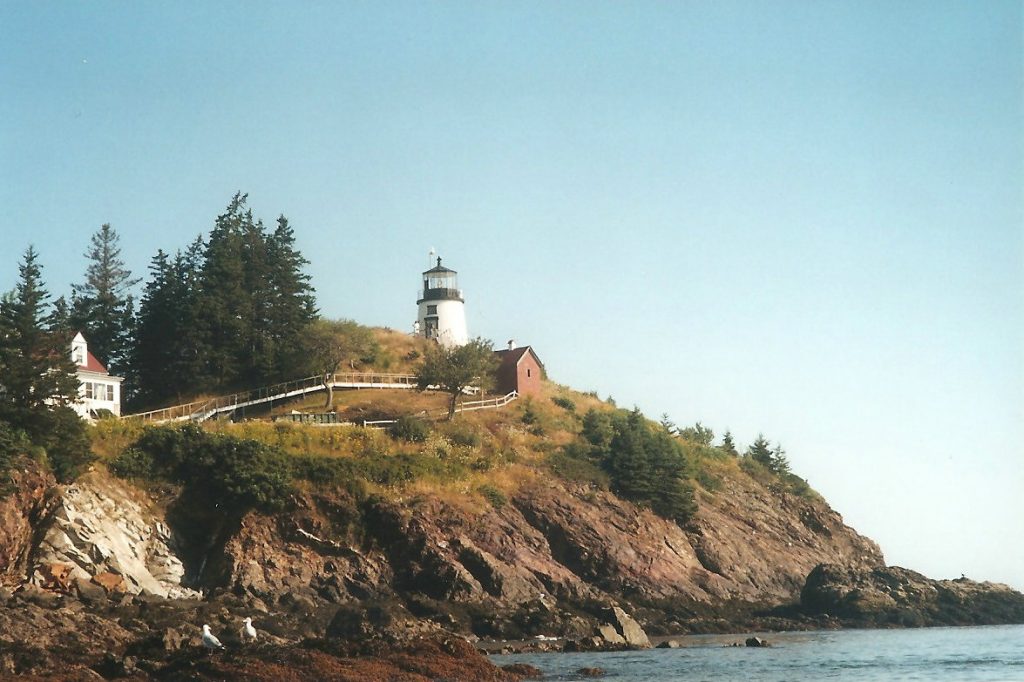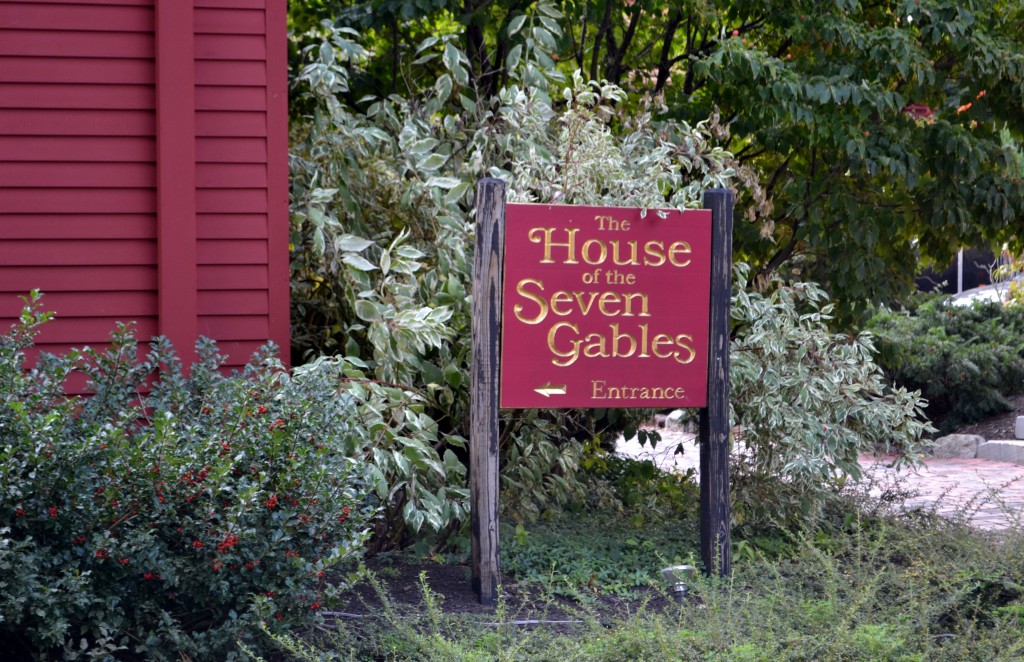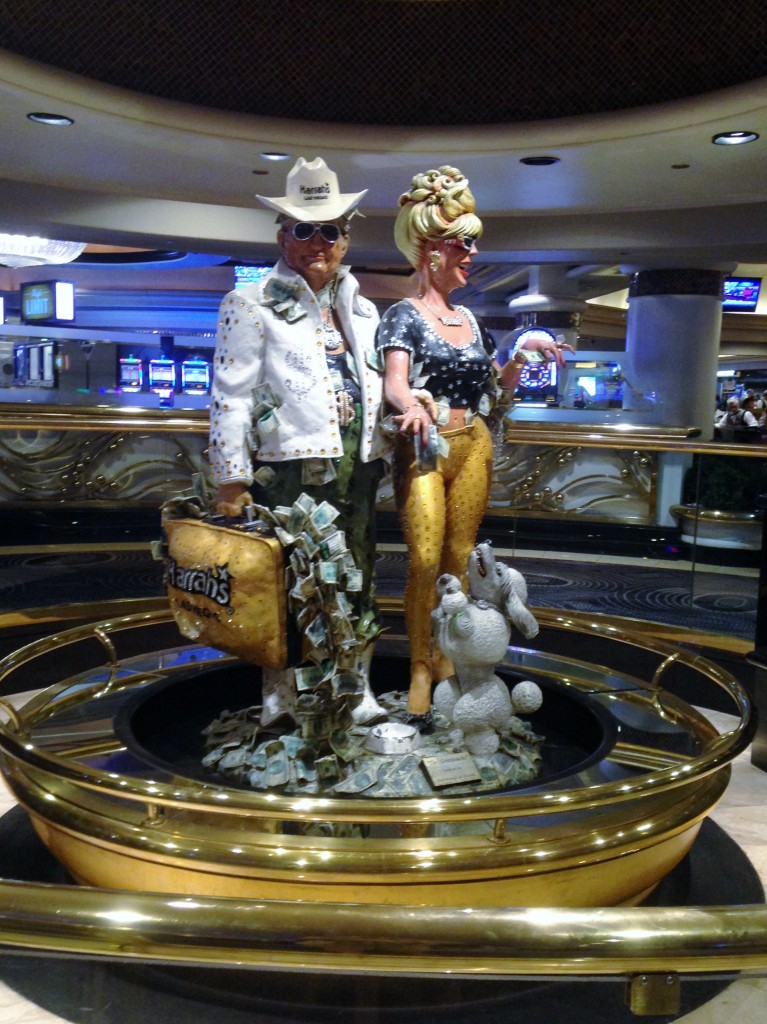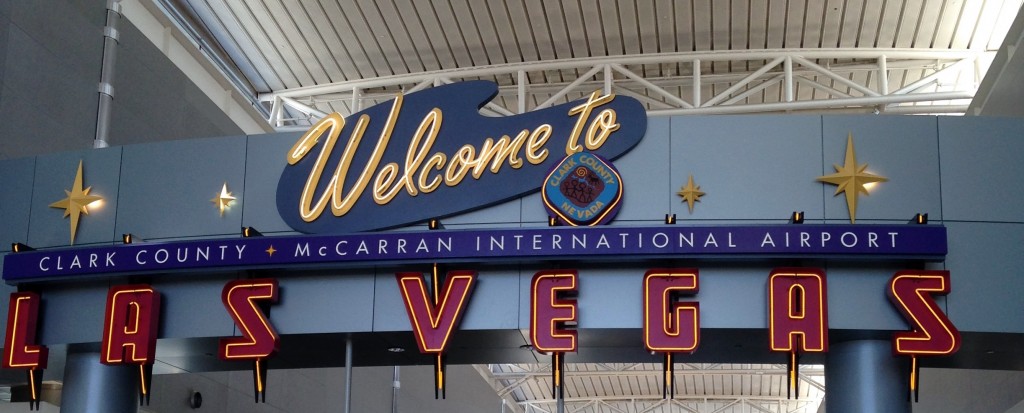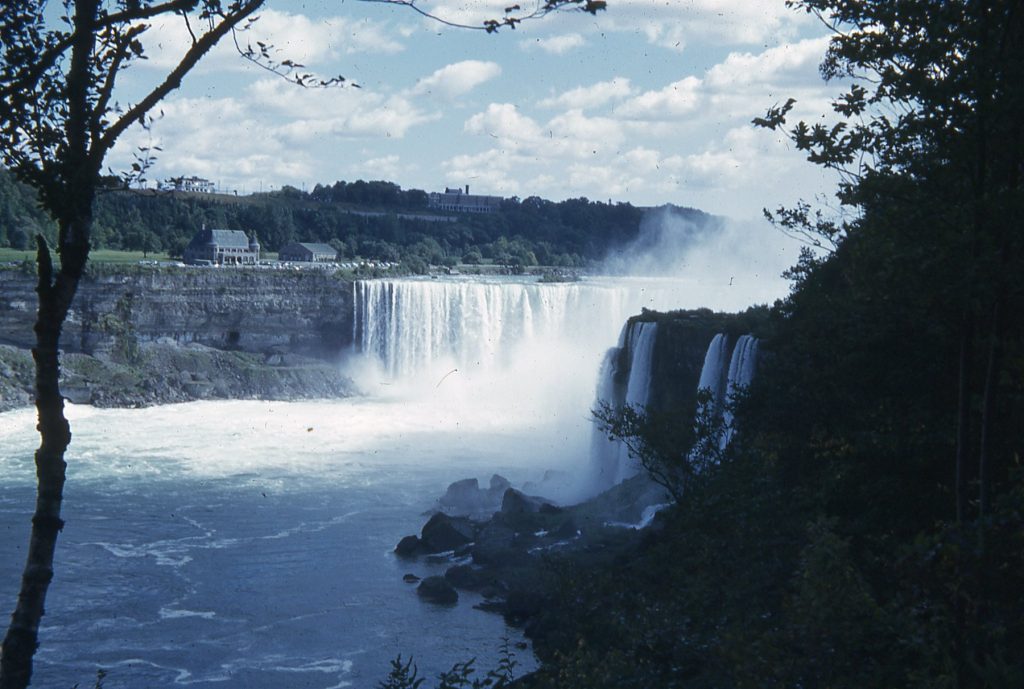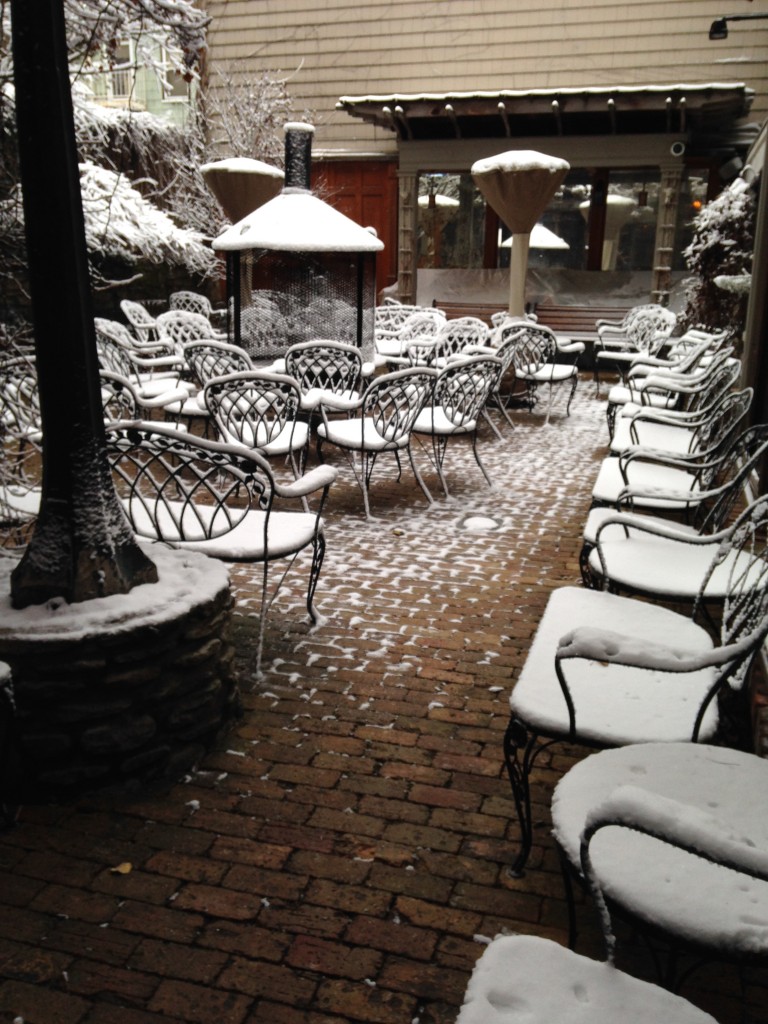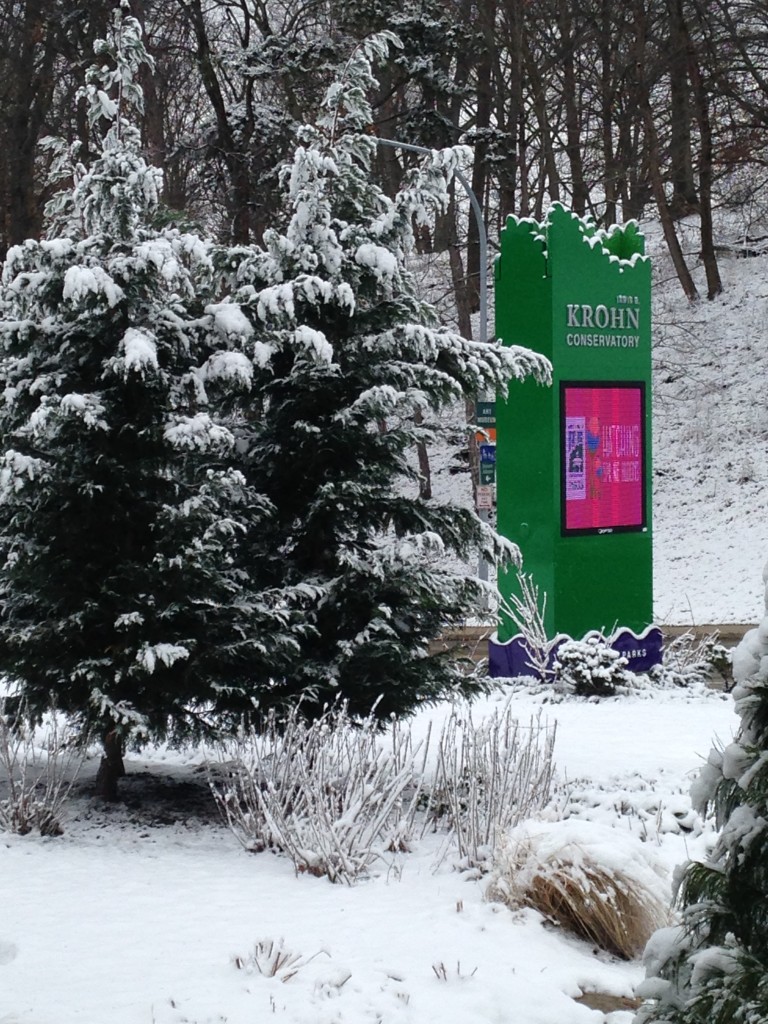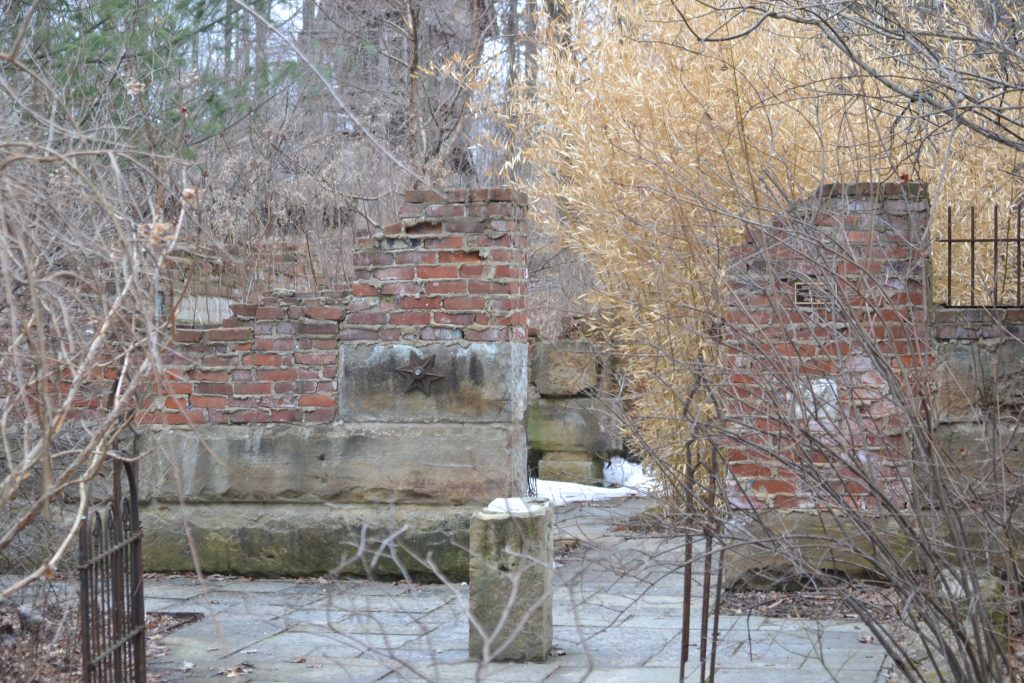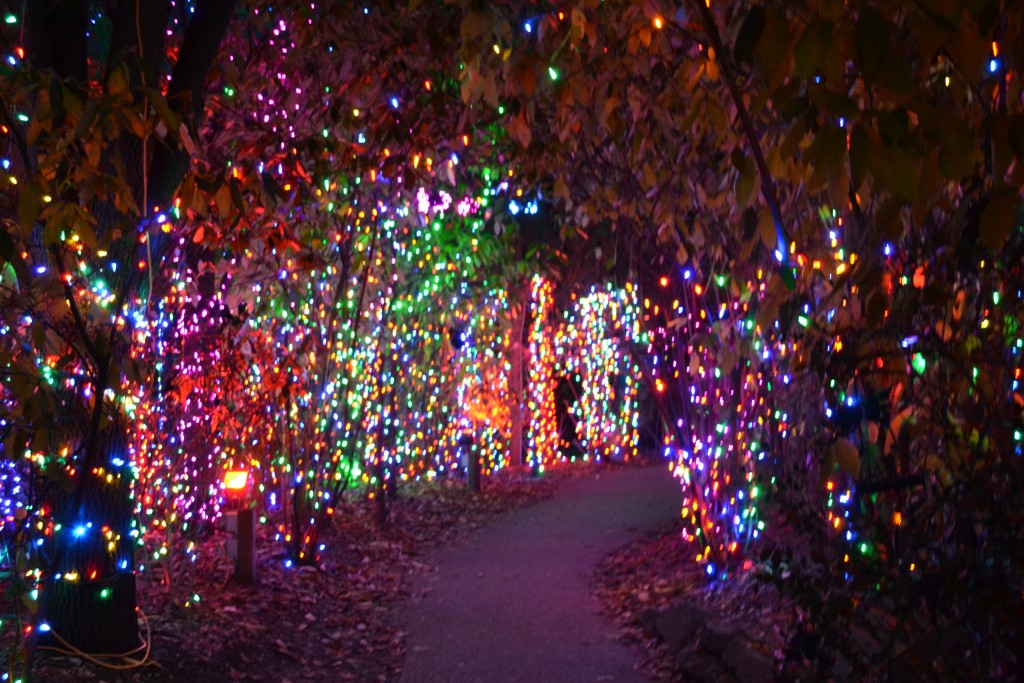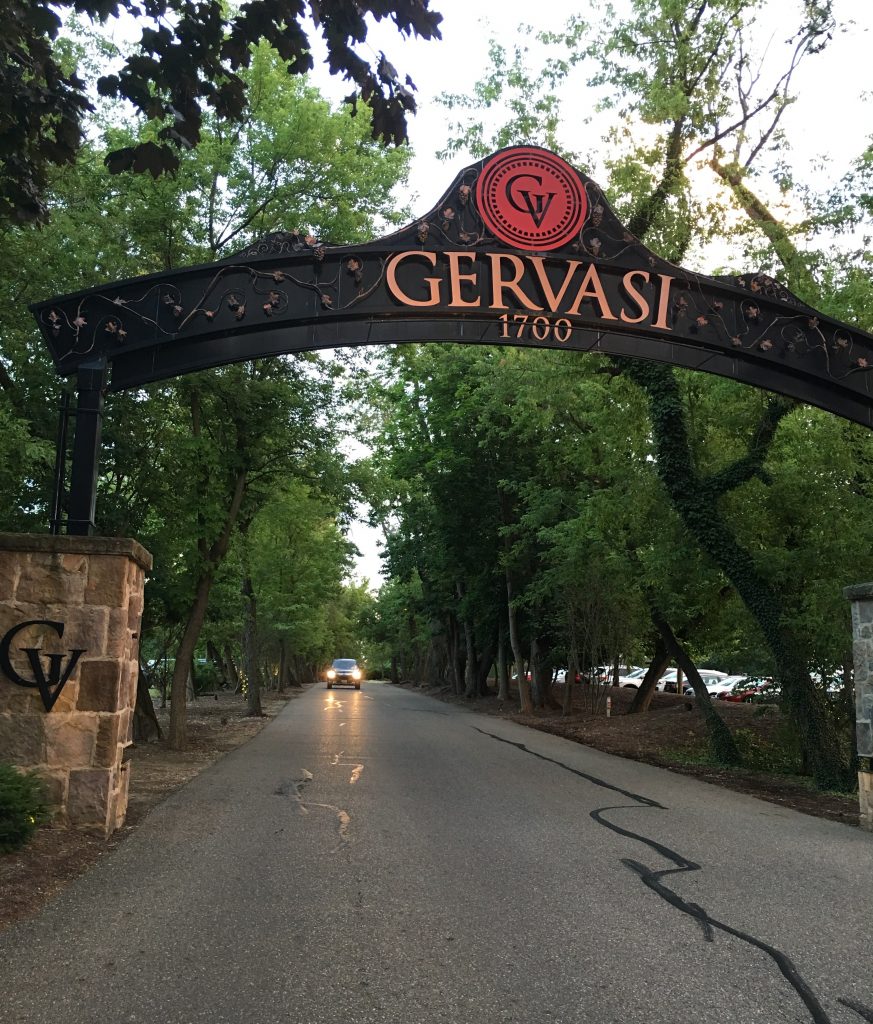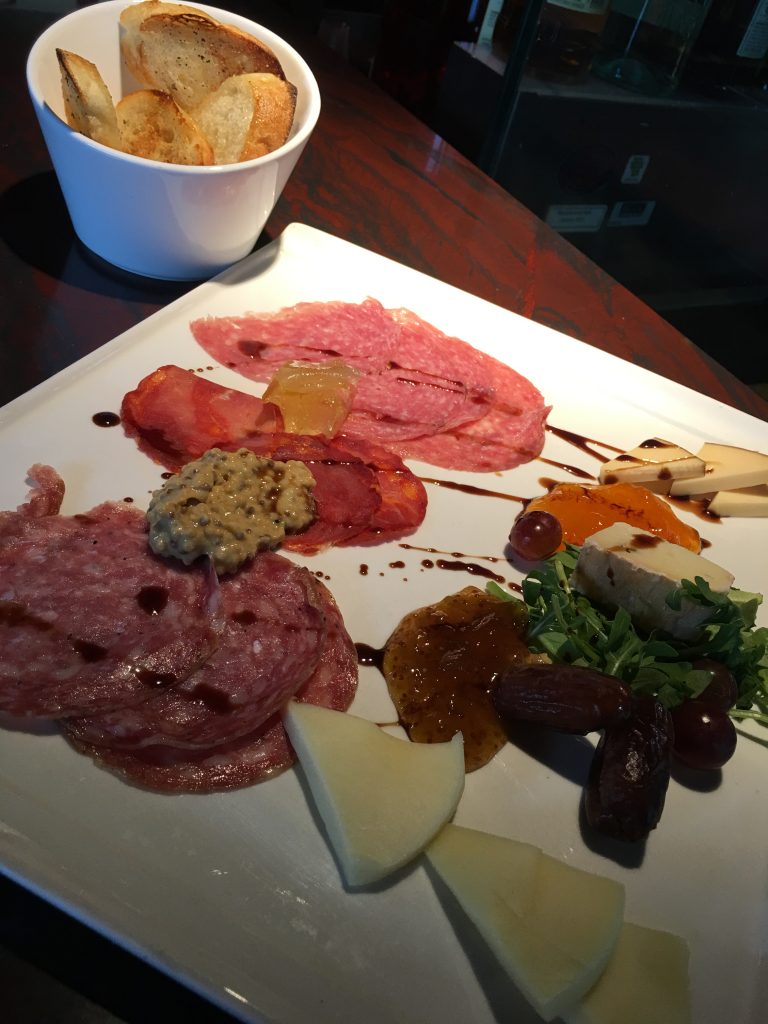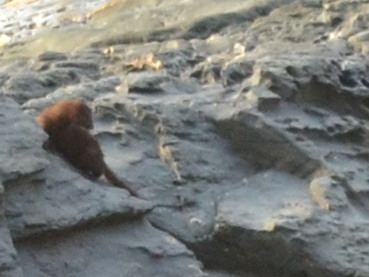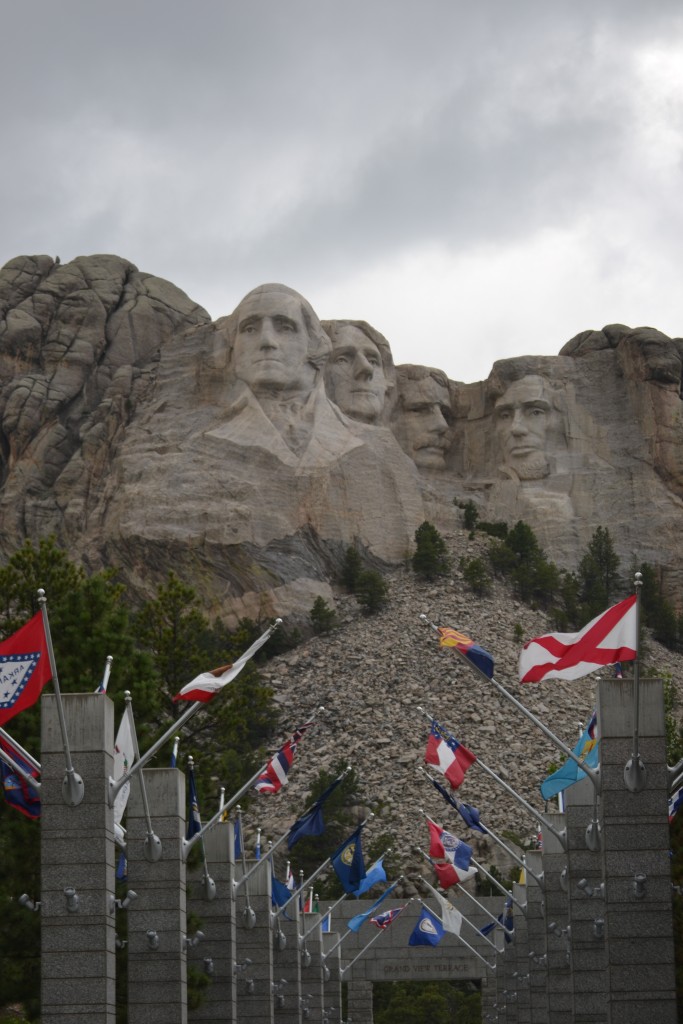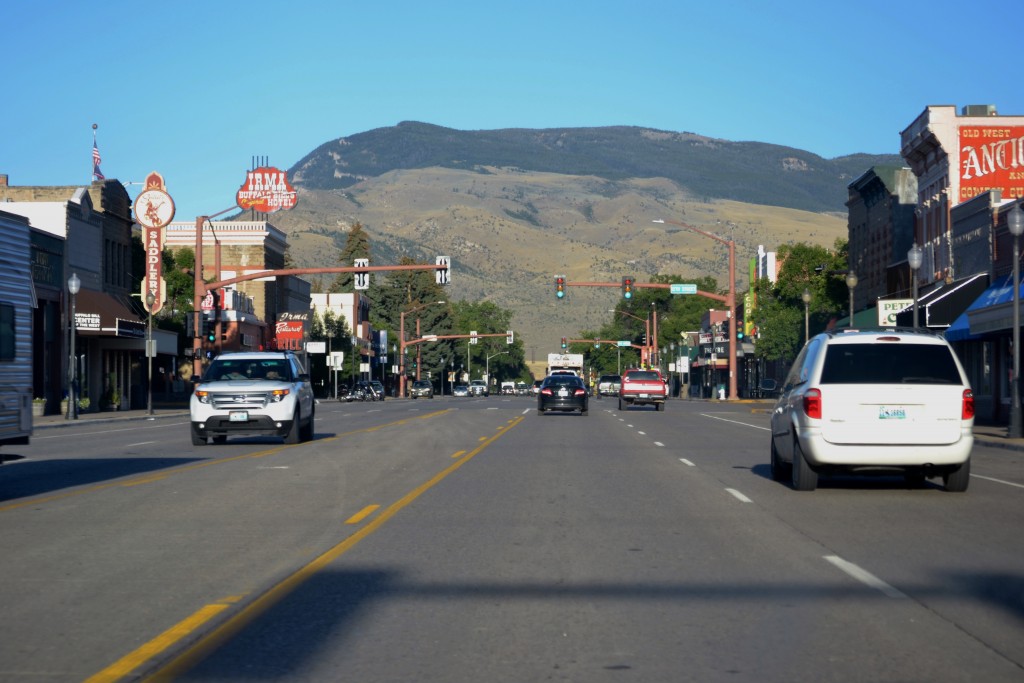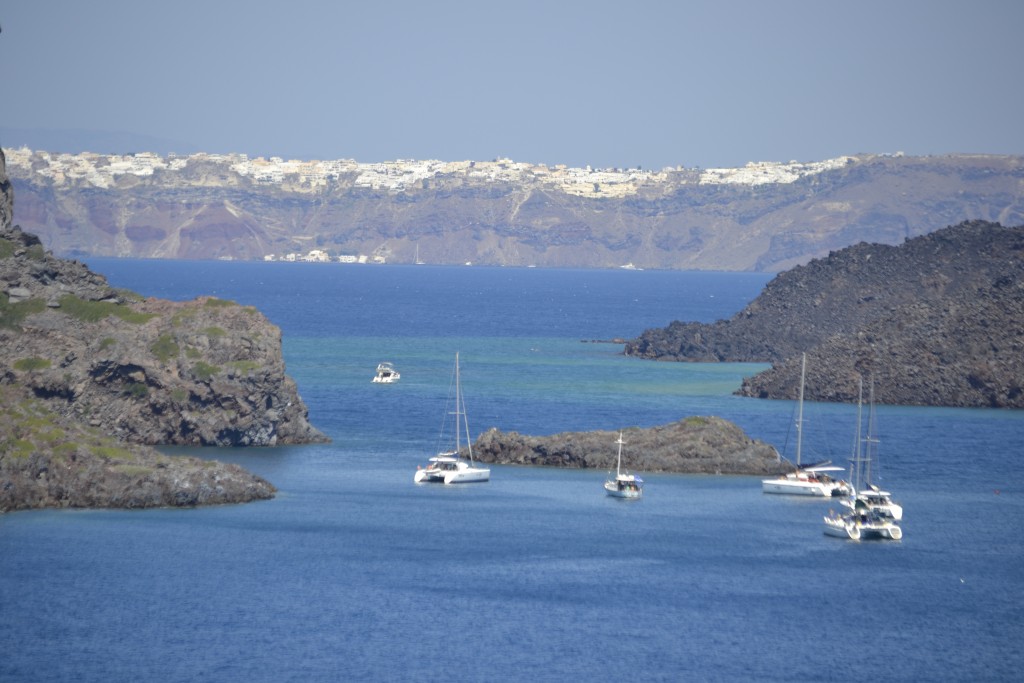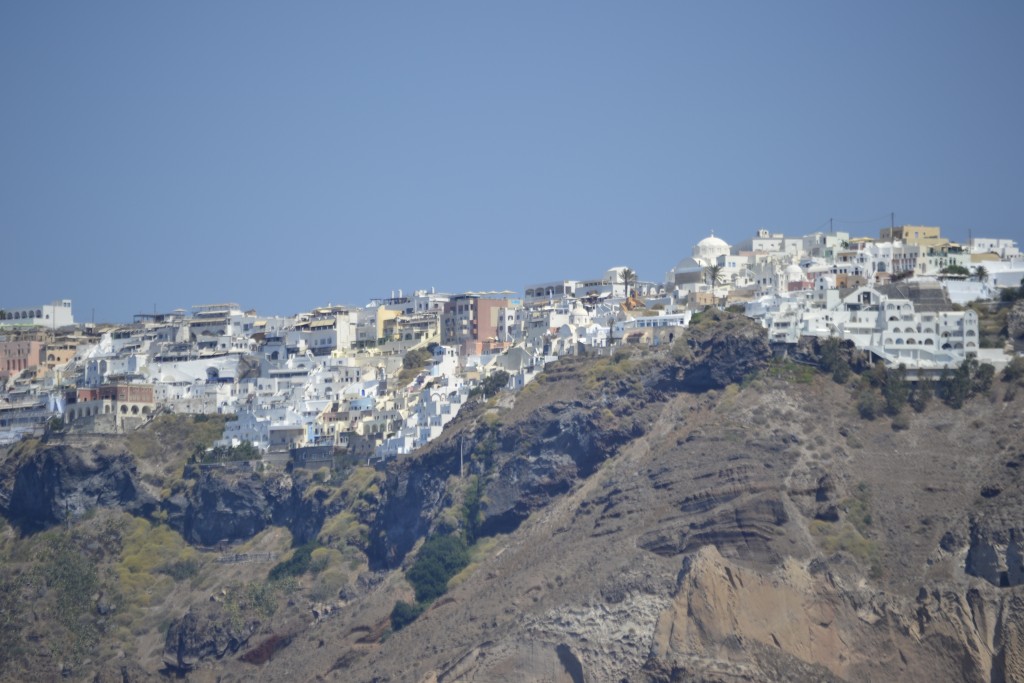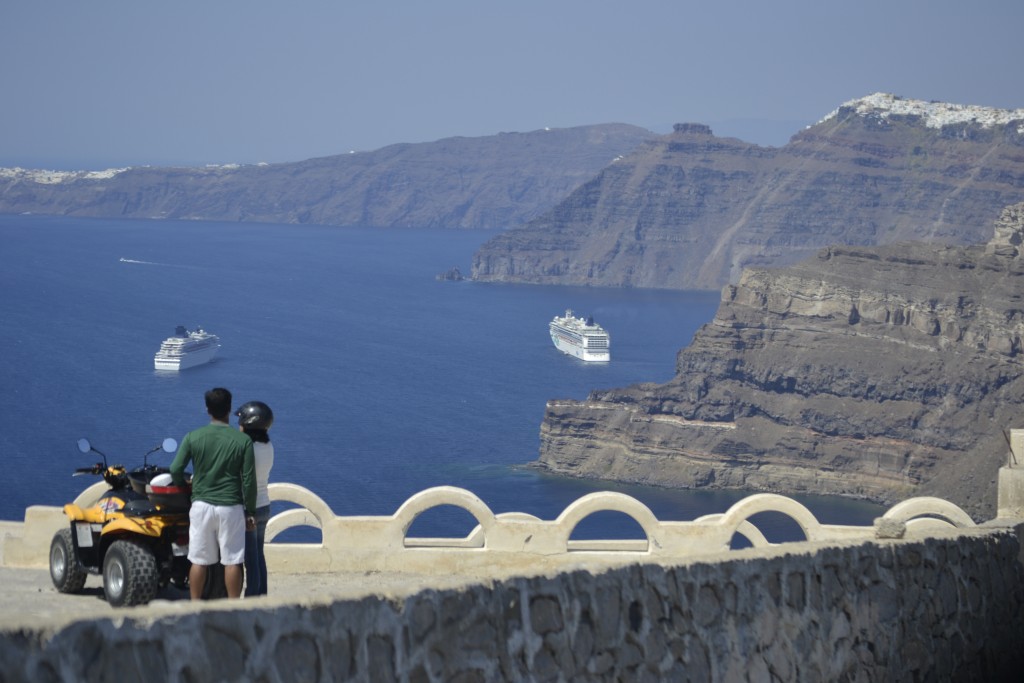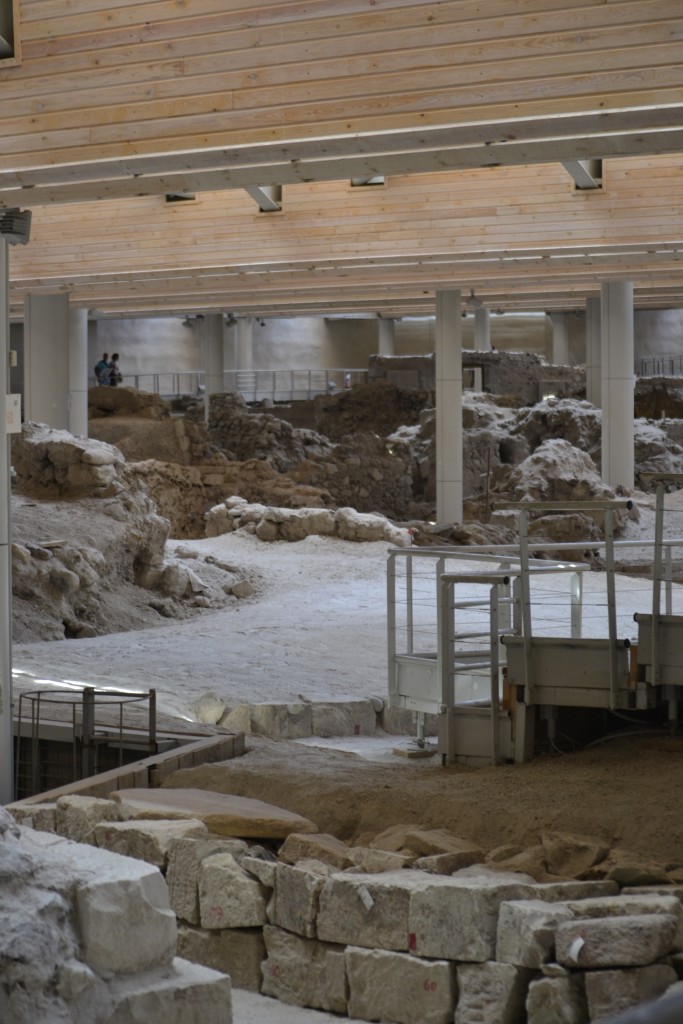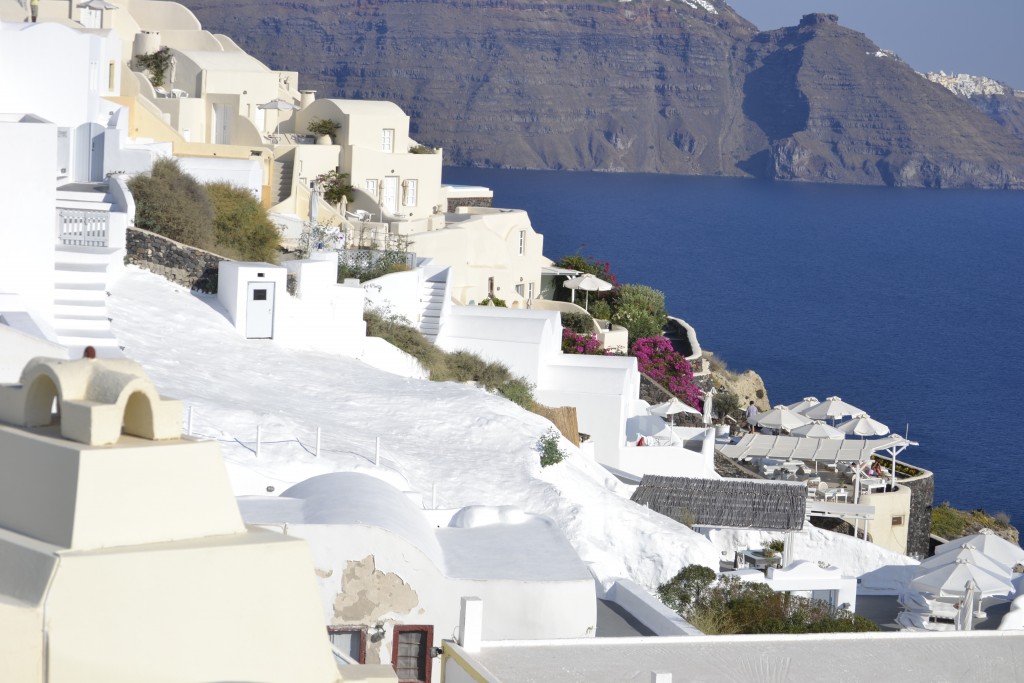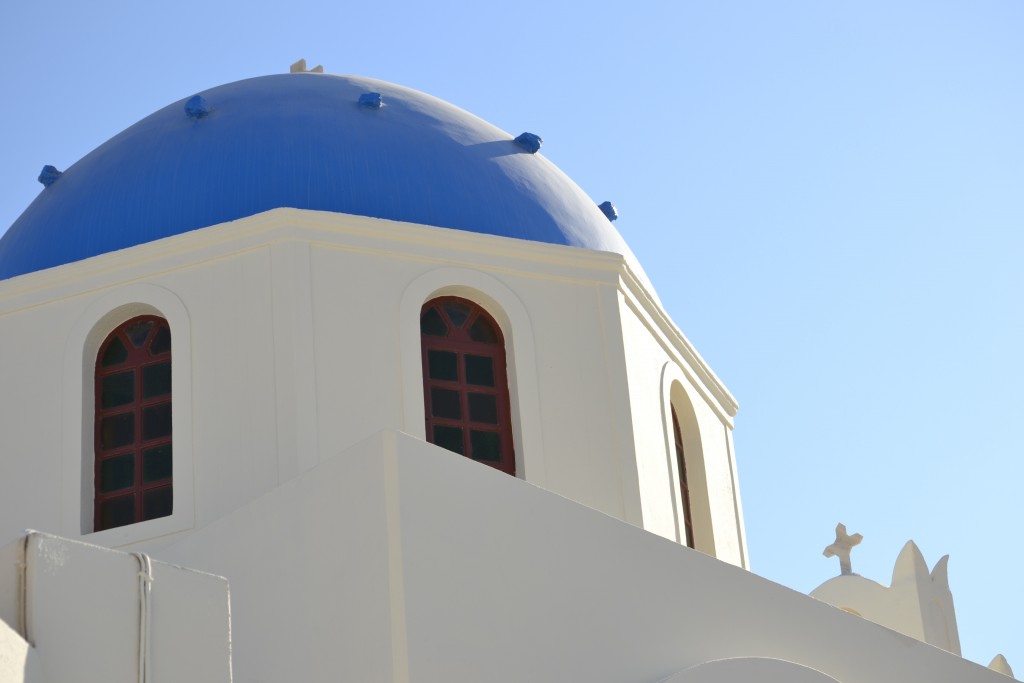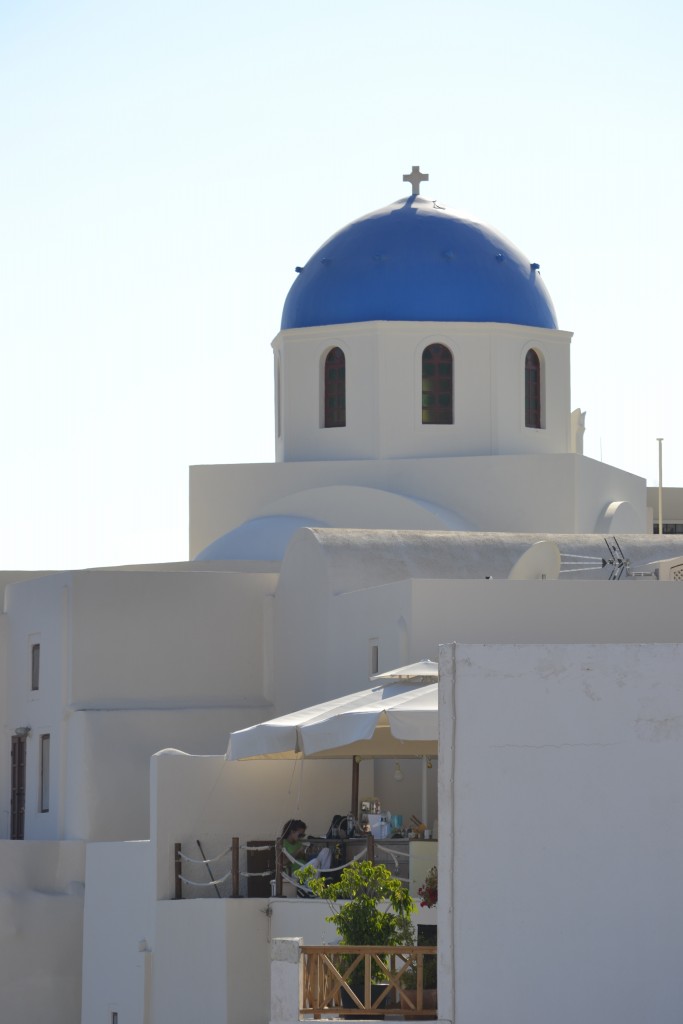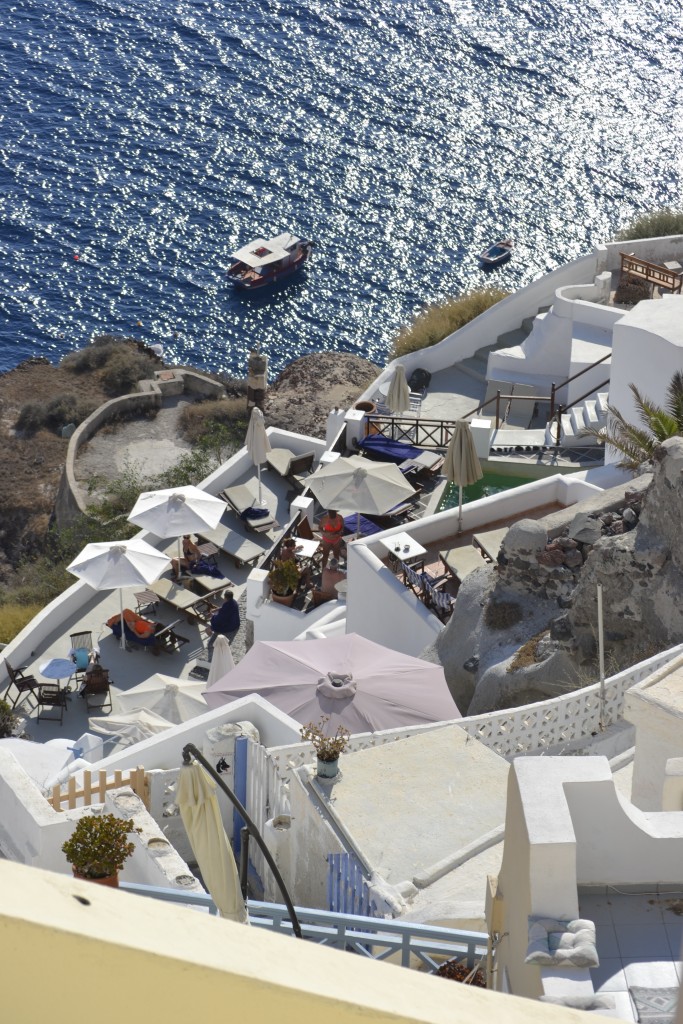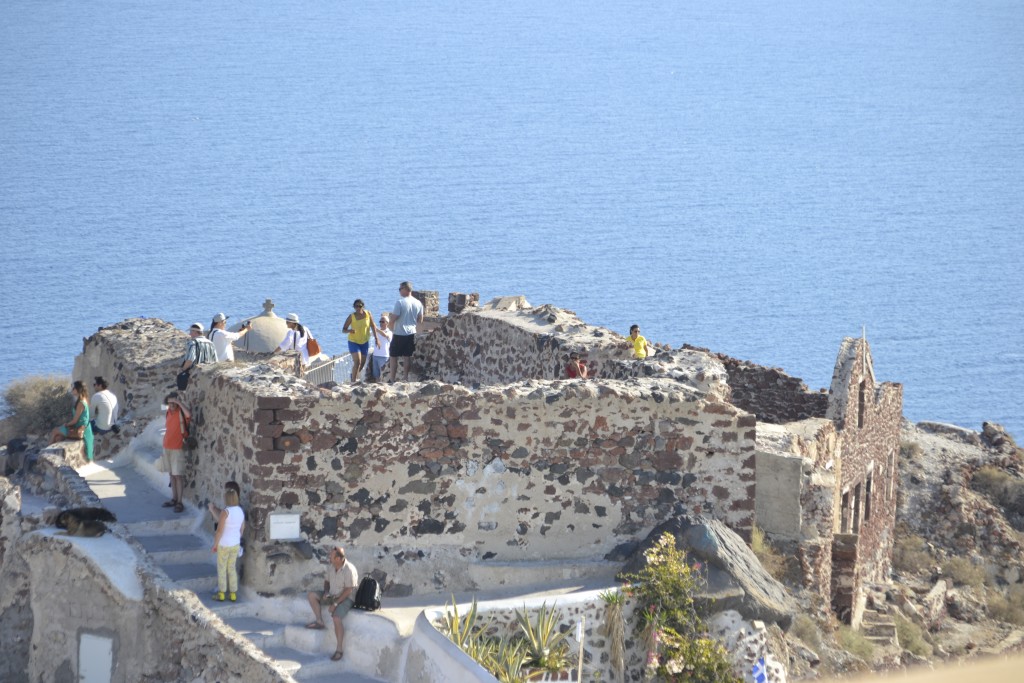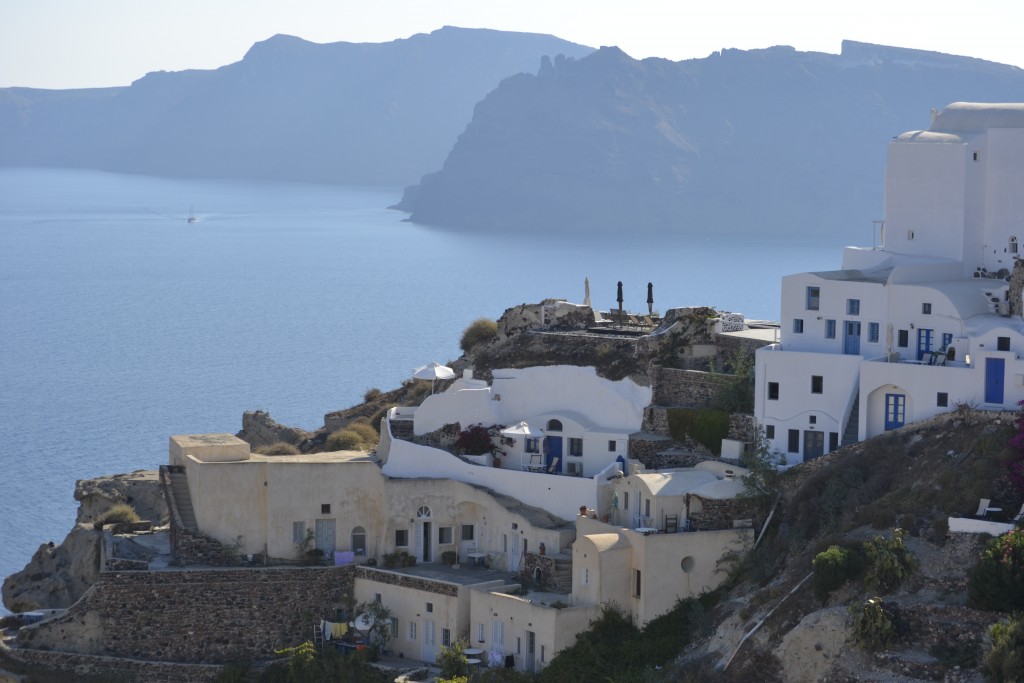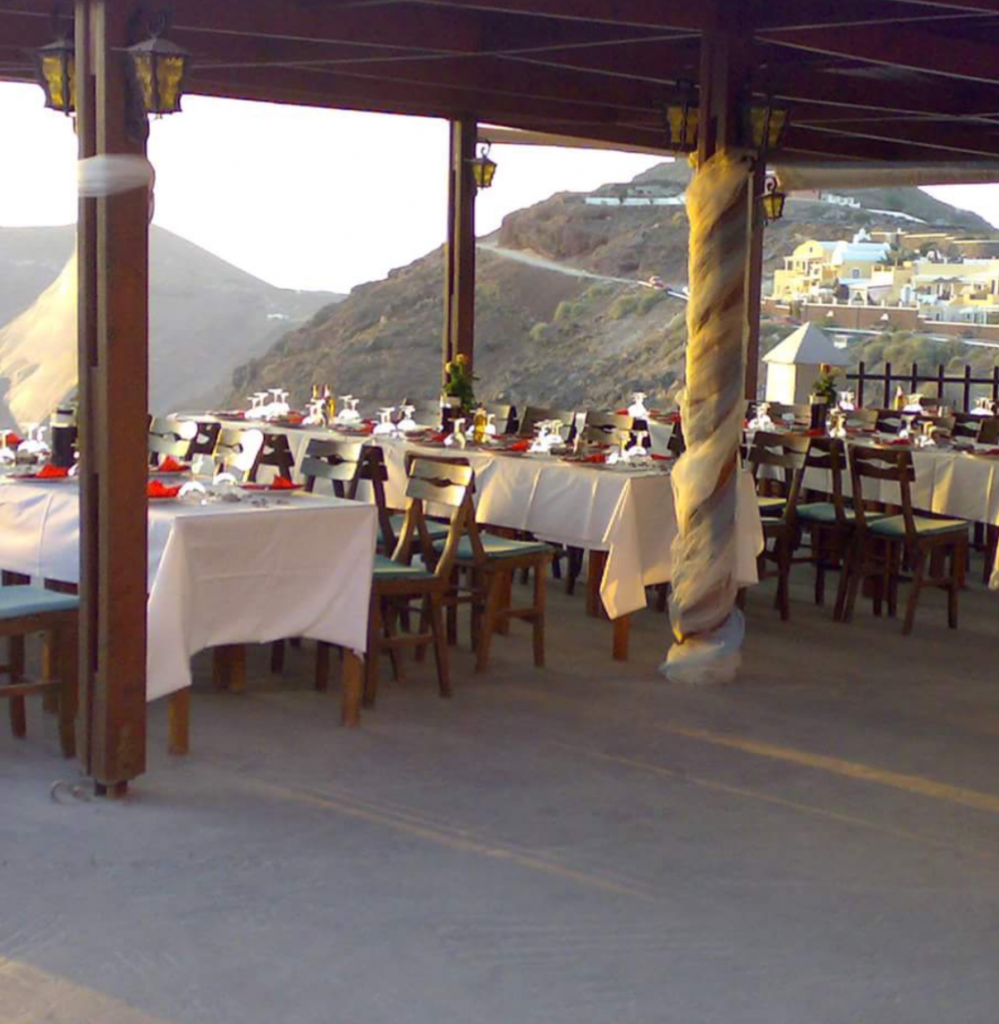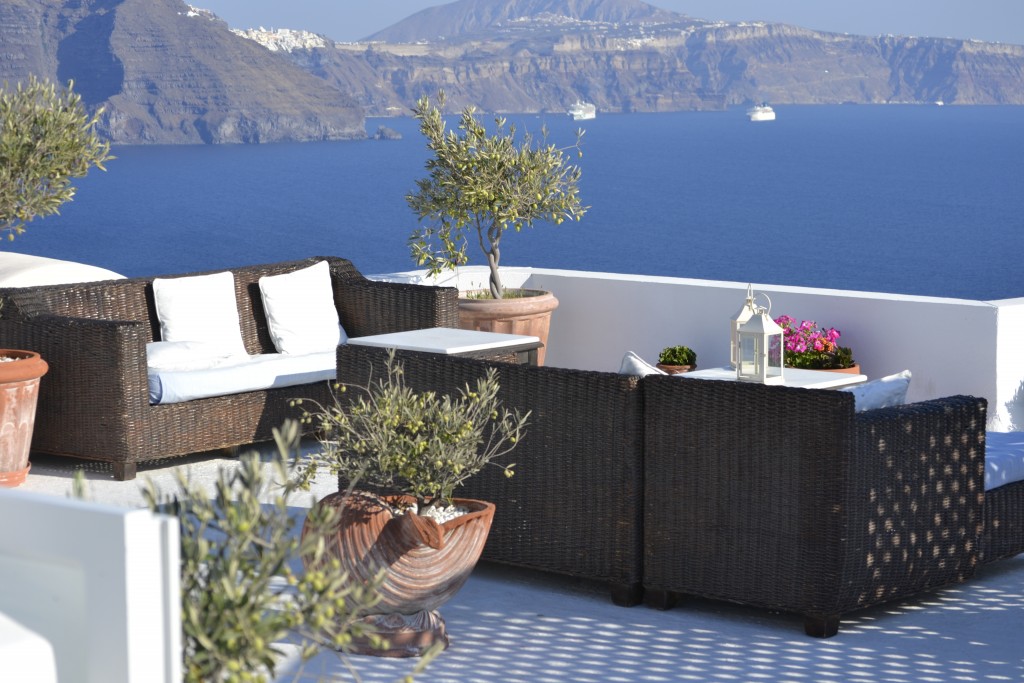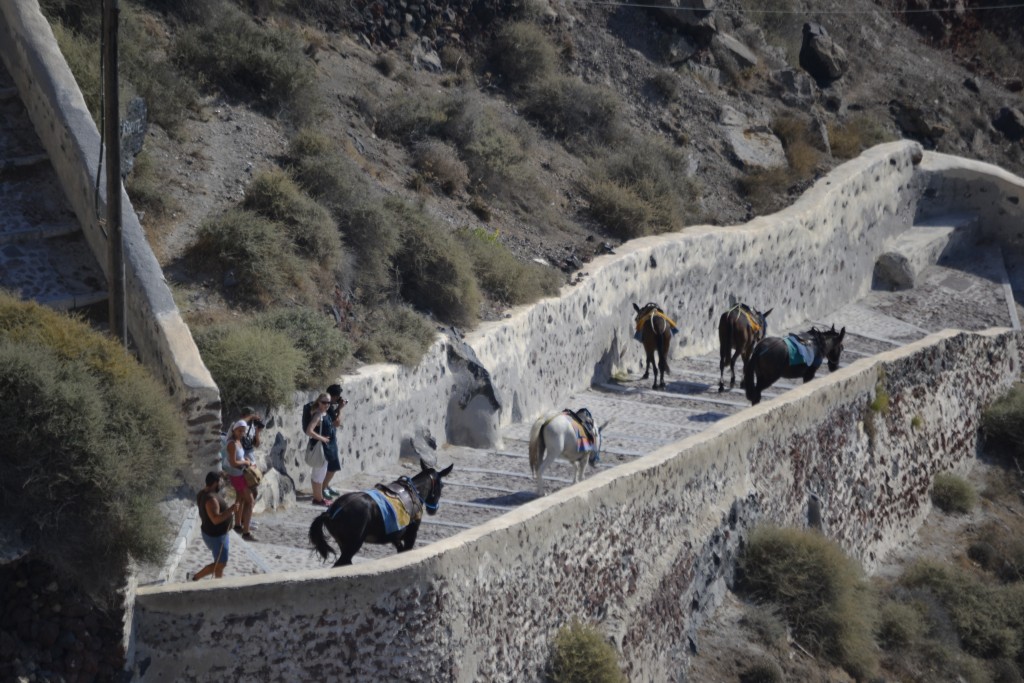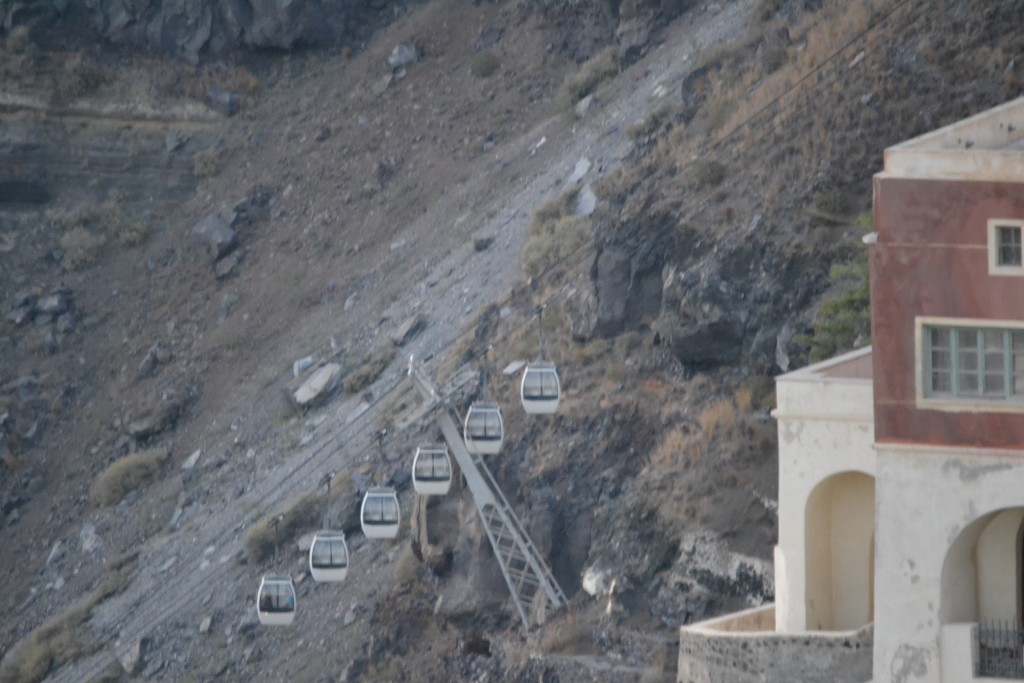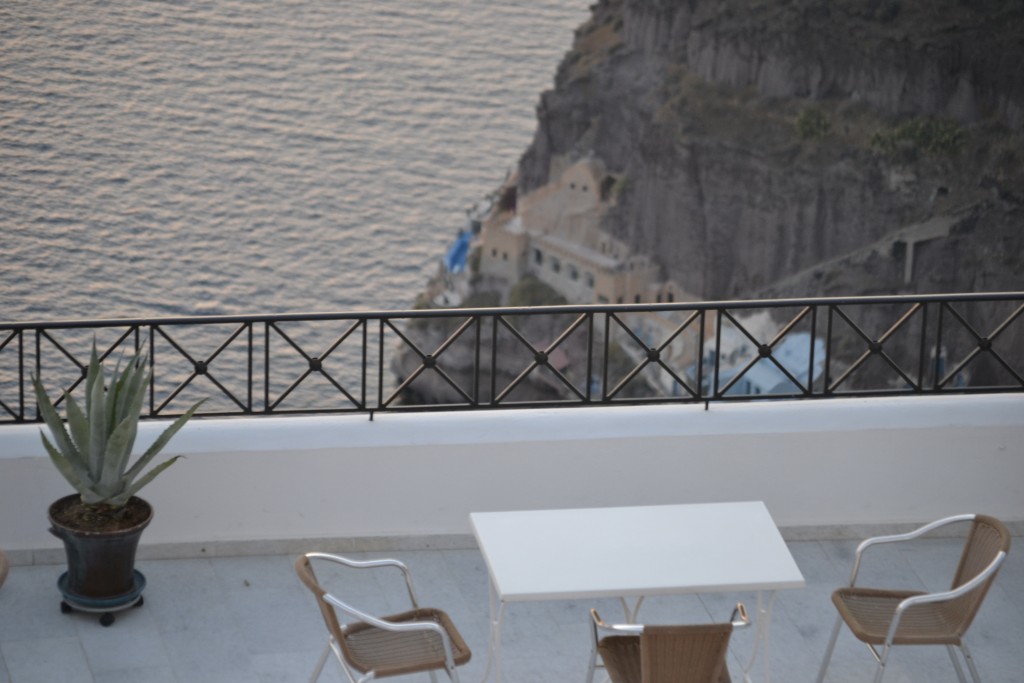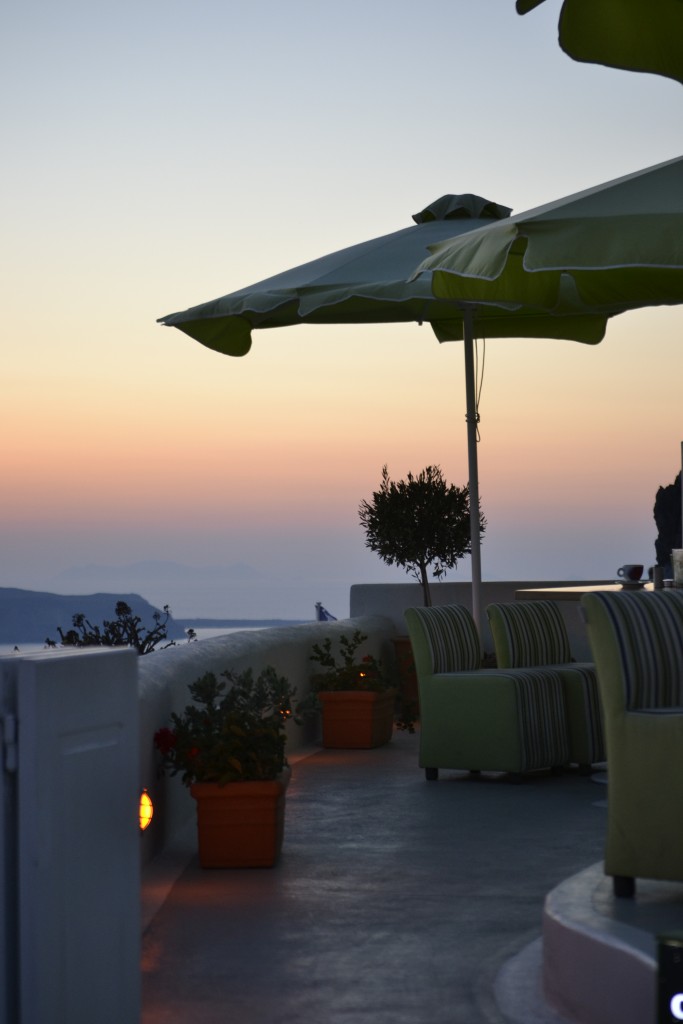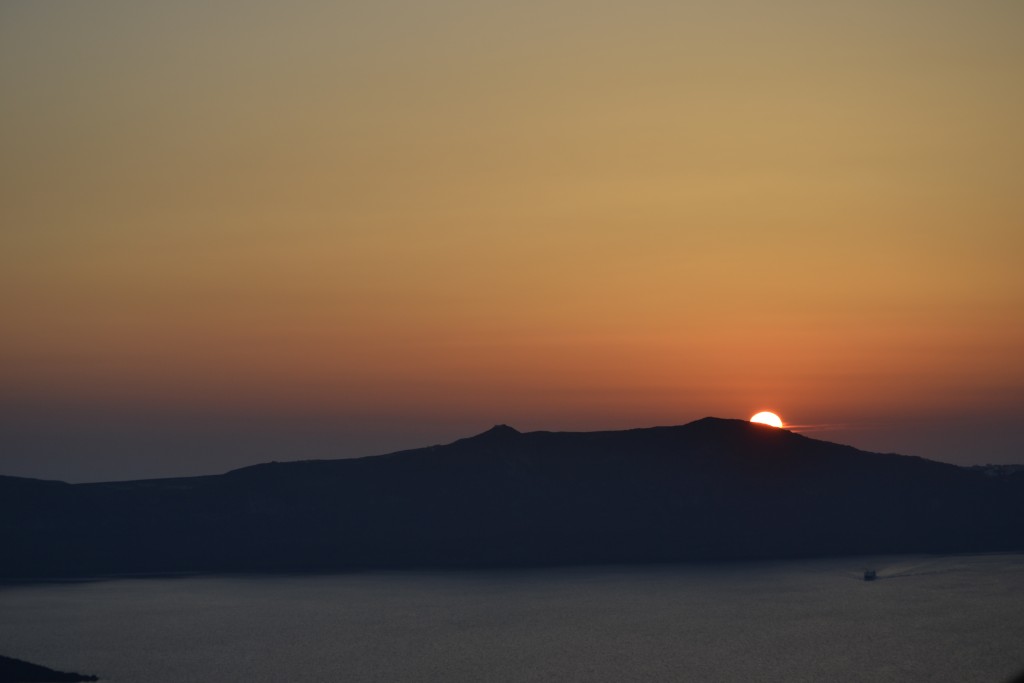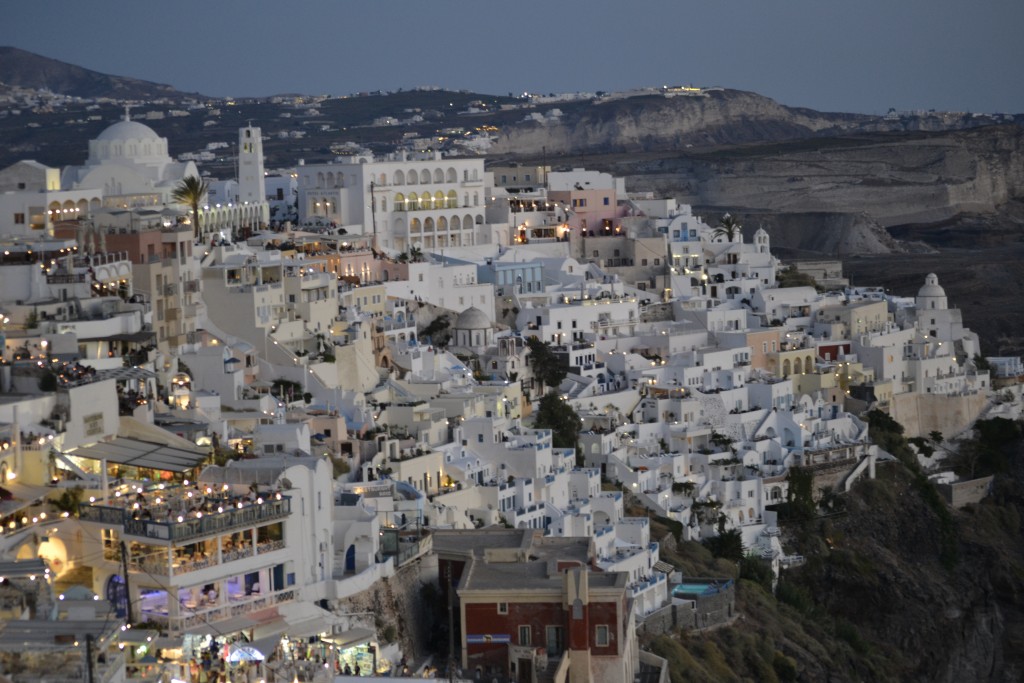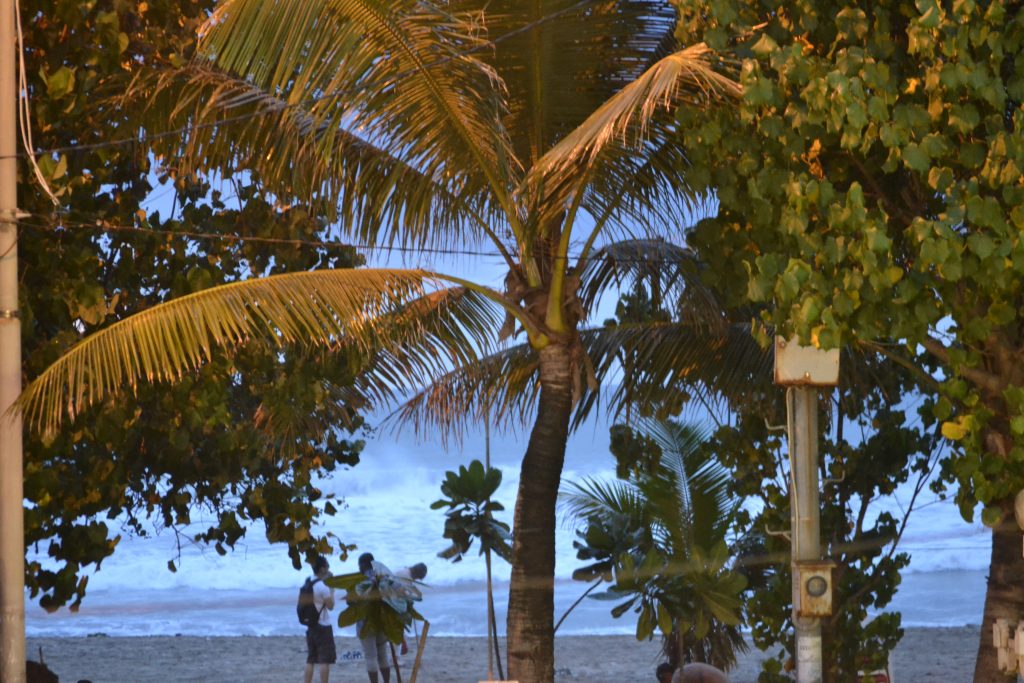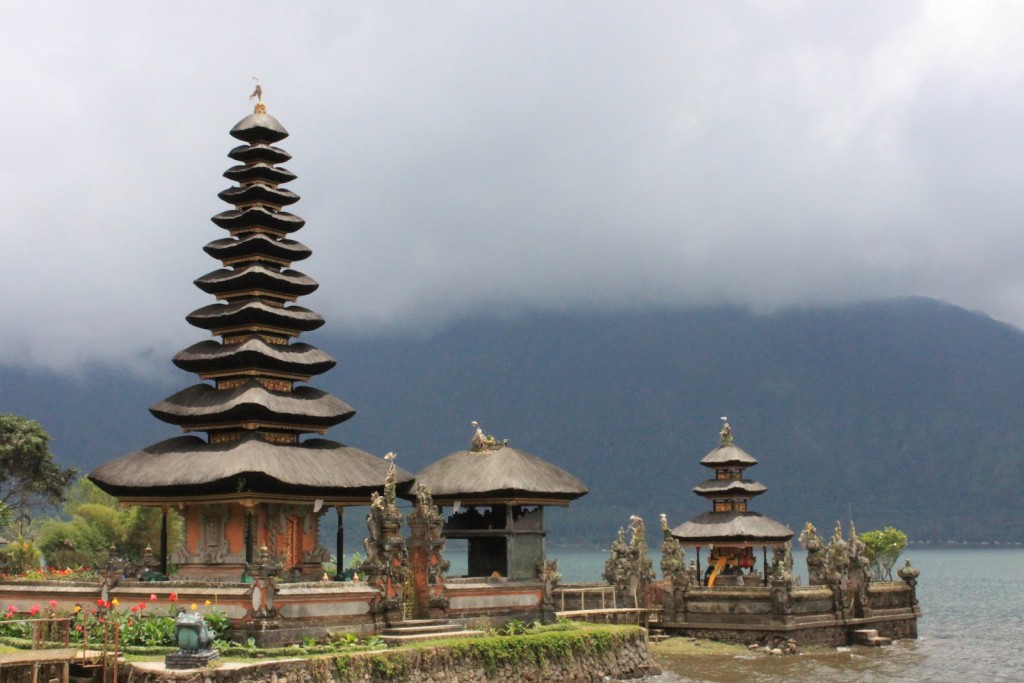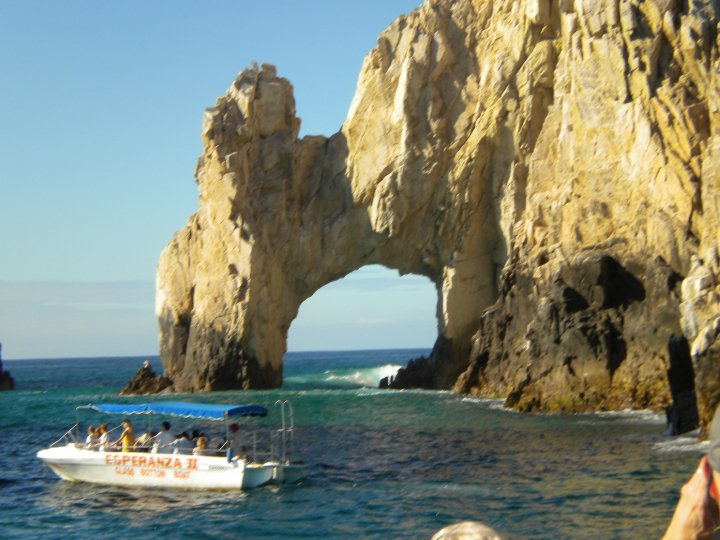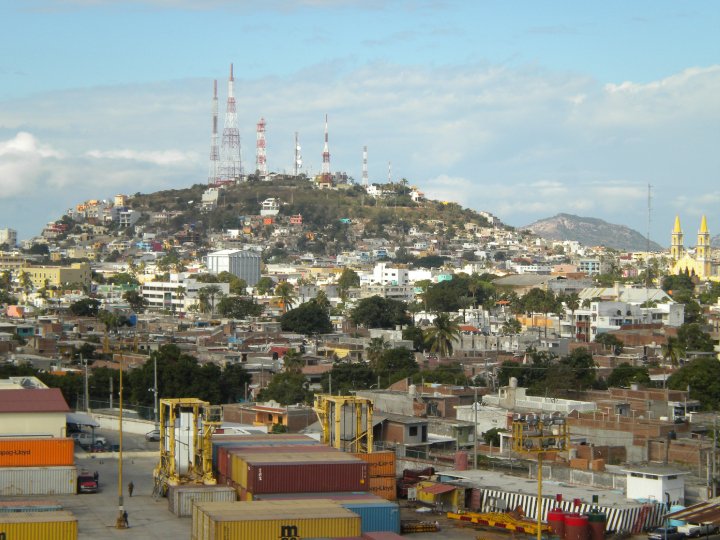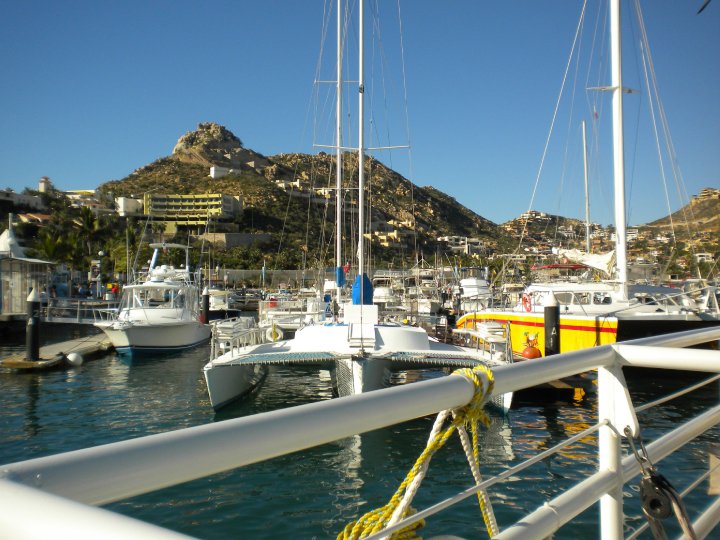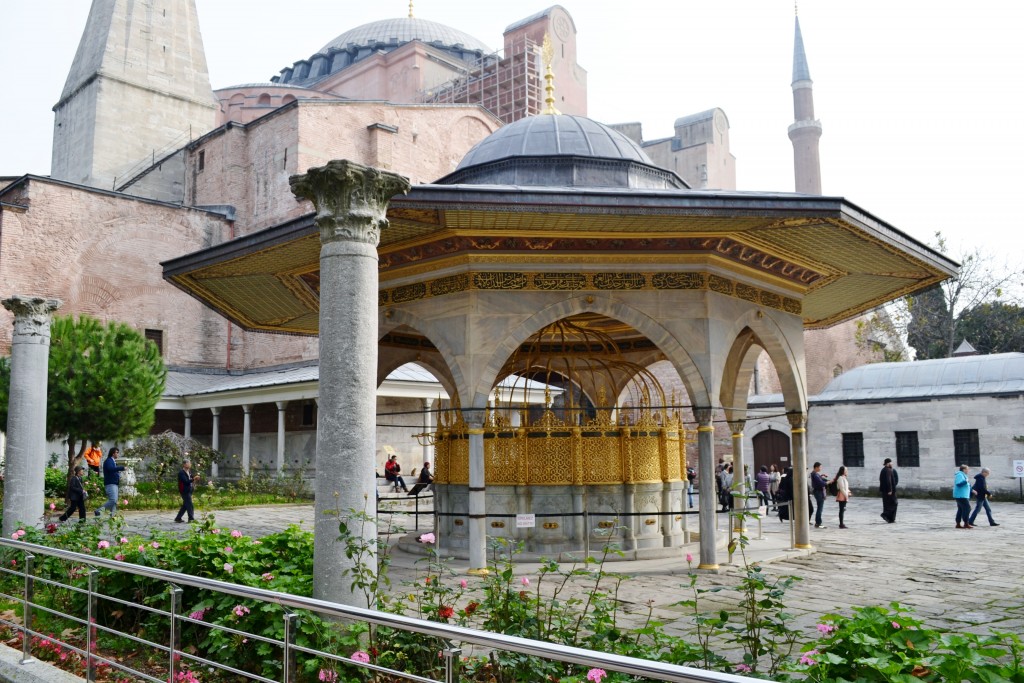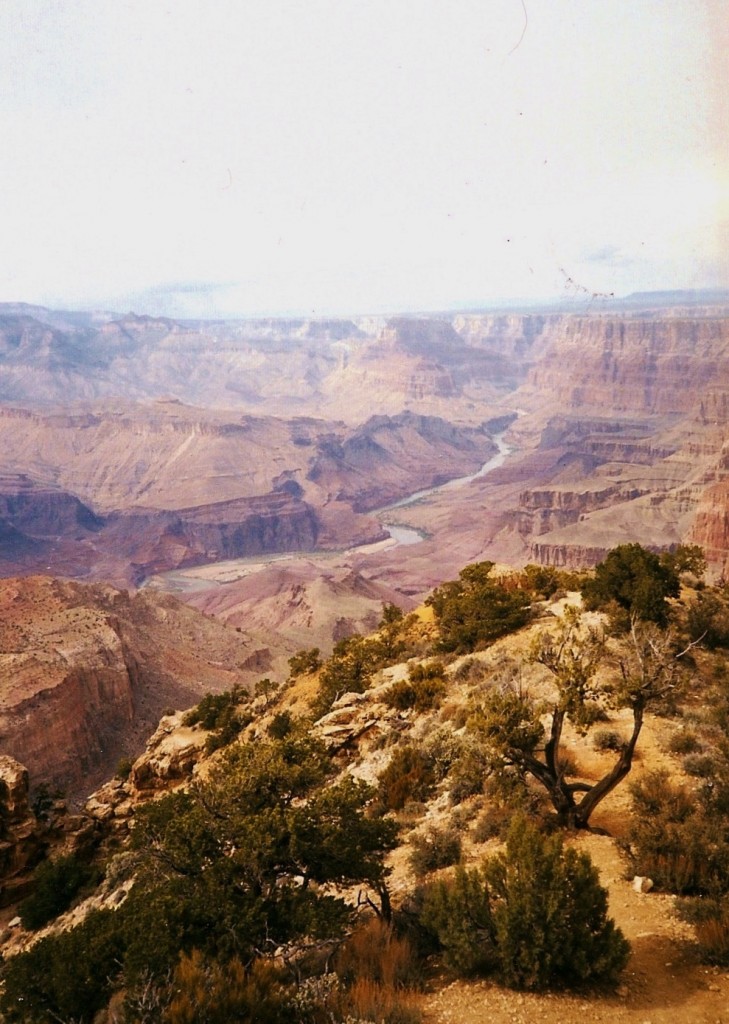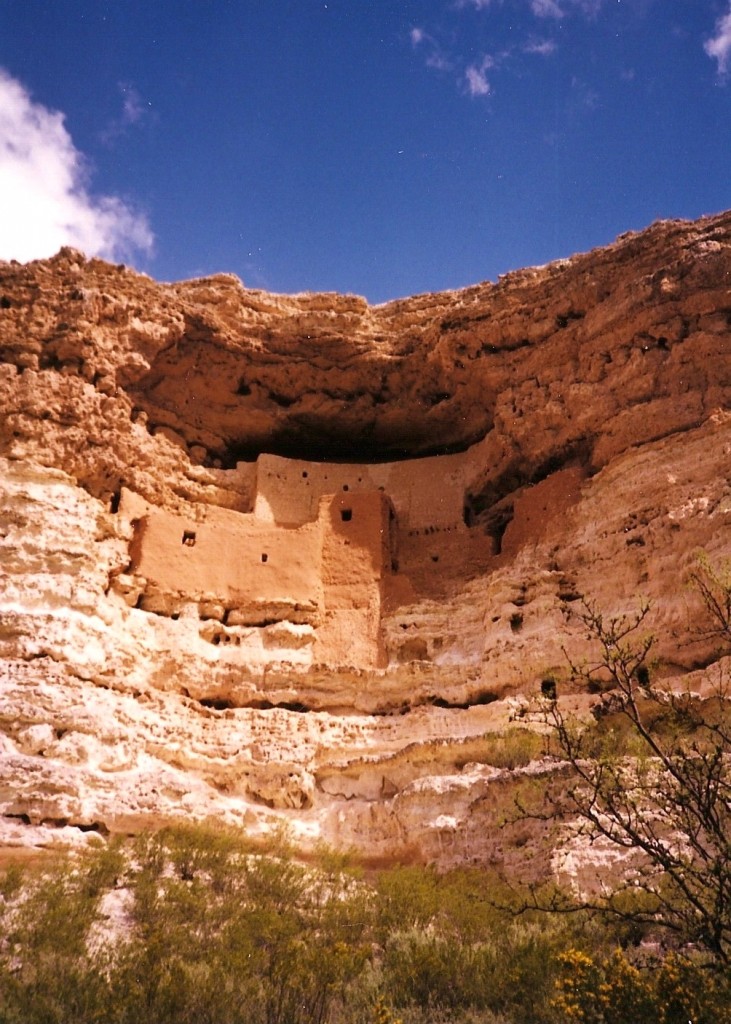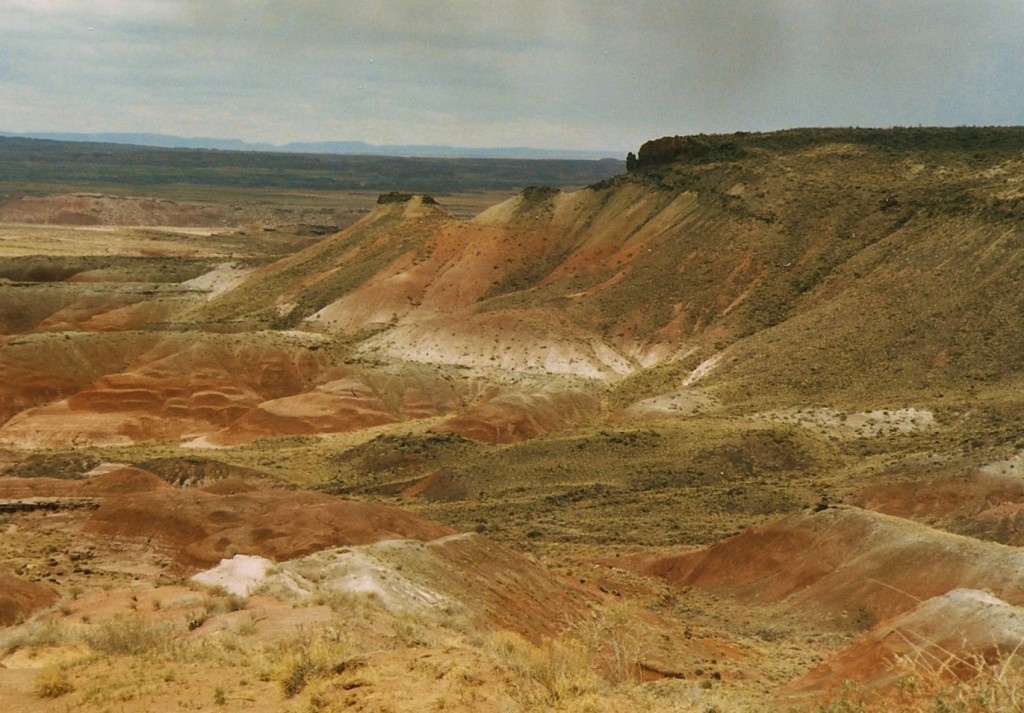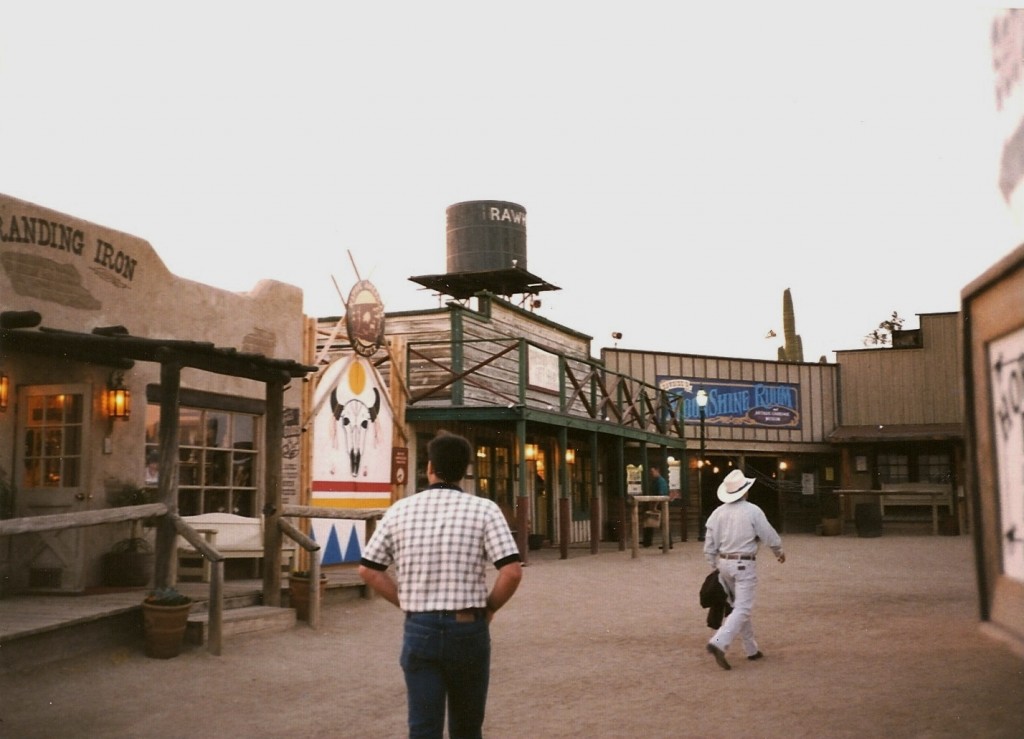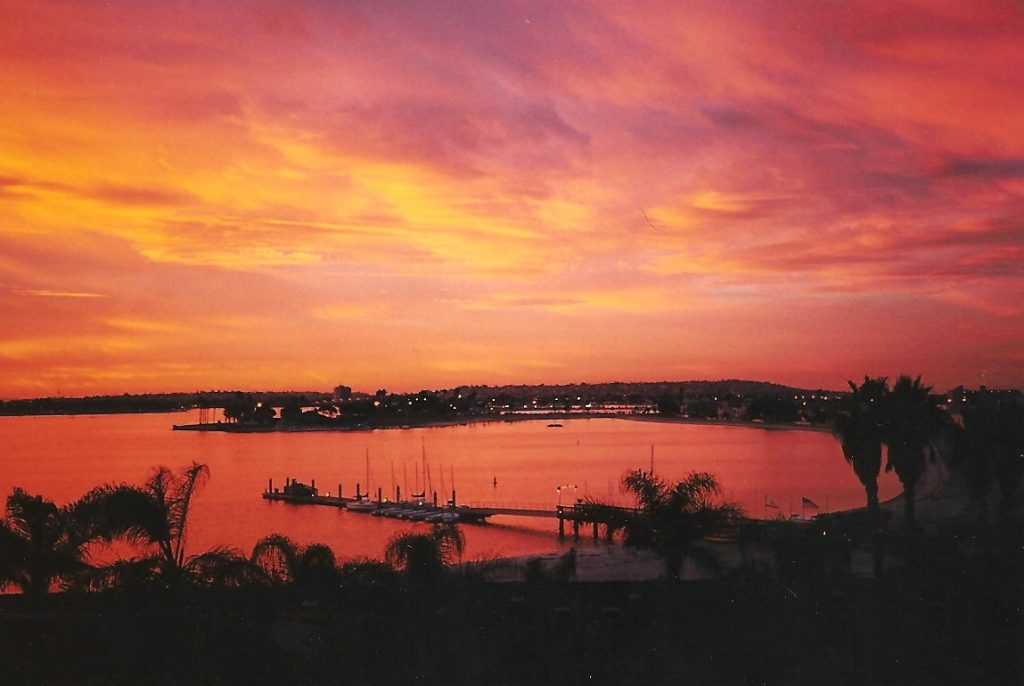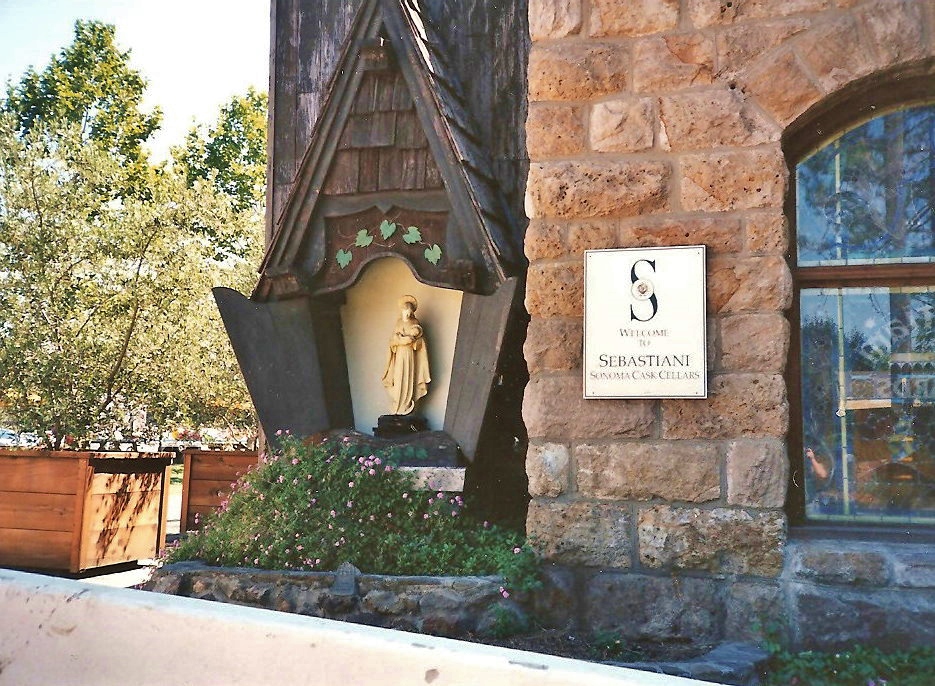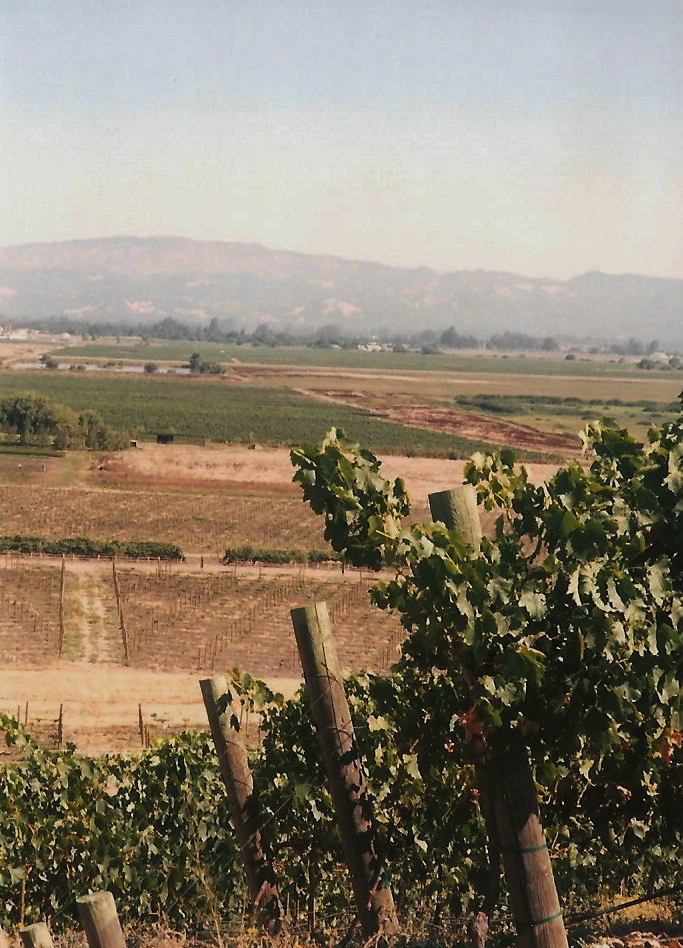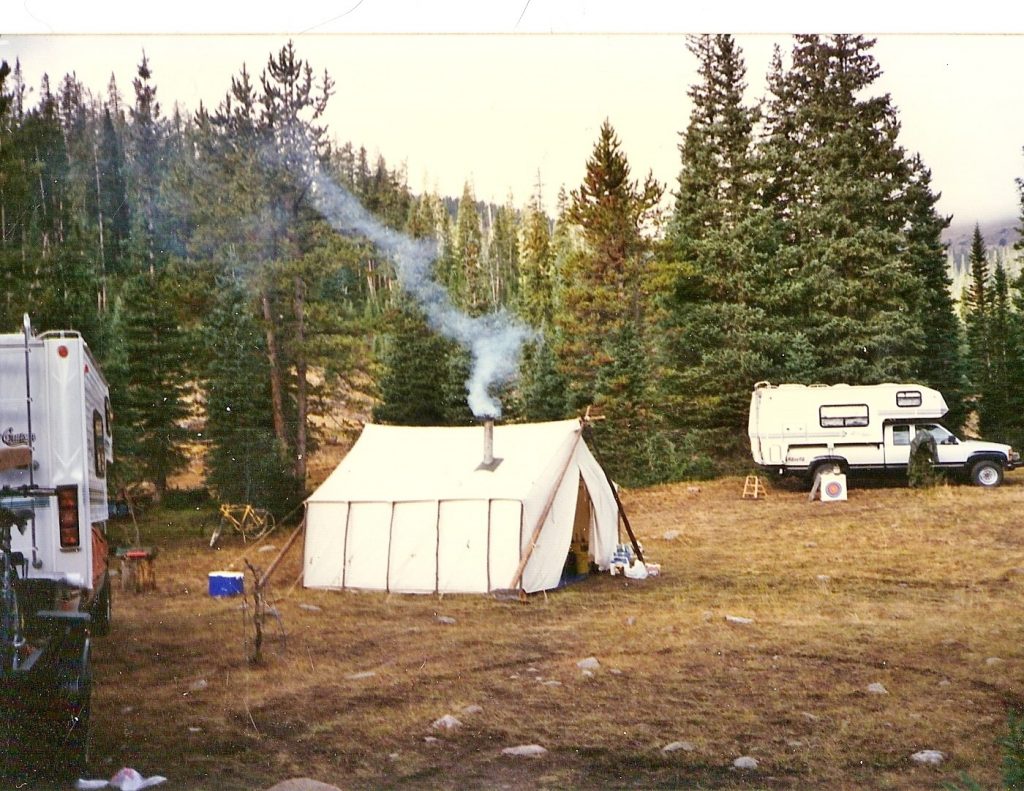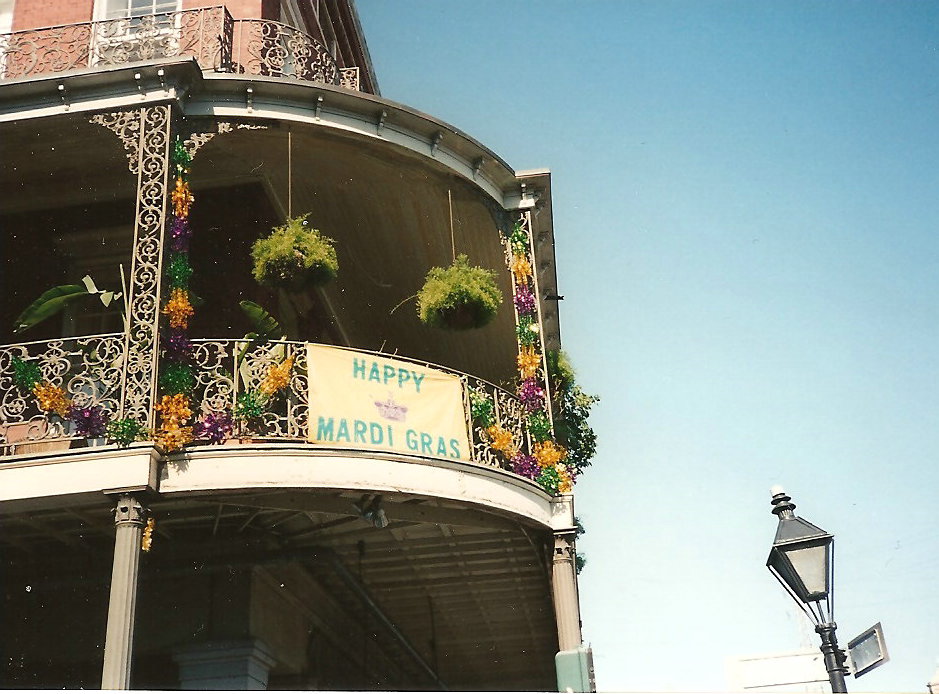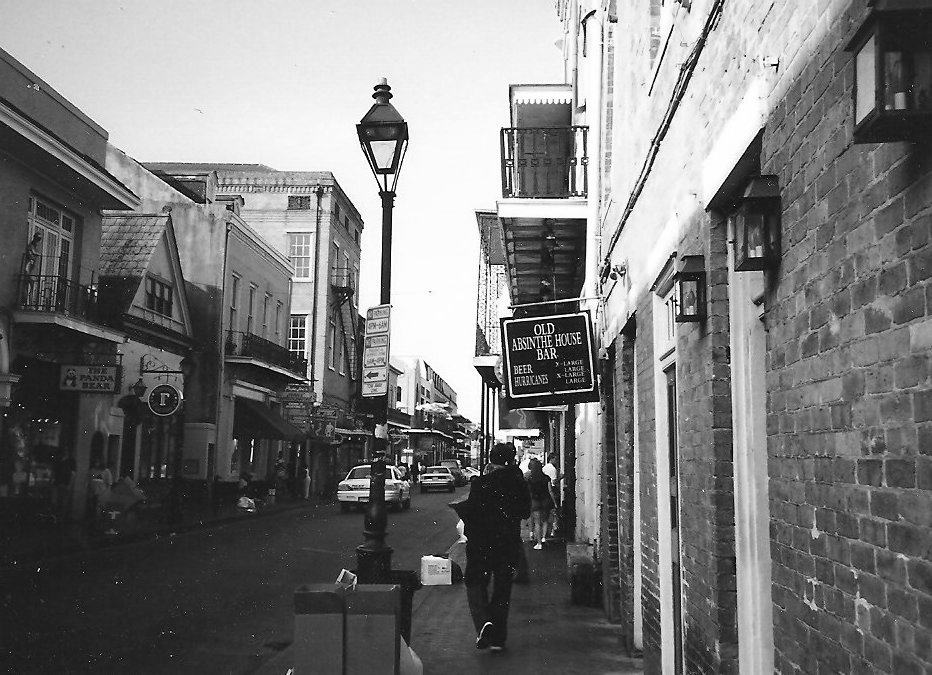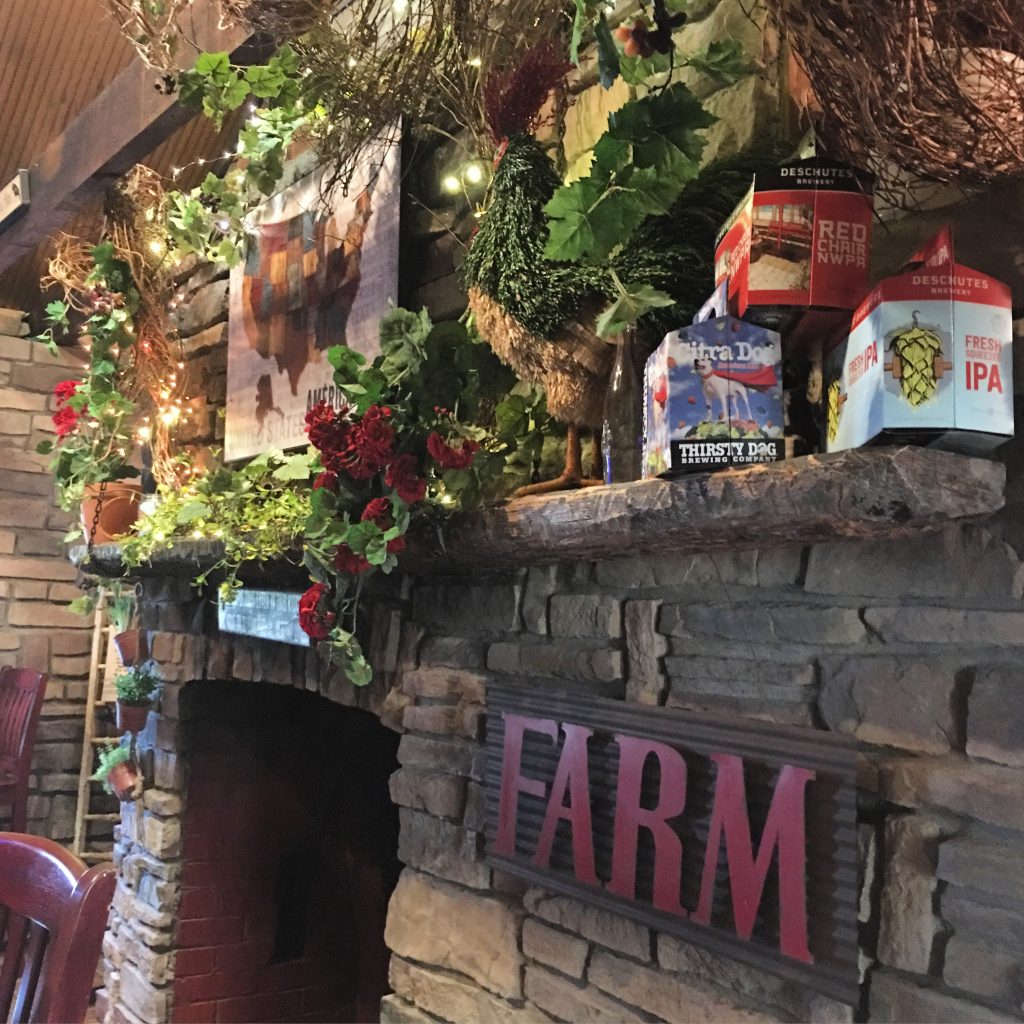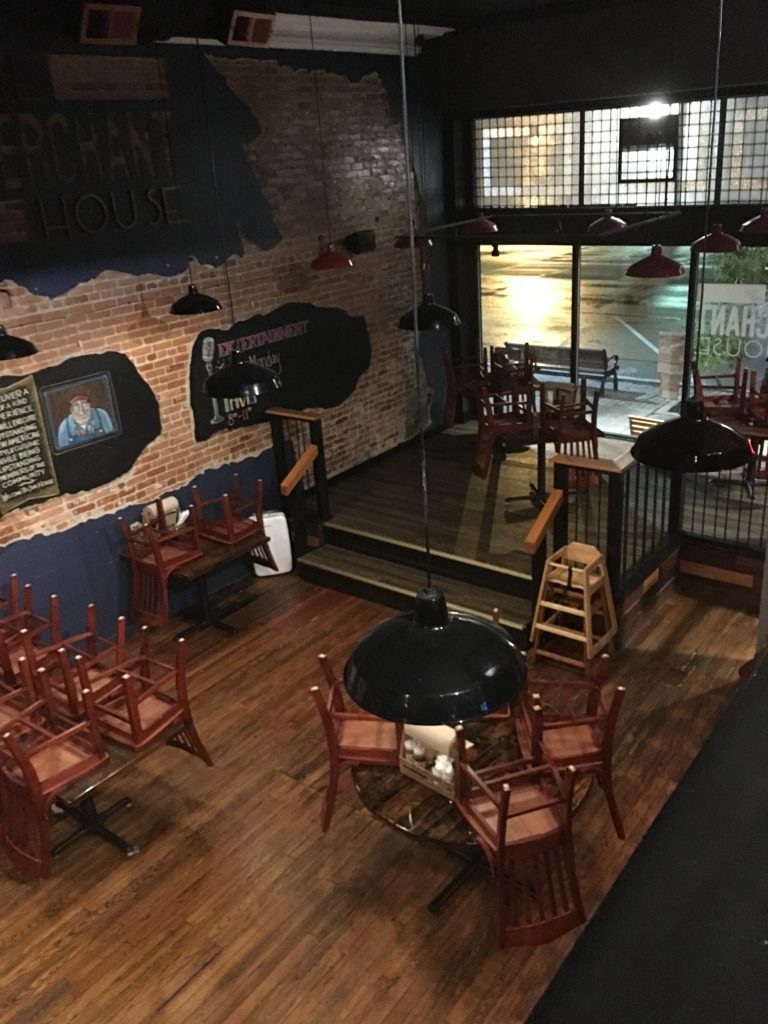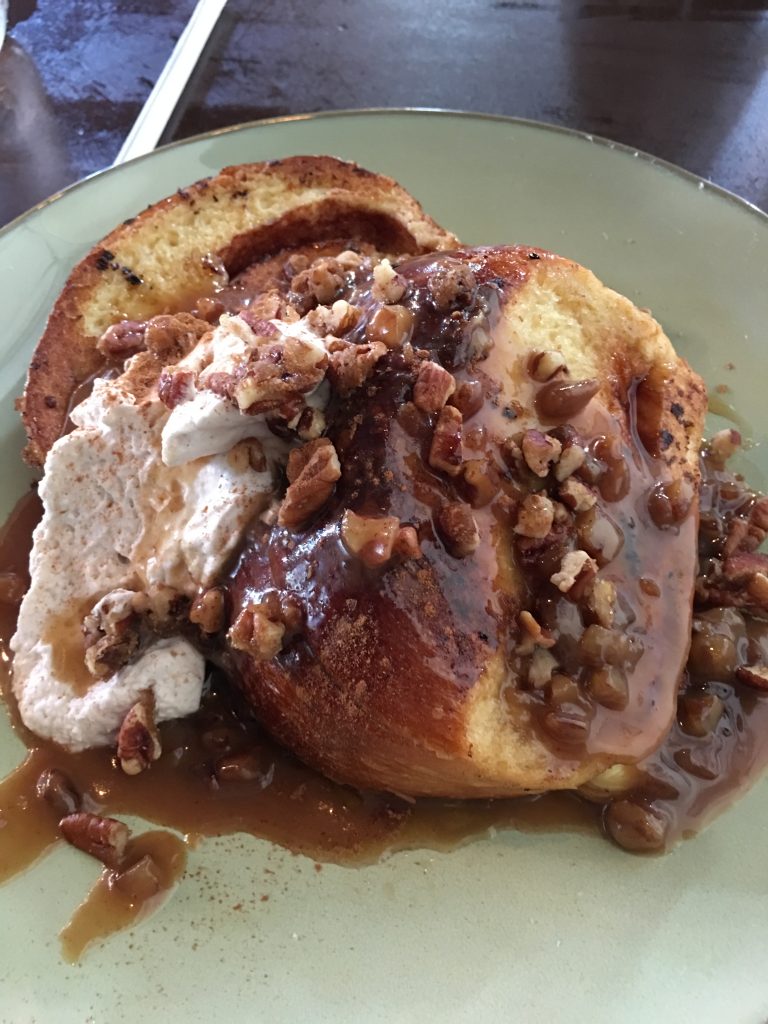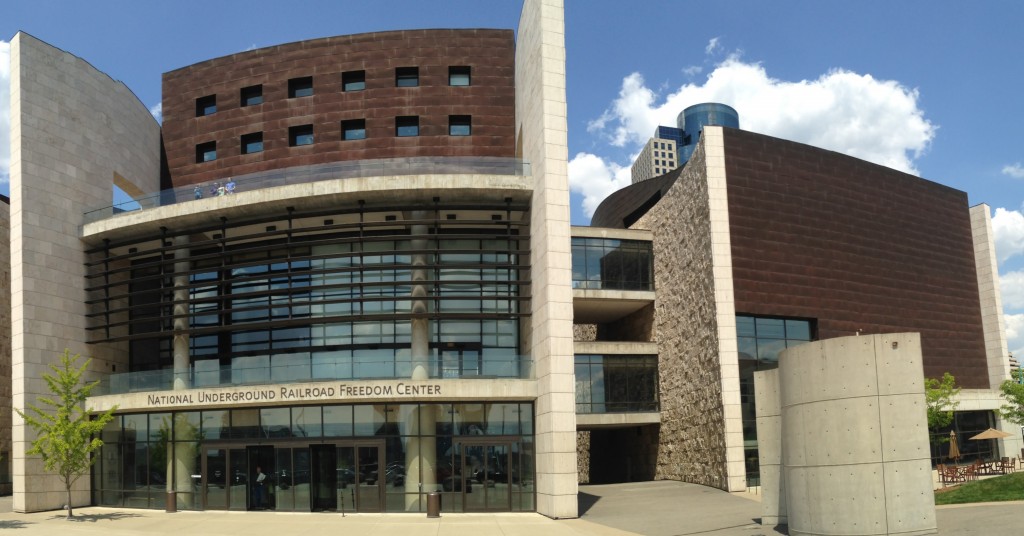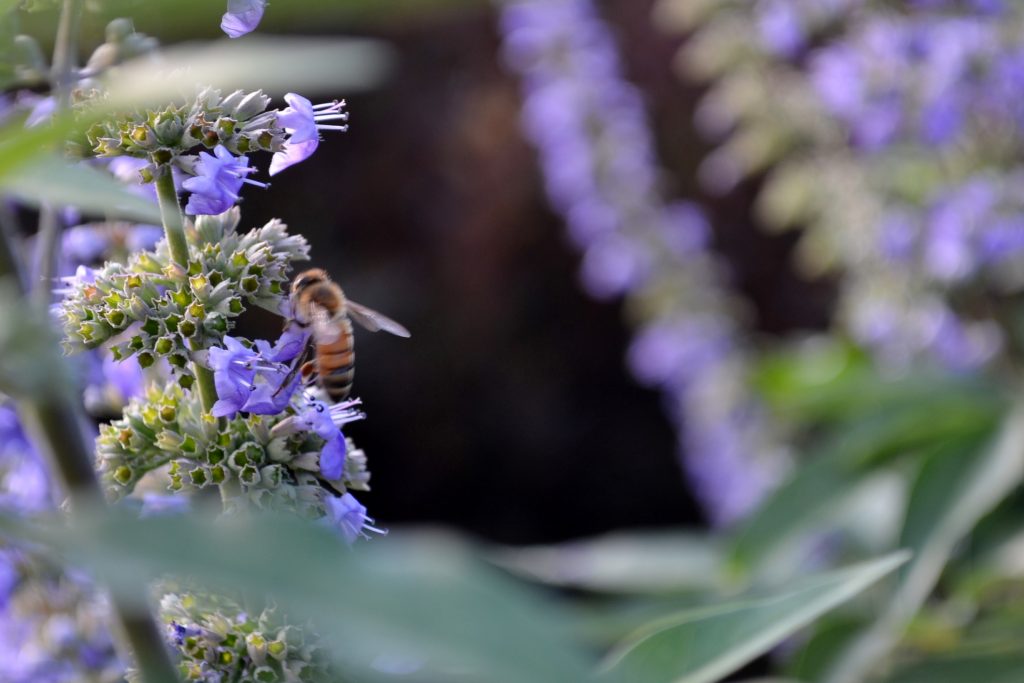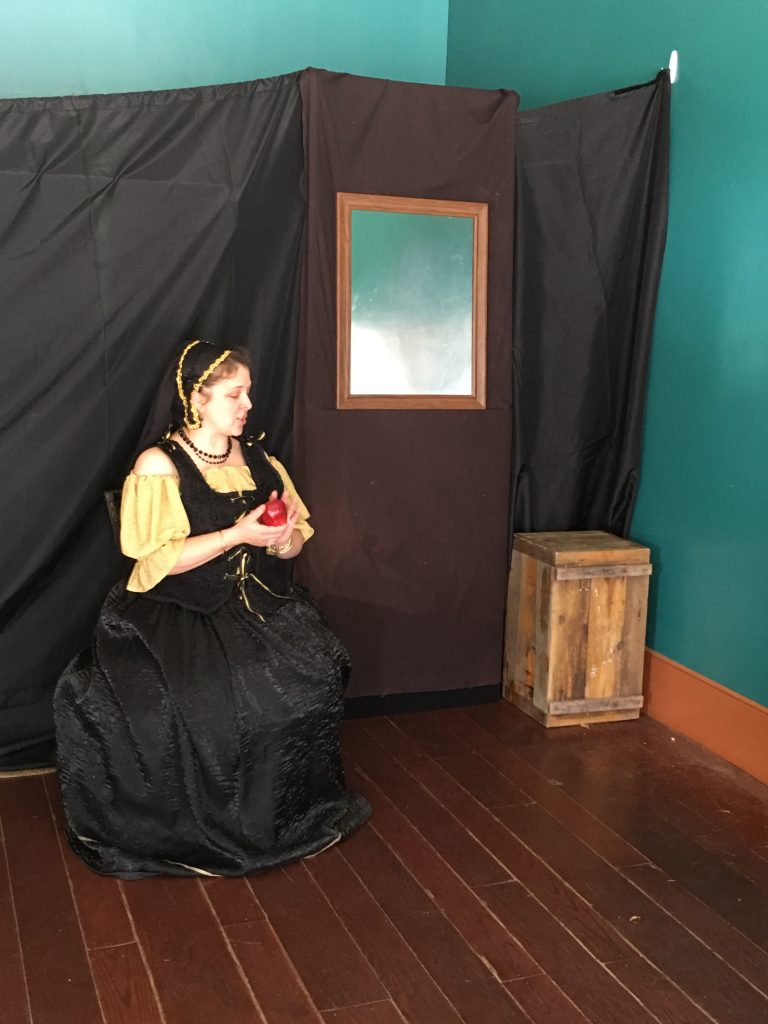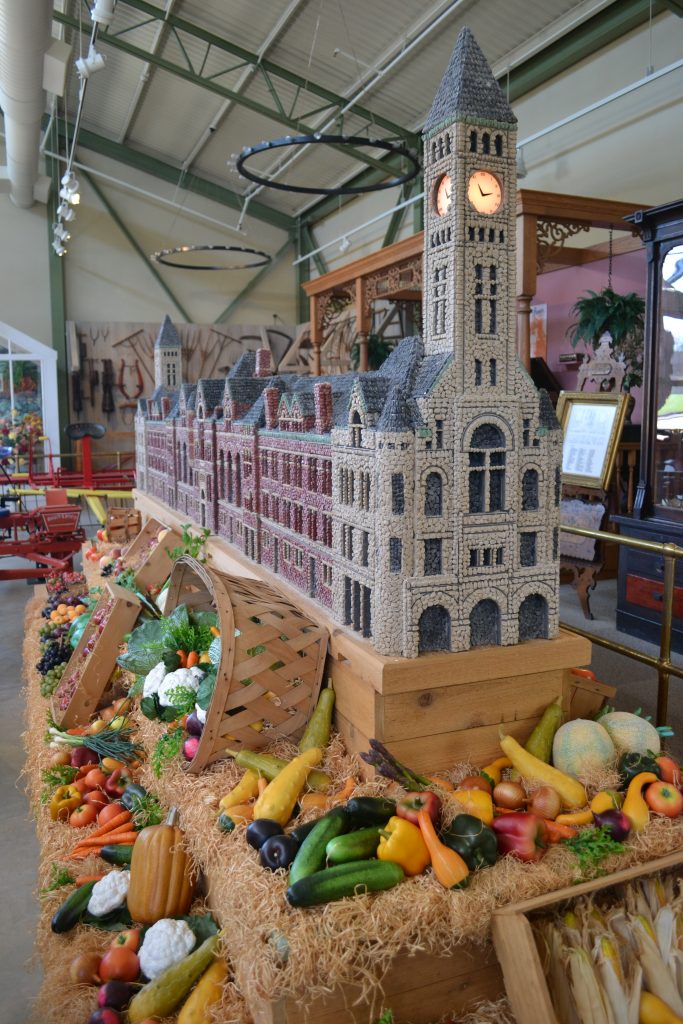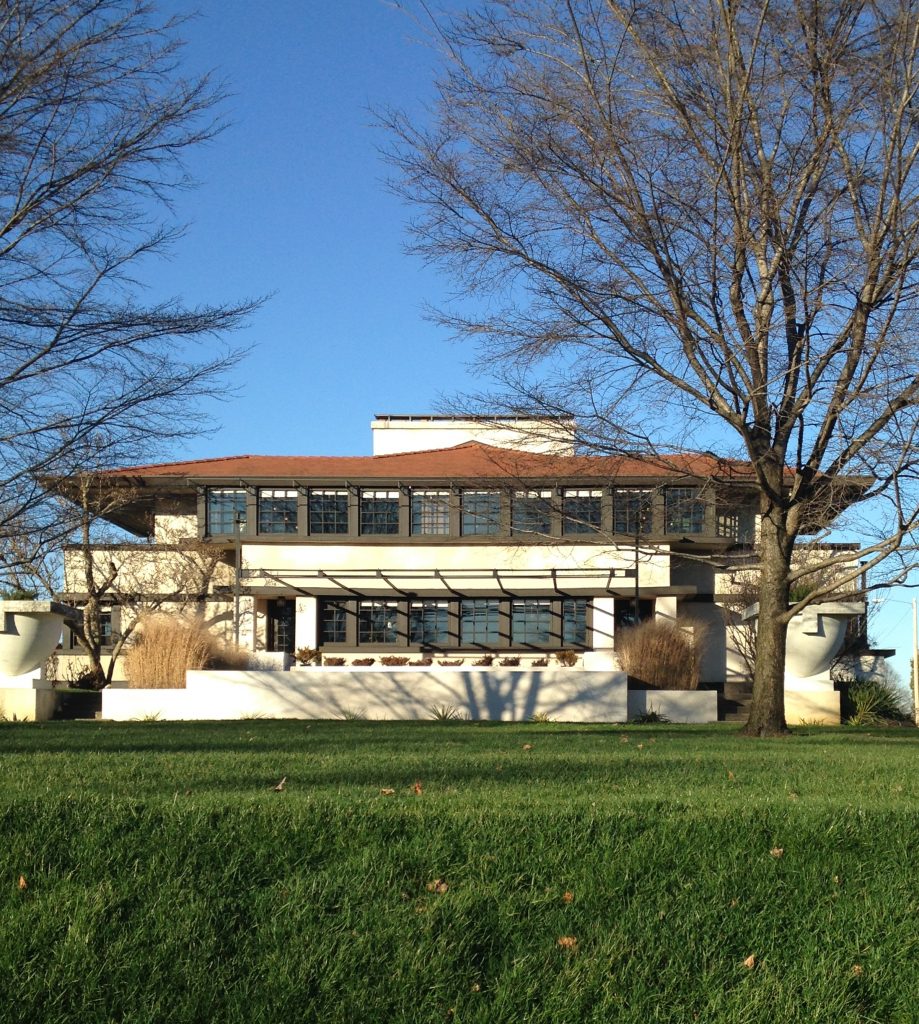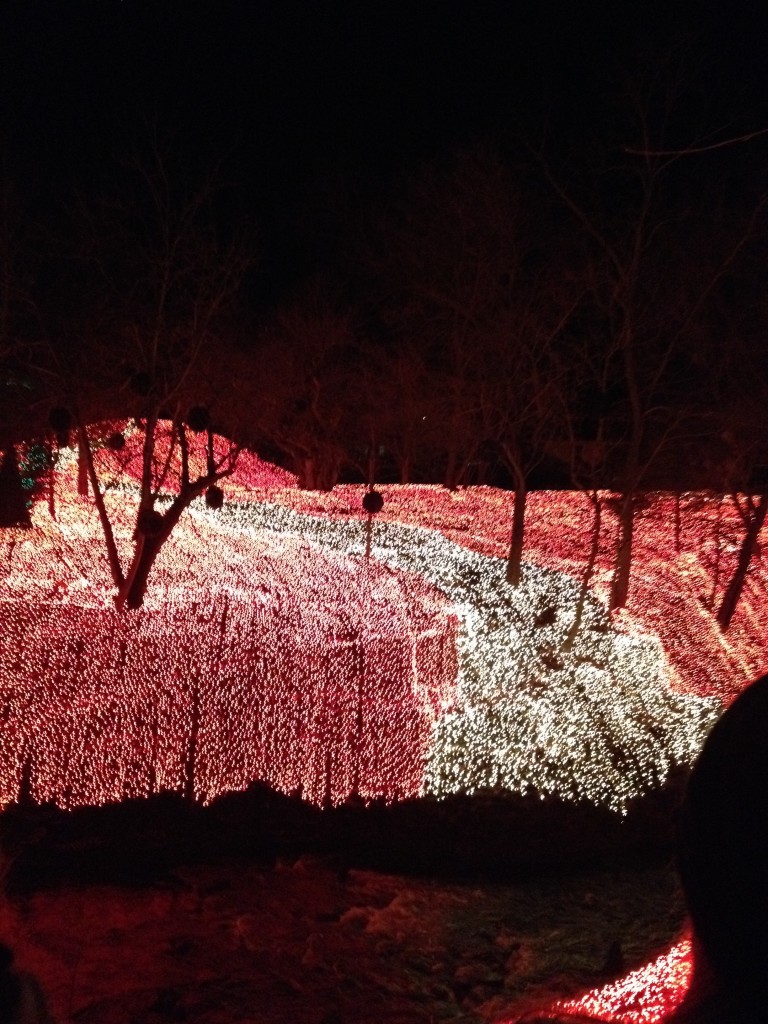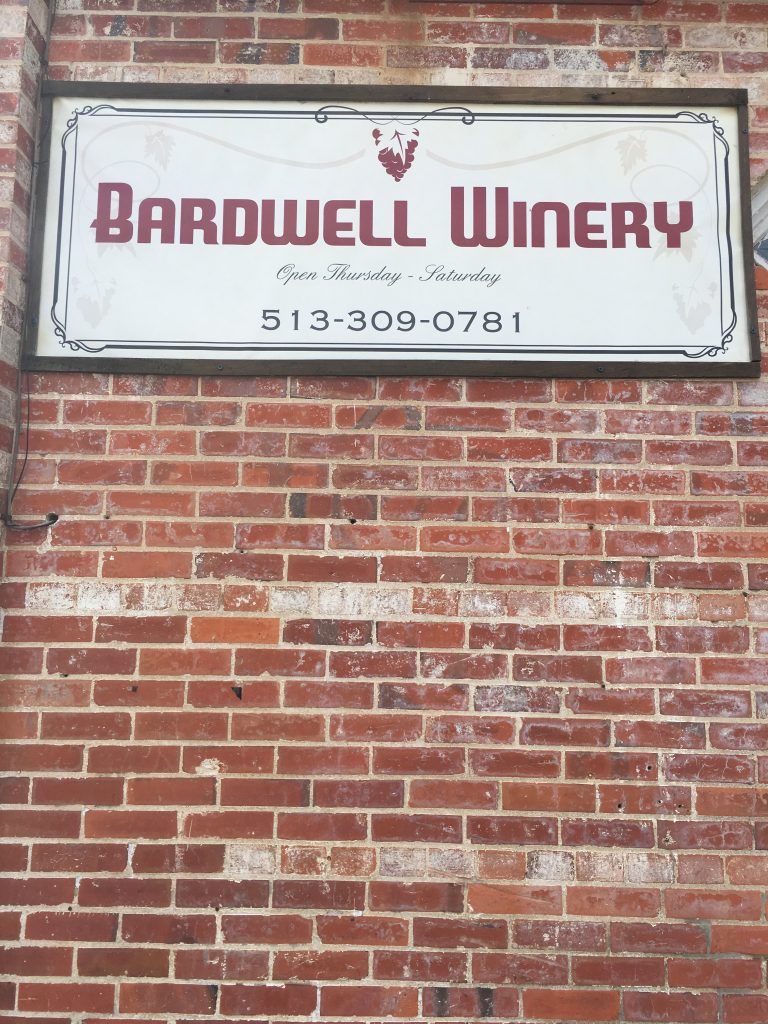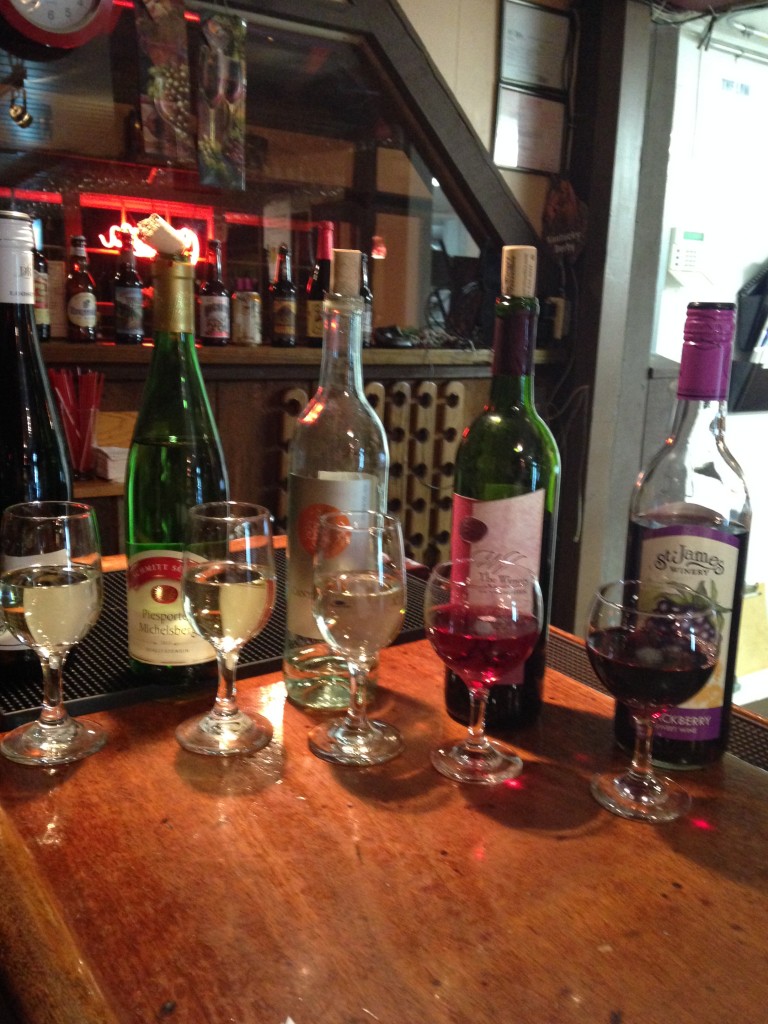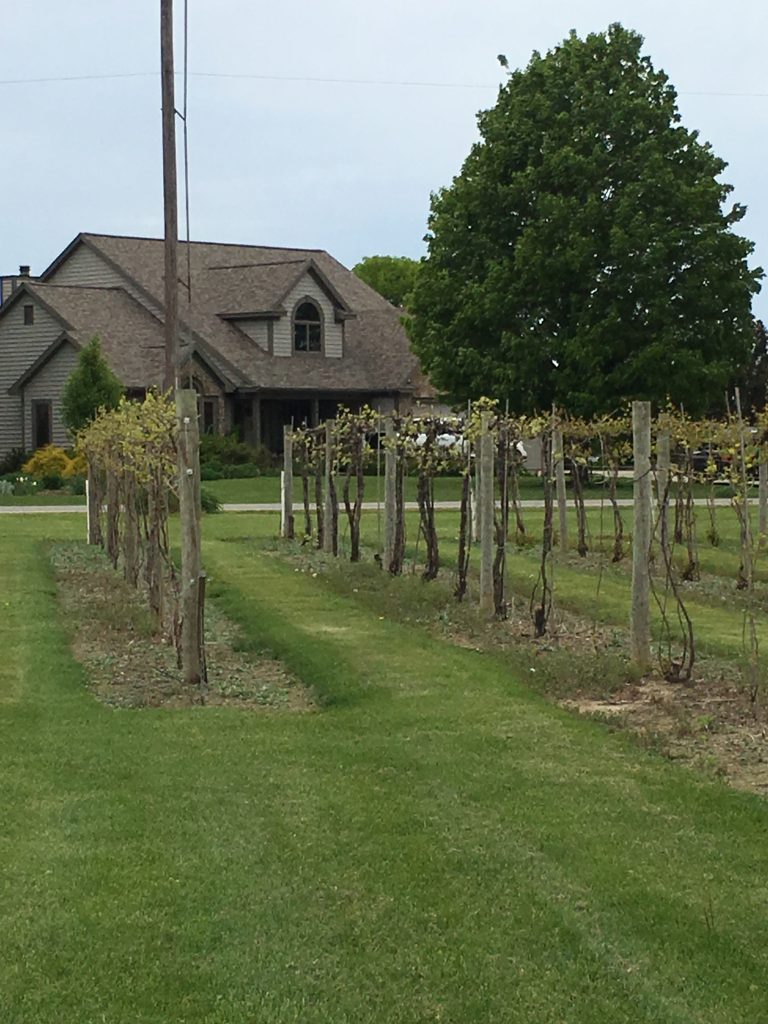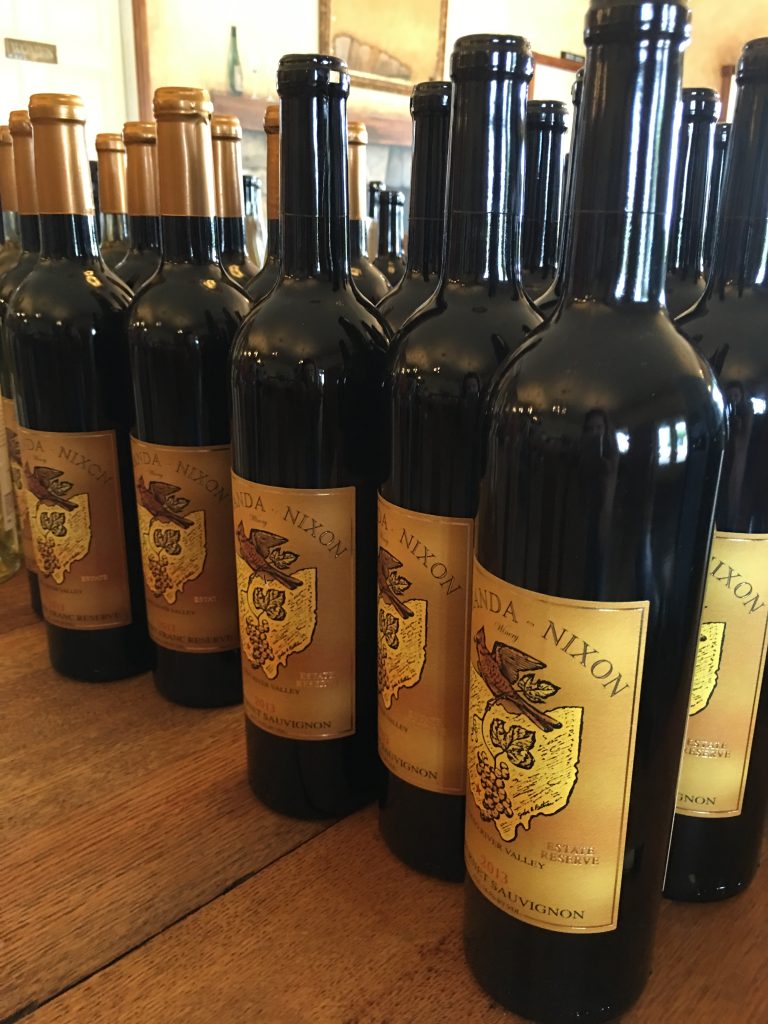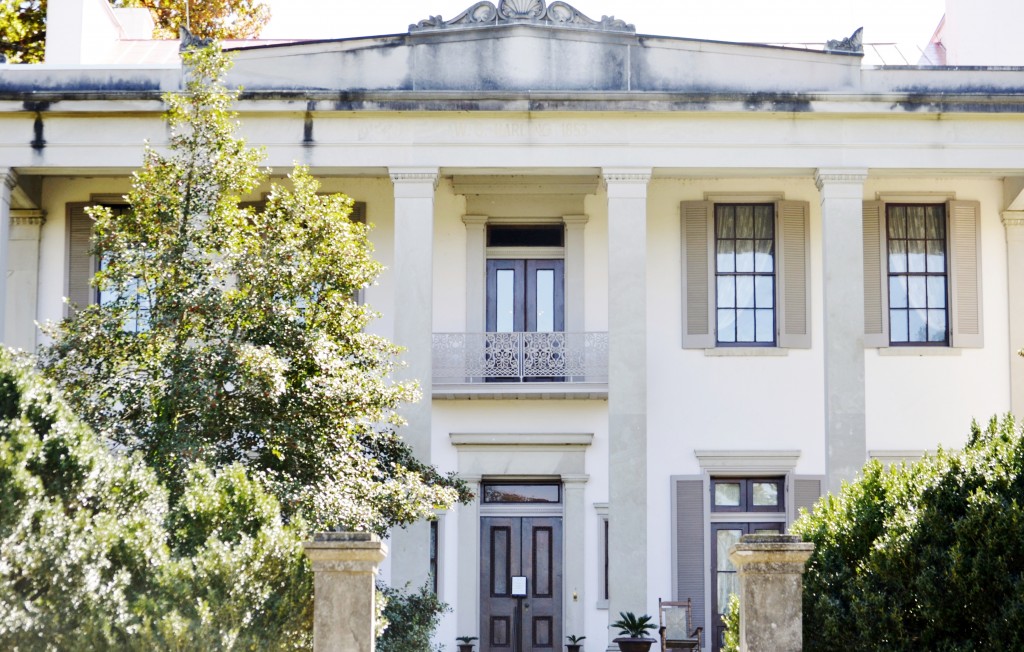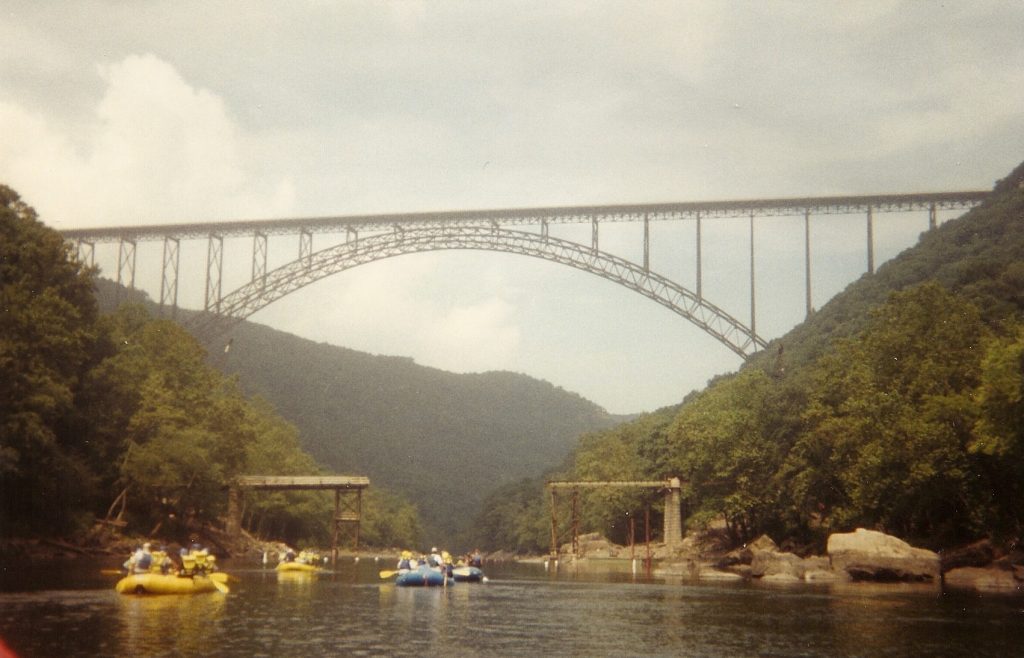First inhabited by the Mycenaeans, the Acropolis (acro, meaning high and polis, meaning city), towers 490 feet over the city of Athens. Strategically positioned on a large boulder of limestone, the ancient, hilltop citadel has been in existence for over 3500 years. Acting as both a fortress and place of worship over the years, it is the symbol of Athens and represents the classical civilization of Greek. The main structures of the Acropolis include the Temple of Athena Nike, the Parthenon, the Erechtheion and the Propylaia, many of which were completed during the Golden Age of Pericles. This inconceivable scale of buildings have been in a constant state of renovation since 1975.
The Acropolis is only accessible by its western end. This was once the entrance of the Acropolis during the Hekatombaion celebration to the goddess Athena. It was here that the Greeks built a sanctuary in her honor which included a colossal bronze statue of the goddess, designed and built by Pheidias.
The Odeon of Herodes Atticus is located close to the entrance to the Acropolis. It is also known as the Herodeon and “Yanni’s Theater”. It was constructed between 160 and 170AD by Herodes Atticus, a Greek aristocrat as well as a Roman senator. While this magnificent structure shows the grandeur of Greek architecture, its phenomenal staircases and mosaics are no longer visible.
The 5,000 seat (34 tiers) amphitheater functions as a venue for various modern cultural events such as festivals and concerts: Frank Sinatra – 1962; The Miss Universe pageant – 1973; Luciano Pavarotti – 1991 and 2004; But the most remembered concert was Yanni’s Live at the Acropolis in 1993. Sting, Elton John, Liza Minnelli, Diana Ross, Jean Michel Jarre, and a long list of Greek entertainers have also performed here over the years.
Upon reaching the Acropolis, visitors will enter the Beule Gate built by Flavius Septimus Marcellinus in AD 280. During Roman times, this was the official entrance to the Acropolis.
After passing through the gate, a brief climb heads towards the Propylaea, which is quite steep. Propylaea means “gates in front of something”. This was the entrance into the Acropolis during the Golden Age of Athens. It was originally decorated with statues and painted in bright colors with a marble tiled ceiling painted sky blue adorned with stars. Each year, the people of Athens would climb these steps to celebrate the Hekatombaion (1st of the month in the day of the summer, usually July), to sacrifice 100 oxen to the goddess Athena. To the left, the Propylaia housed artwork and provided accommodations for dignitaries and important visitors called the Pinacoteca. The grey, stone, 25 foot pedestal (pictured to the left) is the Monument of Agrippa. This platform once displayed a bronze statue of the four-horse chariot driven by the chariot race winner in 178 BC. According to archaeologists, this gate is actually concealing the Mycenean Palace gate that was erected here around the 5th century. This central walkway, continuing into the Acropolis, is named the Panathenaic Way.
Kallikrates designed the Temple of Athena Nike in Ionic style between 427 and 424 BC. It replaced the former sanctuary that was destroyed by the Persians in 479BC. The interior of the building held a wooden statue of Athena Nike holding a pomegranate in one hand and a helmet in the other. After the statue’s wings were broken, the temple became known as the Temple of Wingless Athena Nike (Nike Apteros, the Wingless Victory). The relief sculptures and Ionic columns are well-preserved.
Through the Propylaea is a vast field of stone ruins. Long ago, there was a bronze statue of Athena that once stood in this area as well as the original of Temple of Athena Polis. The bronze statue was moved from this location to Constantinople and the temple was burned down by the Persians under the reign of Xerxes in 480 BC as retaliation against the Athenians for destroying one of their temples in Sardis years before.
The Parthenon is the most recognized structure on the Acropolis and the largest measuring 228 feet long by 101 feet wide. This Doric-style creation was designed by Phidias, a sculptor and two architects, Iktinos and Kallikrates back in the fifth century BC (440s). This classical Greek masterpiece was constructed of the finest Pentelic marble from Mount Penteliko and was once the greatest temple of its time.
The 22,000 tons of precious marble was extravagantly painted in various colors, not the white marble you see today. Many architects have marveled at the complex design of this temple which is constructed on a platform of three steps measuring 228 feet long and over 100 feet wide. Serving as a Christian church as well as a mosque, the Parthenon has been in a state of renovation for many years.
The temple is surrounded by a peristyle with 17 Doric columns down each side. At the end is a double row of columns, eight on the outside and six smaller columns on the inside. Above the columns you can see the metatopes, the marble that sits atop these columns. The metatopes acted as bases for the pediments (triangular structure) which contained statues depicting mythical scenes of Athena, the city’s patron goddess. Inside of the Parthenon, there was once a large statue of Athena, which sat on the large socket that remains in the floor of the Parthenon.
The Erechtheion, located across from the Parthenon, was built in 406BC to replace the original temple that had once stood in the middle of the acropolis. It has been thought that its purpose was a place of worship for Erechtheus, the celebrated king of Athens and other significant gods. It is known to have included altars to Athena Polias, the protector of the city as well as Hephaistos, the god of blacksmiths and fire.
But it is the Caryatid Porch, the columns of six maidens, that is the most recognizable feature of this structure. The porch was the landing where the priestesses would stand to watch the procession of people and oxen during the annual Hekatombaion celebration. The original Caryatids can be found in the Acropolis Museum. Notice the olive tree to the left of the Erechtheion which is said to have been a descendant to the one that Athena planted.
A phenomenal view from the Acropolis is the Areopagus, a limestone rock which was once a place of judicial rulings for the Athenians. Several notable trials were conducted here, including the trial of Orestes for the murder of his mother, Clytemnestra.
To view the sculptures and fragments from the Parthenon as well as the original Caryotids and replicas of the Elgin Marbles, visit the Acropolis Museum. It can be seen here in the distance (the dark glass windowed building) from the south parapet.
A Greek flag flies high at the outer edge of the Acropolis. The tour guide explained the significance of this flag. It represents a historical event that occurred after the German invasion during World War II. It was told that German troops ordered that the Greek flag be replaced with the swastika after it had conquered Greece. During this time Greek soldiers would stand guard of their country’s flag and were responsible for the raising and lowering of if each day. On this very day, the Greek soldier on guard, lowered the Greek flag, wrapped it around himself and jumped over the parapet to his death. It would be a story that reached the citizens of Greece and would mark the beginning of the Greek resistance towards the Germans. A perfect example of the Greeks’ resilience and their nationalism…their strength to forge ahead.
Have you visited the spectacular city of Athens? I would love to hear about your experience if you would kindly leave a message in the comments section below! Many thanks for reading about my day in Athens and wishing you many Happy Travels!
What to See and What to Do:
Acropolis
Athens 105 58, Greece
Where to Stay:
Divani Palace Acropolis
Parthenonos 19
Athens, 117 42 Greece
Telephone: +30 21 0928 0100
Where to Eat:
To Kafeneio
Epicharmou 1, Plaka
Athens, Attiki, 105 51 Greece
What to Eat:
-
- Baklava is layers of phyllo dough filled with nuts, spices and sweetened with honey
- Greek Salad
- Greek Wine from Santorini is unique as the grapes are grown in volcanic ash
- Gyros
- Lamb
- Local Olives
- Mashed Fava Beans (Fava me Koukia)
- Moussaka is an eggplant or potato based pie with meat and cheese
- Pomegranates
- Saganaki is a phyllo pastry stuffed with cheese and covered in honey
- Souvlaki are meat kabobs made from lamb, beef or chicken
- Spanikopita is a phyllo pastry filled with spinach, cheese, and sometimes onion
- Tomato Fritters made with tomatoes and onion, they are spiced either with oregano and peppermint then deep-fried
- Tzatziki is a yogurt based sauce with bits of garlic, onion, cucumbers, olive oil and lemon. Pita bread is usually served with this dish for dipping.
What to Read:
- The Odyssey, by Homer
- The King Must Die, by Mary Renault
- Little Infamies, by Panos Karnezis
- My Family and Other Animals, by Gerald Durrell
- Uncle Petros and Goldbach’s Conjecture, by Apostolos Doxiadis
- Freedem and Death, by Nikos Kazantzakis
- The Dark Labyrinth, by Lawrence Durrell
- The Names, by Don DeLillo
- Atticus the Storyteller’s 100 Greek Myths by Lucy Coats and Anthony Lewis
Photo Guide for Athens, Greece:
- Acropolis
- Temple of Olympian Zeus
- Ancient Agora
- Dromeas “Running Man” Sculpture
- Changing of the Guard (Evzones)
- Panatheniac Stadium
- Anafiotika Neighborhood
- Mount Lycabettus
- Lake Vouliagmeni
- Pentelikion Waterfall
